Because it offers so much diversity and history, Kyoto is one of the most popular places to visit in Japan. Although you can expect crowds and queues for the main things to do in Kyoto, it’s well worth it; it was one of the best and most beautiful place we visited on our trip!
1. Sannenzaka, Kyoto
Sannenzaka, meaning ‘Three-Year Hill’, is one of Kyoto’s most traditional Japanese streets, full of teahouses, sweet shops, and wooden houses. The pretty stone-paved road slopes upward towards the beautiful 3-tiered Hōkan-Ji Temple, where you’ll find impressive views of the city and cherry trees in Spring.
In the morning these street feels like a time machine to a bygone Japan, with just the sounds of birds as you climb uphill. But during the day, Sannenzaka comes to life, with locals and tourists arriving to check out the craft shops and delicious restaurants. Nighttime is equally enjoyable when there are no crowds, and the street lanterns give it a charming, cozy ambiance. Please note that during the high seasons, these streets can be busy even in mornings.
This area is very popular for tea ceremonies, which take place in the ancient tea houses. Book a tour to learn about this time-honored tradition.
Hōkan-ji Temple
Hokan-ji Temple, popularly known as Yasaka Pagoda, stands as a symbol of Kyoto’s charm. Situated in the trendy Sannenzaka area, it’s highly favored on Instagram. The pagoda, soaring at 46 meters with five stories, dates back to 596 AD. However, due to wars and fires, it has undergone several reconstructions.
Walk to the top of the street in Sannenzaka to reach the beautiful temple, where you can admire its sloping tiled roof. You can also visit inside, where you’ll see some lovely paintings. Plus, if you’re brave, we recommend climbing to the top of the pagoda for incredible views over Kyoto.
Please note that due to the temple’s internet fame, it’s busy all day – including sunrise! It’s completely understandable, though, as it’s one of the most beautiful spots in Kyoto.
Opening Times and Entrance Fee: 10 AM – 3 PM. 400 yen (3 USD)
Kiyomizu Temple, Kyoto
Don’t miss seeing the stunning Buddhist temple complex, Kiyomizu-Dera, which sits halfway up the slope of Mt. Otowa, looking down on Sannenzaka. This UNESCO World Heritage Site is known as one of the holiest places in the city, with people coming here to worship the deity Kannon.
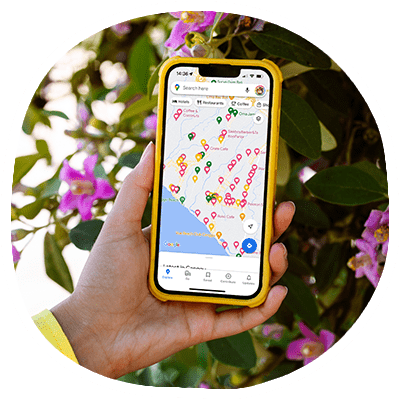
As you enter the beautiful red-painted gateways into the complex, you can feel the temple’s 1000+-year-old history. You might even be lucky enough to witness the ancient Buddhist ceremonies practiced here.
The Kiyomizu stage is the most famous part of the temple complex: a platform held up by mammoth wooden pillars that hang over the edge of the mountain slope. From the viewing platform, look out over stunning mountain scenery, with pink blossoms in spring, vibrant foliage in fall, and snow-covered trees in winter.
Book your tour of Kiyomizu Temple (including a tea ceremony)
How to Visit Kyomizu Temple, Kyoto
Kiyomizu Temple is just a 10-minute walk uphill from Hokan-Ji Temple; it’s one of the top things to do in Kyoto!
The temple is open every day from 6 AM (beautiful at sunrise) – 6 PM or 9.30 PM, depending on the season (check all the opening hours here). Tickets cost 500 yen (3.50 USD), or you can join a guided tour.
2. Nara Park
While planning your trip to Japan, you’ve probably seen the famous images of cute deer interacting with tourists: this is the iconic Nara Park! Set in the city of Nara, discover expansive woodland where hundreds of friendly (and cheeky!) deer roam wild. It’s especially lovely to visit during fall when the leaves pop in warm reds, oranges, and yellows. (Book one of the many incredible tours around Nara)
Note: Admission to Nara Park is free. However, on arrival, you may want to purchase some natural crackers (200 yen/1.50 USD) to feed the deer. Please only feed them the crackers provided.
Although seeing the deer is the main draw for visitors, there are also many other fantastic things to do in Nara Park, such as visiting the majestic Todaiji Temple or the stunning botanical gardens. Best of all, at each site, you’ll always be accompanied by large groups of deer!
Explore Nara with a local guide. See tickets and availability for a half-day tour.
Getting to Nara Park
From Kyoto Station, you can take a direct train to Nara in under one hour. The train arrives at Kintetsu Nara Station, and the Japan Rail Pass (JR Nara line) covers this route.
Buy your Japan Rail Pass in advance here
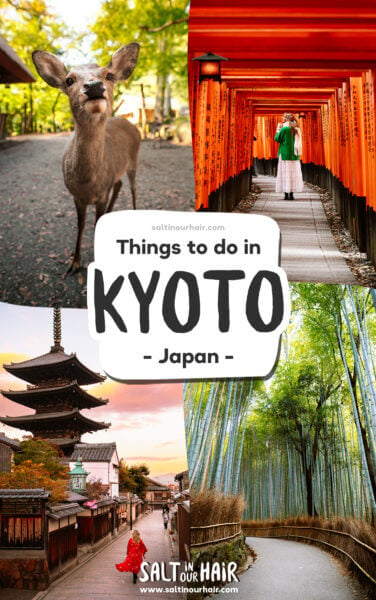
Tip: If you arrive from Nara JR station in the morning, take advantage of the Mochi-making show at Nakatanidou. Mochi is a jelly dessert made with rice flour and packed with sweet black bean paste inside; it usually comes in various colors, and it’s fascinating to watch the creation process!
3. Diago-Ji Temple (Top Thing to do in Kyoto!)
Diago-Ji Temple was maybe our favorite spot in Japan! This peaceful area is a designated UNESCO World Heritage Site and spans the whole mountainside, with the main temple sitting at the base and smaller temples along the path to the summit.
The atmosphere of this place is incredible; the sounds, colors, and scenery are perfect – especially when visiting from late November to the first half of December, at which time it’s fall-colored heaven. It’s truly a photographer’s paradise!
Sanboin Temple
Alongside the main Diago-Ji Temple, you’ll find the sub-temple: Sanboin (former residence of the head priest). Inside, there are many historical and cultural relics, including a preserved drawing room (Omote Shoin) with traditional sliding screens, straw mats, and romantic murals. There is also a stunning Japanese garden to explore with waterfalls, ponds, and cherry trees.
Opening Times and Entry Fee: Buy a combined ticket to see all the main buildings at the lower level for 1500 yen (10 USD). Open 9 AM – 5 PM (4.30 PM in the winter months). You can see the full price list here.
Getting to Diago-Ji Temple
The journey takes about 30 mins from the center of Kyoto. Head to Kyoto Shiyakusho-Mae Station and take the Tozai line to Daigo Station. It’s a 15-minute walk from there to the shrine.
We recommend allowing for 1 -2 hours to leisurely walk among the complex; you’ll find fewer crowds here than other popular things to do in Kyoto, mainly because it’s a bit out of town and less reachable by public transport.
4. Day Trip to Arashiyama Bamboo Forest, Kyoto
Spend the day immersed in nature at the remarkable Arashiyama Bamboo Grove! Located in the cute town of Arashiyama (just a 20-minute train ride away from bustling Kyoto), discover a towering tunnel of bamboo trees that creates one of the most magical walkways. When the sun hits just right, it creates fractures of golden light through the trees — it’s the perfect place to snap some beautiful photos! (Book your day trip here)
Did you know? The Airshiyama Bamboo Forest is a uniquely sensory experience; it was named one of the ‘100 soundscapes of Japan’ by the Japanese Ministry of Environment because of the sound of the bamboo blowing in the wind.
Entry Times and Opening Fee: General admission to Arashiyama Bamboo Forest is free! However, you may be required to pay admission fees for the smaller temples on-site. The grove is open 24 hours a day, so we recommend visiting at sunrise for the best light. It gets very busy after 9 AM, and taking photos with the crowds can be difficult.
Iwatayama Monkey Park
Although visiting the bamboo grove is one of the top things to do in Kyoto, the actual walk doesn’t take long and is just a small part of what this wonderful area offers.
In front of the entrance, you’ll also see the lovely Tsytenkyo Bridge, which crosses the river and takes you into the Iwatayama Monkey Park. Here, you can see the Japanese Macaque (the very same monkeys you’ll see in the Snow Monkey Park in Japan – just without the snow!). You can get fairly close to the cheeky primates. However, always remember to be respectful and only feed them peanuts and fruit in the designated feeding area.
Opening Times and Entrance Fee: 9 AM – 4 PM. Tickets cost 550 yen (4 USD)
Tip: As you cross the bridge into Monkey Park, take a moment to admire the stunning blue water, which looks especially magical in the fall against the fiery red and orange foliage of the overhanging trees. You can go for a pleasant stroll downriver or eat at one of the restaurants that overlooks the water. If it’s too busy, there are plenty of great places to dine in town too.
Join a Boat Tour
A boat tour along the river in Arashiyama is a great way to see more of the natural beauty of the area! You can hire a boat, either driving the boat yourself or hiring a captain for a few hours. Alternatively, for something really special, book the famous Hozugawa Cruise, a 2-hour boat ride that takes you from Kameoka to Arashiyama, hugging the winding ravine and offering spectacular views of the fall woodland in the cooler months.
Ticket price: Hozugawa Cruise tickets cost 4500 yen. Reserve your trip in advance here.
Adashino Nenbutsuj
Located next to the Bamboo Forest is an equally beautiful bamboo grove that leads the way to a unique temple. As it’s lesser known, you can enjoy this tunneled stairway through the trees with almost no people! Once you’ve reached the temple, you’ll find 8000 statues dedicated to ‘lonely souls’ — a tranquil and sacred place to commemorate those who died without kin.
Getting there: This hidden spot is at the back of the Arishiyama Bamboo Forest (a 15 – 20-minute walk from the entrance).
Somekobo Yumeyusai Art Gallery
Set on the banks of the Katsura River and conveniently located within Arashiyama Bamboo Forest, discover the fascinating Somekobo Yumeyusai Art Gallery. The gallery uses displays to teach visitors about an ancient Japanese dying technique — where the dye used causes the fabric to change color according to different lights. It is mainly known for its stunning views of the jade-colored river. Mirrors cleverly placed in the gallery make up for a great photo.
Visiting the Arashiyama area was one of our favorite things to do in Japan!
Tip: Somekobo Yumeyusai Art Gallery is very popular, so we recommend booking in advance online or arriving early so you don’t have to queue. Opening times vary (the day we visited, it opened at 8:30 AM, even though their opening time seems to be 10 AM), so it’s a good idea to check Google Maps on the day.
Entrance fee: 2,000 yen (13.50 USD). Reserve online here.
How to Visit Arashiyama Bamboo Forest, Kyoto
There are multiple ways to reach the Arashiyama Bamboo Forest from Kyoto. However, we recommend taking the train, as it only takes 20 minutes.
Jump on the train from Kyoto Station (JR San-in or Sagano Line) to Saga Arishiyama Station, which is located in the middle of town. From here, it’s just a 15-minute walk to the entrance of the Bamboo Forest. This route is covered by holders of the Japan Rail Pass.
Please note: During the day, you may need to hop on the Randen line (tram). You pay a flat fare of 500 yen on the train.
Buy your Japan Rail Pass in advance here
5. Vintage Shopping
Vintage shopping is a religion in Japan. Every city has countless fantastic thrift stores, and Kyoto is no exception! Dedicate a morning or afternoon to perusing the colorful stores, searching for treasures to take home.

Some of our favorite vintage shops in Kyoto were:
- Three Star Kyoto
- Furugiya JAM Kyotoshijoten
- Little Trip to Heaven
- Big Time (Hannah’s favorite! Don’t forget to check out the 2 men’s floors)
Tip: Most vintage stores are located in Shijo Kawaramachi (Downtown Kyoto), a bustling shopping district for all general stores.
6. Gion, Kyoto
One of the top things to do in Kyoto is to visit the picturesque area of Gion. It gives a glimpse into traditional Japan at the heart of the bustling city. Originally, it was better known as a place of pilgrimage because of the sacred Gion Shrine. However, these days, locals and tourists alike come to admire the traditional architecture, iconic wooden townhouses named Machiya, pretty canals, and bridges.
While in Gion, visit:
- Gion Shrine: Also known as Yasaka Shrine. This authentic red Japanese temple is lit by lanterns and is the perfect place to see cherry blossoms in spring.
- Shirakawa: an area that runs alongside the canal with traditional architecture.
- Gion Tatsumi Bridge: An iconic bridge, better known from one of the scenes in the film’ Memoirs of a Geisha’ that crosses the canal into Gion.
- Traditional Teahouse: Gion is full of teahouses, which are an essential part of Japanese culture. The most famous is Ichiriki Ochaya, known historically as the place where Samurai Soldiers would gather to discuss their plans.
The Geisha District
Most interestingly, Gion is known as the Geisha district of Kyoto, specifically Hanamikoji Street. Here, you can see traditionally dressed women with painted white faces, pretty kimonos, and a fierce red lip going about their daily lives.
What are Geishas?
Geisha, known as Geika in Kyoto, are women of the arts (and not prostitutes, as many movies have depicted). They are trained in conversation, music, and dance, and their role is to host and entertain customers at special events and teahouses. Training to be a Geisha is rigorous; girls typically move into a house where they live and train from age 15. They continue to live in this special accommodation within a Geisha district for the rest of their career.
You’ll see Geisha throughout the Gion district, as this is the main area where they live and work in the city, including Maiko (the younger trainees).
Tip: These ladies are working, so please don’t disturb them by approaching them to take photos. Instead, book a theater performance at Gion Corner — specifically designed for tourists who wish to interact with Geishas. Tickets cost 5,500 yen (37 USD).
Rent a Kimono
Gion is the perfect place to try one of Kyoto’s cultural experiences, from flower arranging to enjoying a typical Japanese cooking class. It’s also the best place to rent a kimono, the traditional Japanese dress worn for special occasions.
Unlike in many places, this is not considered cultural appropriation. In fact, it’s quite the opposite; locals encourage visitors to dress in Kimonos and better understand the cultural practice. You can rent a kimono for the day in Gion (or another area of the city) and take some beautiful photos.
It’s most famous, though, for its 10,000 red-painted tori gates, which create a beautiful tunnel you can walk through. During the day, sunlight filters through the archways, and at night, it’s bathed in a warm lantern-lit glow.
Also read: Best Things To Do in Osaka, Japan
Once you’ve walked through the tori gates at Fushimi Inari Kyoto, you’ll reach the start of the mountain path. If you choose to embark to the top, it is a 2-3 hour hike. It’s a peaceful walk in nature that passes smaller shrines and teahouses.
Opening Times and Entrance Fee
Fushimi Inari in Kyoto, Japan, is open 24 hours a day and free to visit.
Sunset is a beautiful time to visit and a good option if you want to see the shrine change colors from day to night. However, it’s also the most popular, so expect crowds. The quietest time is at sunrise (anytime between 6 AM and 8 AM). After 10 AM, the site can become very crowded.
Tip: Don’t miss out on having a cup of tea at Vermillion Cafe. It’s a charming cafe 5 minutes walk from the shrine with an open terrace with riverside views. Here is the exact location.
8. Pontocho
People watch to your heart’s content in the best nightlife spot in Kyoto: Pontocho! Located in downtown Kyoto, this traditional area has many upmarket restaurants and bars tucked down narrow alleys. (Join this popular walking tour around Pontocho)
Tip: In the summer, the restaurants create temporary platforms that hang over the riverside, creating terraces for open-air dining. This is called Kawayuka, a dining experience designed to help customers feel cooler. Please note that Pontocho can get very busy, so it’s recommended to book a restaurant in advance.
9. Nanzen-ji Temple
Nanzen-ji Temple is a must-see in Kyoto! The Zen Buddhist temple sits at the foot of the mountains on the city’s edge and is home to various sub-temples and gardens. Because of all the beautiful trees and foliage, it’s charming to visit during fall when the colors are at their most vibrant.
Among the grounds, you’ll also find a spectacular stone garden, which has been awarded status as a ‘national site of scenic beauty’. Nearby, you’ll also see an unusual feature for a temple — a large stone-arched aqueduct.
Visiting Information Nanzen-ji
The main temple grounds are open for free. However, you’ll have to pay different admission fees for all the smaller temples. You can see all the ticket prices per temple here.
Opening hours vary depending on the temple; the complex is open from 8.40 AM – 5 PM. Check all the times online before visiting.
Top Tip: Grab a drink afterward at a cute cafe near the temple, called Blue Bottle Coffee. Here is the exact location.
10. Nishiki Market
Get amongst the jostling crowds exploring Nishiki Market — one of the most popular things to do in Kyoto.
Known as ‘Kyoto’s Kitchen’, this market has a 400-year history and is home to 100+ food vendors. Each stall sells something unique, from seaweed and fresh sashimi to sake and piles of unusual spices.
Tip: Join a food tour with a local who can point you toward the best food stalls and explain everything about all the weird and wonderful snacks.
Opening Times: Hours vary depending on the stall, but most are generally open from 10 AM – 6 PM (closed Wednesday or Sunday, depending on the store). Please remember to bring cash, as some vendors don’t accept cards.
11. Visit Koyasan
One of the top things to do in Kyoto is to take a day trip to the sacred temple village of Koyosan, situated on the slopes of Mount Koya. This area is known as an important Buddhist pilgrimage site with over 100+ beautiful temples. Spend the day wandering among the temples, breathing in the cold mountain air, and visiting the snow-covered cemetery and gardens.
Read everything about a temple stay in Koyasan, Japan.
If you have time on your Japan itinerary, stay overnight in one of the temples in Koyasan and live as the monks have for hundreds of years. The lodgings are simple and traditional in line with the Buddhist teachings, with basic futons, sliding doors, and shared bathrooms. You’ll also get to join the monks for a typical dinner, morning prayer, and meditation — this was one of our favorite adventures on our trip to Japan!
Getting there: Take a rapid train from Kyoto Station to Osaka Namba Station (covered by your Japan Rail Pass) in under 30 minutes. From here, jump on another train to Gokurabashi (1.5 hours) before taking the cable car up the mountain to Koyosan.
Buy your Japan Rail Pass in advance here
12. Day Trip to Universal Studios!
Osaka is close to Kyoto and home to Universal Studios Japan! If you have time on your Japan Itinerary, spend a fun day out enjoying the theme park and the various rides. Get your adrenaline pumping on rapid rollercoasters, eat snacks in the shape of your favorite film characters, and visit a real-life Hogwarts castle.
13. Golden Temple, Kyoto
The Golden Temple, also known as Kinkaku-Ji, is the most popular thing to do in Kyoto and the most-visited attraction in the city — for good reason! This majestic temple, balanced on the edge of a large pond, is covered in real gold leaf. It’s totally unique! On a clear day, when the light hits the gold just right, it’s truly magical.
Note: You cannot visit inside the Golden Temple, Kyoto. However, you can view it from the water’s edge before passing through the extensive gardens.
Golden Temple, Kyoto, is open from 9 AM – 5 PM and costs 500 yen (3.50 USD) to enter. An hour’s visit is sufficient. Try to arrive before 9 AM to be first in line. Generally, it is always very busy because of its popularity.
See availability for a tour of Golden Temple (includes a visit to Imperial Palace!)
14. Imperial Palace
The Grand Imperial Palace is the former residence of the Emperor of Japan. Set in extensive parkland, it’s a place to escape the hustle and bustle of Kyoto and learn a bit more about the dynasties of Japan.
The facade of the palace itself is quite plain, and unfortunately, you can’t visit inside. It’s not as impressive as some other temples and parks in the city, so it’s an optional thing to do in Kyoto. Best of all, it’s free to visit!
Learn more about Imperial Palace on this multi-stop tour (includes Golden Temple)
Best Restaurants & Cafes
Kyoto is one of the greatest cities to eat in on your trip to Japan. The city is home to a particular vegetarian Buddhist cuisine (no surprise, as ‘the city of ten thousand shrines’), so it’s great for veggies and vegans. Other specialties include Kyoto soba noodles and matcha tea! Here are some of our must-try restaurants:
- Vermillion Cafe
- Wife&Husband (reserve a picnic)
- Lino
- Trattoria Casa Verde
- AIN SOPH. Journey KYOTO
- Kyoto Onimaru
- Fiveran (bakery
- Cafe Bibliotic Hello!
Note: Kyoto is a very busy place, and it’s commonplace to queue for a table in a restaurant. Book in advance where possible to avoid disappointment.
Top Tip: It’s no secret that Japan is expensive, and Kyoto is no exception! If you want to keep costs lower, you can grab a quick snack or an affordable takeaway lunch at the supermarkets 7-Eleven, Family Mart, or Lawson. You can find delicious Onigiri (a rice ball with fish inside and packed in crunchy seaweed) or even mix a cup of frozen fruits into a smoothie.
Hotels in Kyoto, Japan
Kyoto is a sprawling city with many of the top things to do located both on the outskirts and in the center. Where you choose to stay depends on the type of trip you’re planning. For example, if you want to do some day trips out of the city, we recommend staying in Shimogyo, which surrounds Kyoto Station. Otherwise, choose a hotel in Kyoto located within Nakagyo (the central district) or Gion (the traditional Geisha district).
- Hotels in Shimogyo (near Kyoto Station)
- Nakagyo Hotels (Central)
- Hotels in Gion (Geisha District)
Tip: We stayed in Insomnia KYOTO OIKE, which was located in Nakagyo and close to all public transport. Book your stay here.
How Many Days in Kyoto?
With so much to see and do in Kyoto, it’s well worth taking a bit more time out of your Japan itinerary for this awesome city. A 2-3-day trip will allow you to see all the main sites in the city (including Arashiyama Bamboo Forest). Meanwhile, 4-6 days will allow you to visit Nara Park, Koyosan, and even Universal Studios.
Travel Insurance
Don't forget a travel insurance for your Japan trip! Heymondo covers medical emergencies, theft, delays, cancellations, lost luggage, and more, with 24/7 worldwide assistance and medical chat. As a Salt in our Hair reader, we've got you 5% off! Check Heymondo here
How to Visit Kyoto
The nearest international airport to Kyoto is Osaka Itami, which is a 50-minute drive away using the airport shuttle bus. Alternatively, Kansai International Airport is located slightly further out at Osaka Bay (you can take the train from here to Kyoto in 70 minutes – covered by your JR pass. Book tickets here).
Tip: It’s best to get an eSim in advance so you’re directly connected when you land in Japan. Buy your sim online here.
Did you know? Luggage transfer services are very common in Japan (they’ll bring your luggage from the airport to your hotel and vice versa). It makes it so much easier to travel! Book your luggage transfer in advance here.
From Tokyo
If you’re traveling from Tokyo, hop on the super speedy bullet train to Kyoto in around 130 minutes, which is also included with the Japan Rail Pass. (Buy your Japan Rail Pass in advance here)
Otherwise, if you’re hiring a car, you can drive from Tokyo to Kyoto in under 6 hours — or add Kyoto as a stop-off on your Japan itinerary!
We recommend to rent a car in Japan through Rentalcars.com with many rental locations and flexible cancellation. Book your rental car here.
Japan Rail Pass
The Japan Rail Pass gives you unlimited access to all public transport throughout Japan, so it’s a great option if you plan on taking the Shinkansen (bullet train) several times. It’s also multi-use for other trains, ferries, and buses throughout the country.
Buy your Japan Rail Pass in advance here
Getting Around
Getting around Kyoto is super easy; the organized city is built in an easy-to-navigate grid system. Although there are only 2 subway lines, these connect you to most of the top things to do. However, the bus system is also incredibly efficient.
Note: Japan’s travel network is so organized that you’ll never experience delays; trains and metros depart precisely at the specified minute.
The best way to discover Kyoto is by walking! The city is very flat and easy to explore using Google Maps. Plus, you’ll be able to take in the atmosphere and stop off for plenty of matcha refreshments on your way.

Rent a Bike
We also recommend hiring a bike for the day to explore, as there are great paths throughout town and along the river. If you stray from the main roads, the streets are quiet, making for a tranquil and safe cycling experience. Hire your bike at The Good Day Velo Bikes & Coffee Kyoto.
Tip: The city provides special bike parking; you can see all the locations here. Please note that a one-day parking pass, which costs 200 yen (1.50 USD), is required when parking in the city.
How Much Does Kyoto Cost?
Kyoto is one of the most expensive cities to visit in Japan. However, it’s considerably cheaper than Tokyo. You can find some great places to stay and eat without breaking the bank. Keep costs down by taking a picnic lunch with you on day trips out of the city and booking accommodation well in advance.
Make sure to bring your reusable water bottle with you; you can drink water from the taps in most places in Japan! This is a good way to save money and travel plastic-free.
Best Time to Visit
October and November are some of the best months to visit Kyoto, as during this time, the woodland and parkland areas burst into warm fall colors. Although it’s a little colder, it does mean that you might be lucky enough to spot snow, particularly if you head up into the more mountainous areas like Koyasan.
Spring is also beautiful because of the cherry blossoms. However, hotels and tours can get booked quickly (and prices rise), so consider booking things well in advance.
By purchasing through our links, you support us at no additional cost.
Thank you for your support. ♥️
- Find Hotels via Booking.com
- Find a Rental Car via Rentalcars.com
- Find Flights to Kyoto via Skyscanner
- Get a Travel Insurance via Heymondo
- Book Tours & Attractions via GetYourGuide
- Book a Bus/Train/Transfer via 12Go
Looking for more travel information? Plan a chat with us for personalised travel advice or get an answer from the Salt in our Hair Travel Community on Facebook.

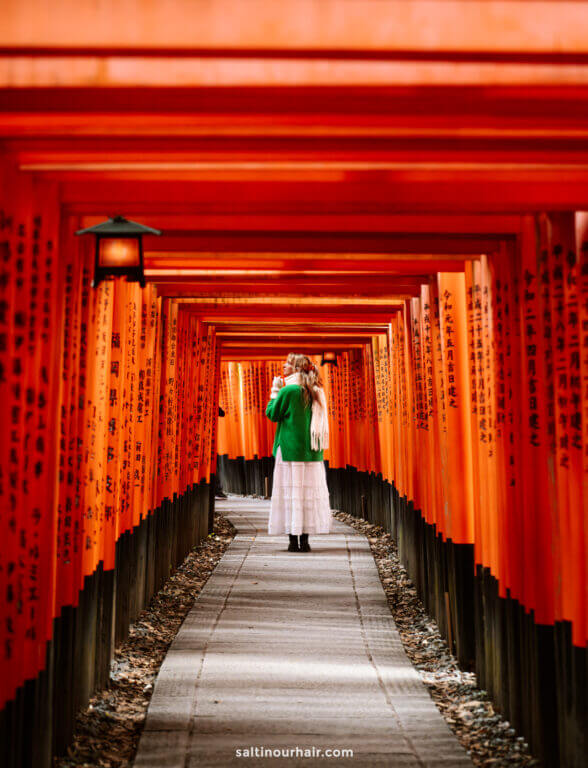
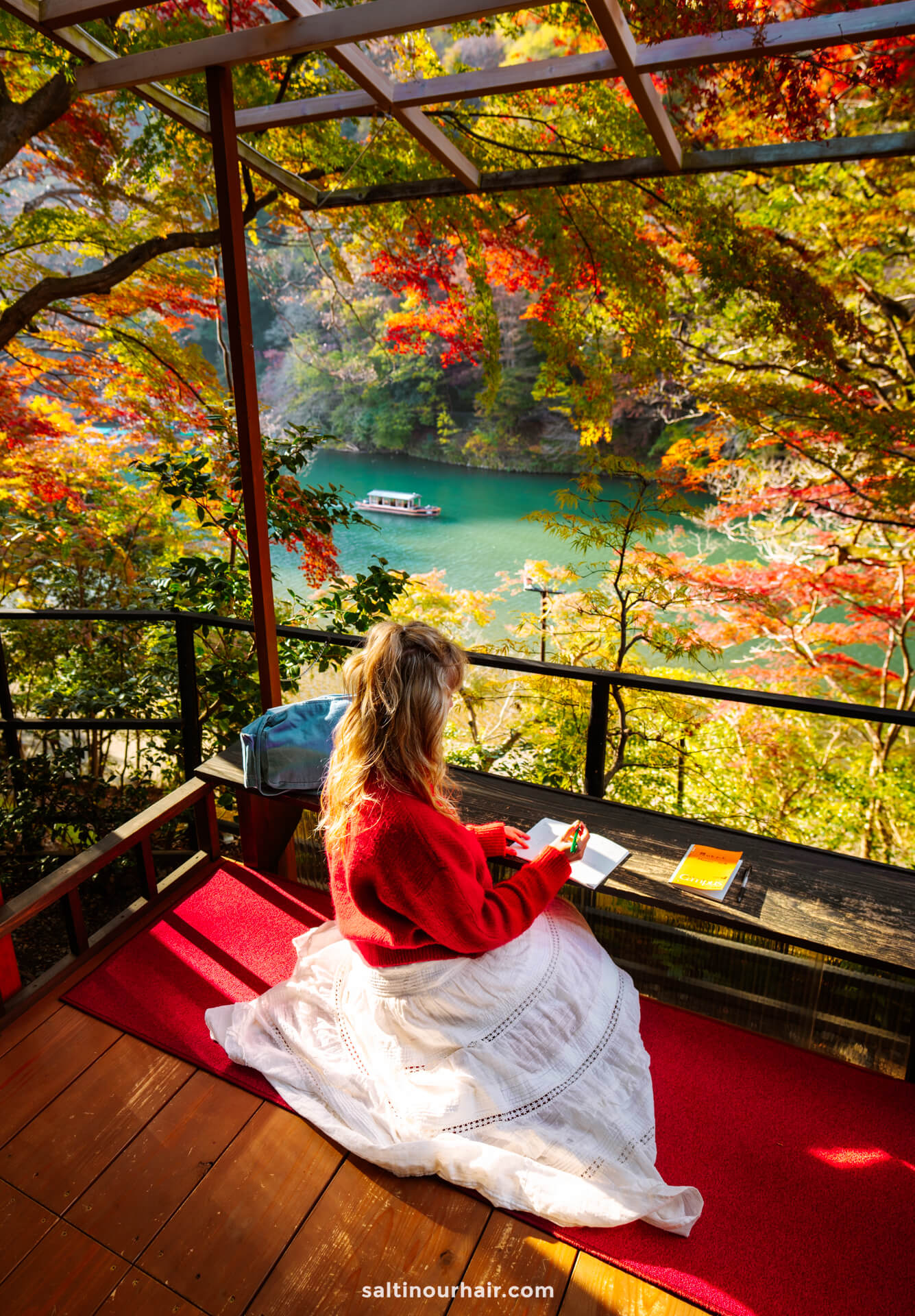
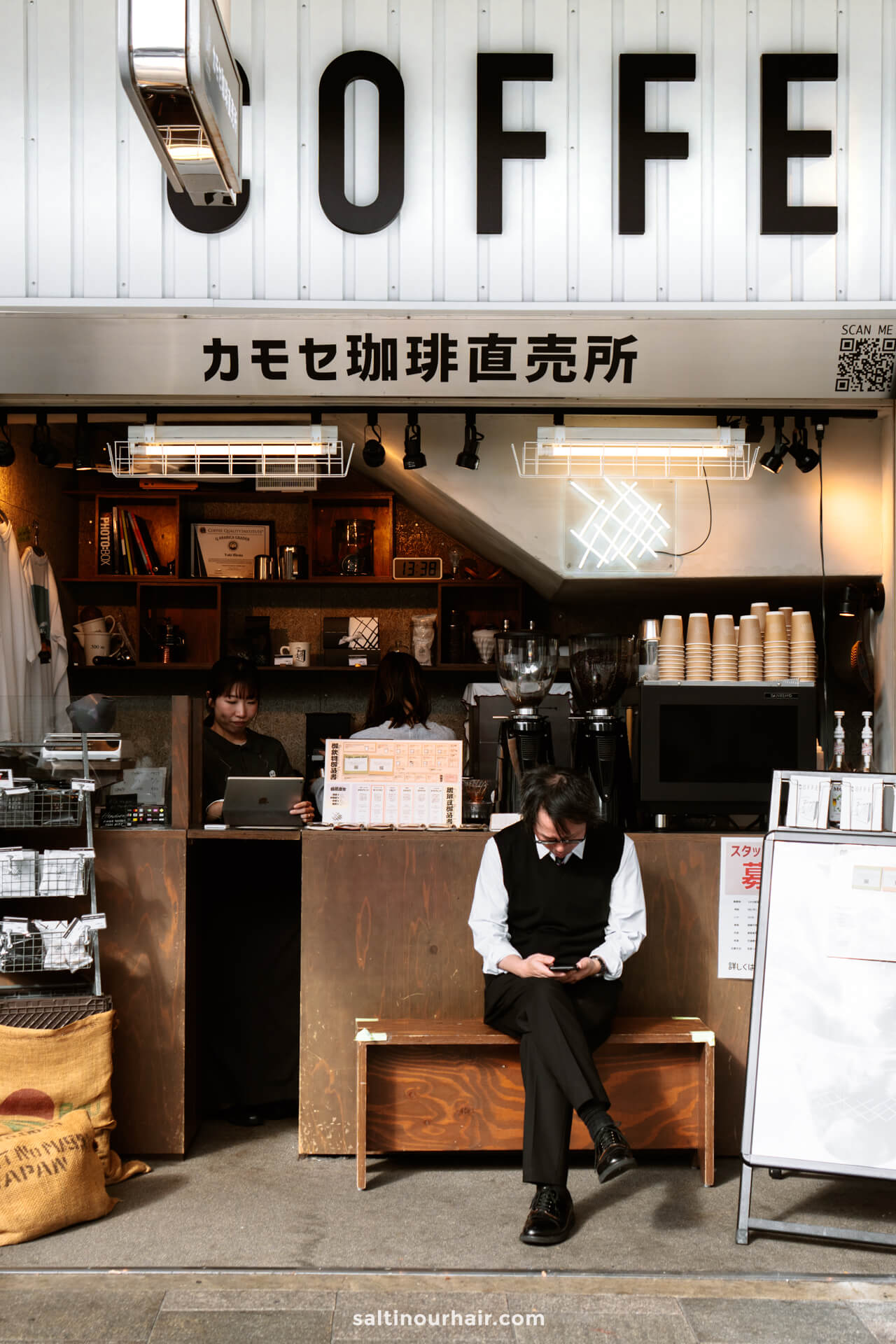
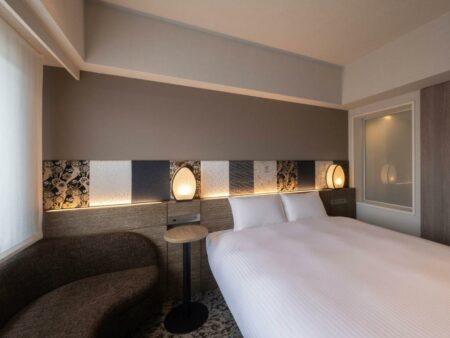
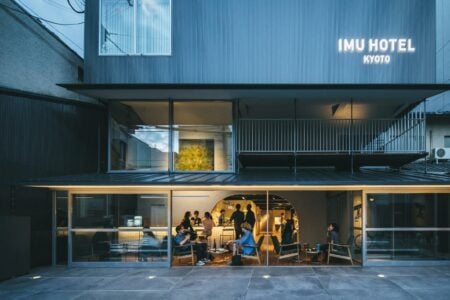
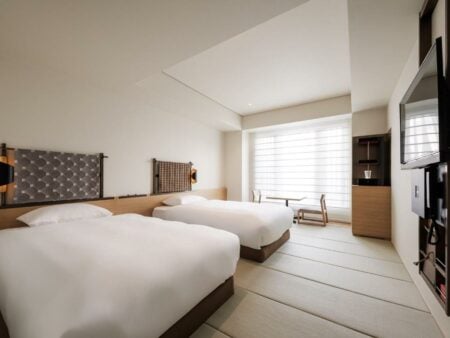
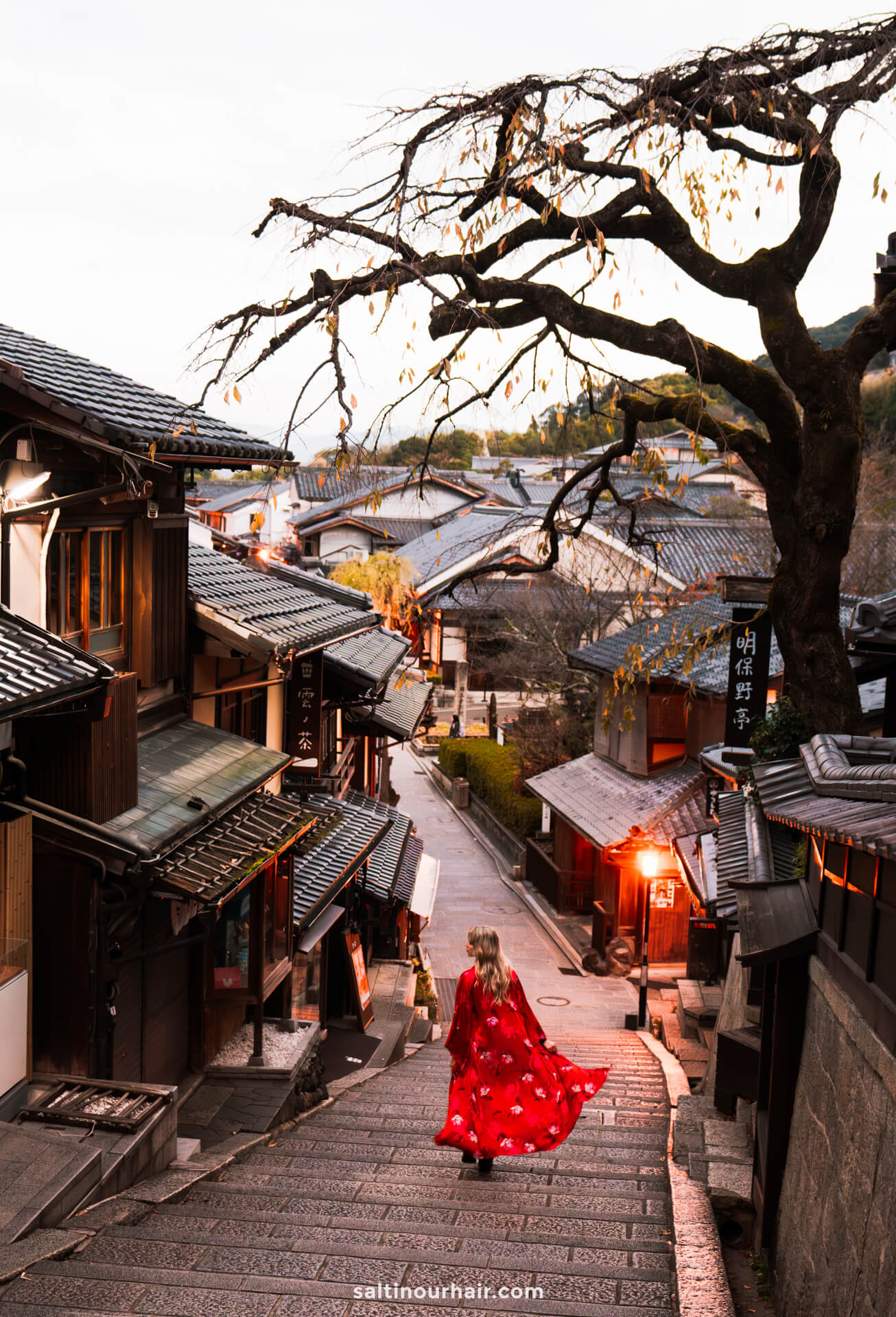
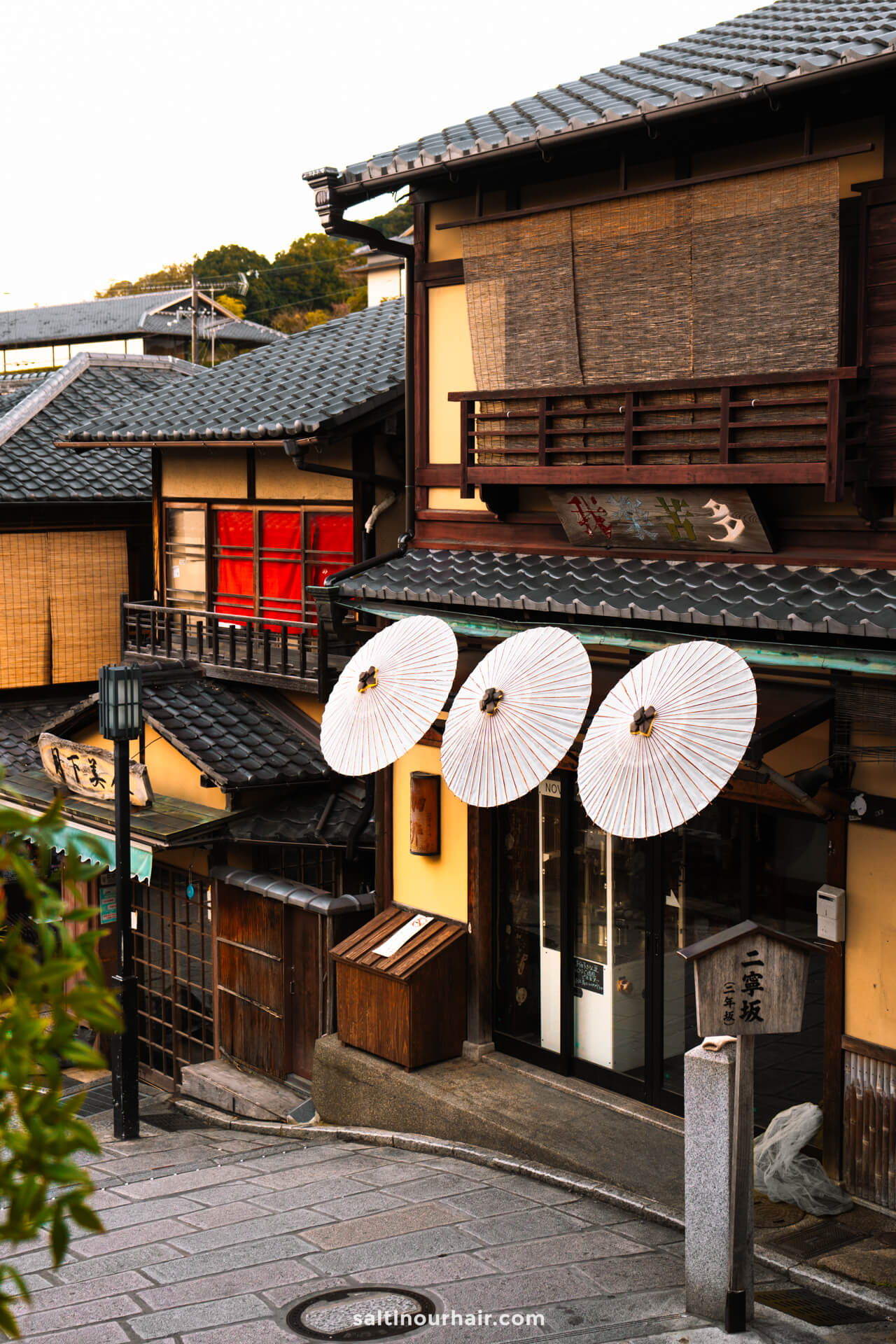
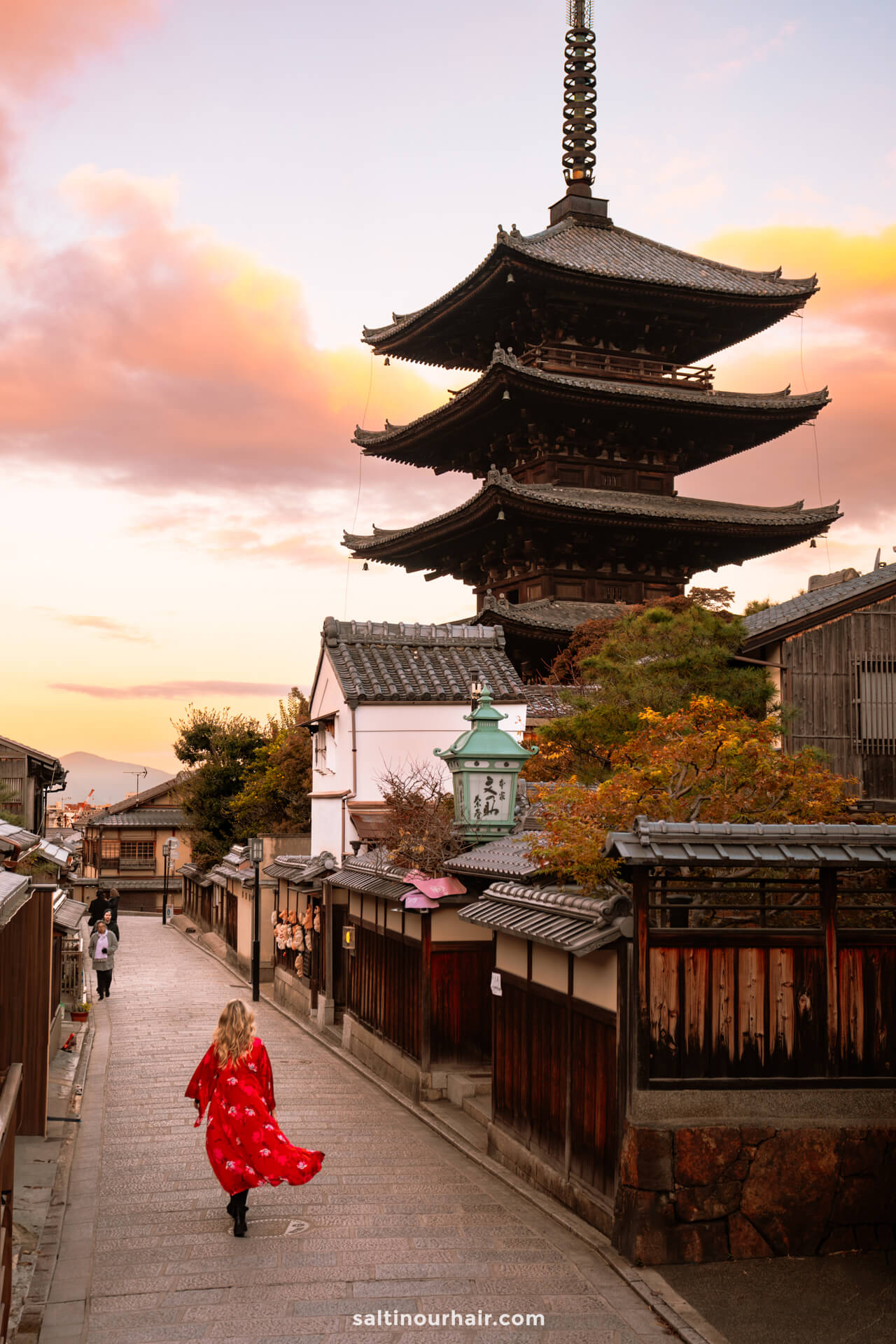
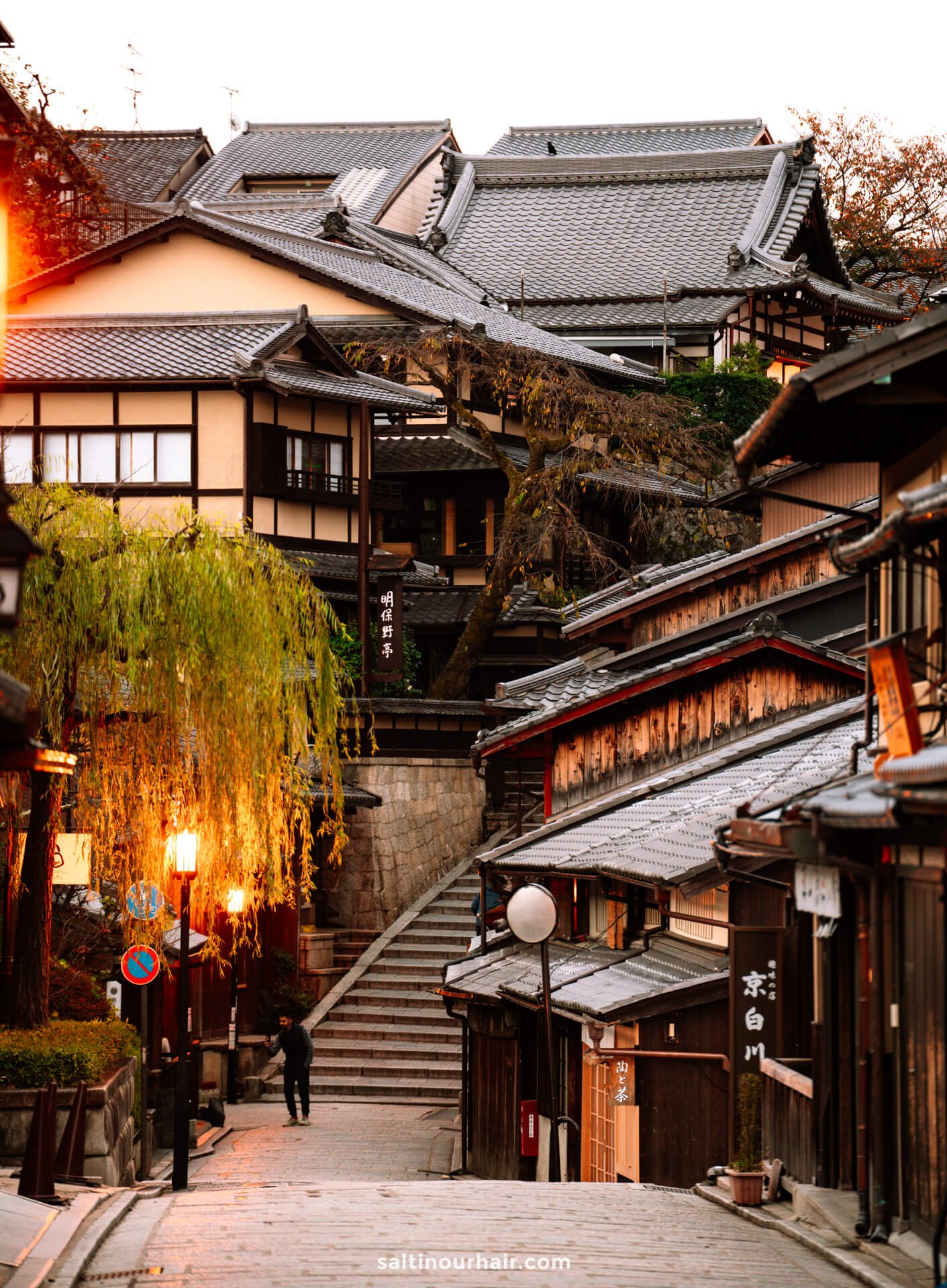
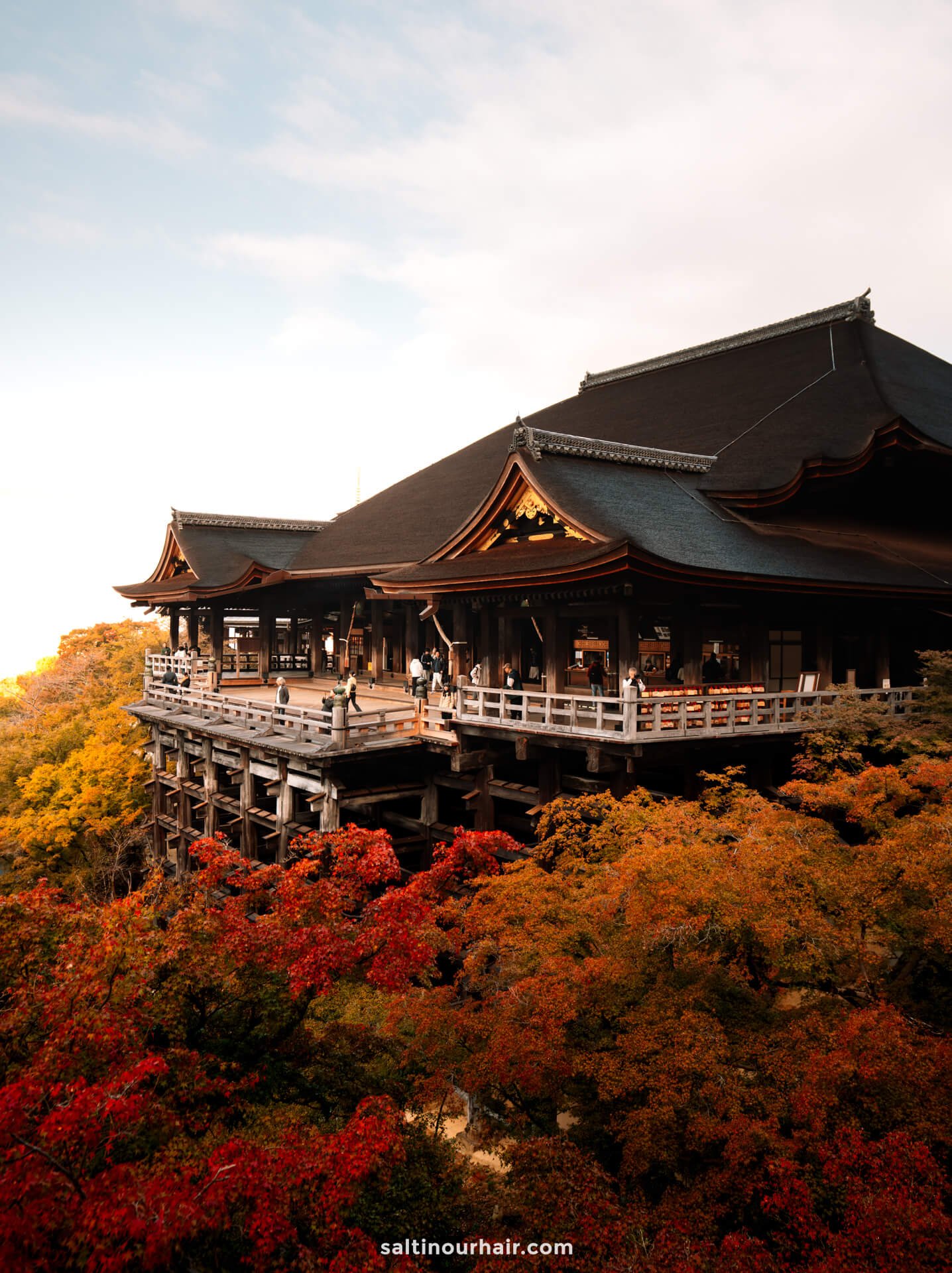
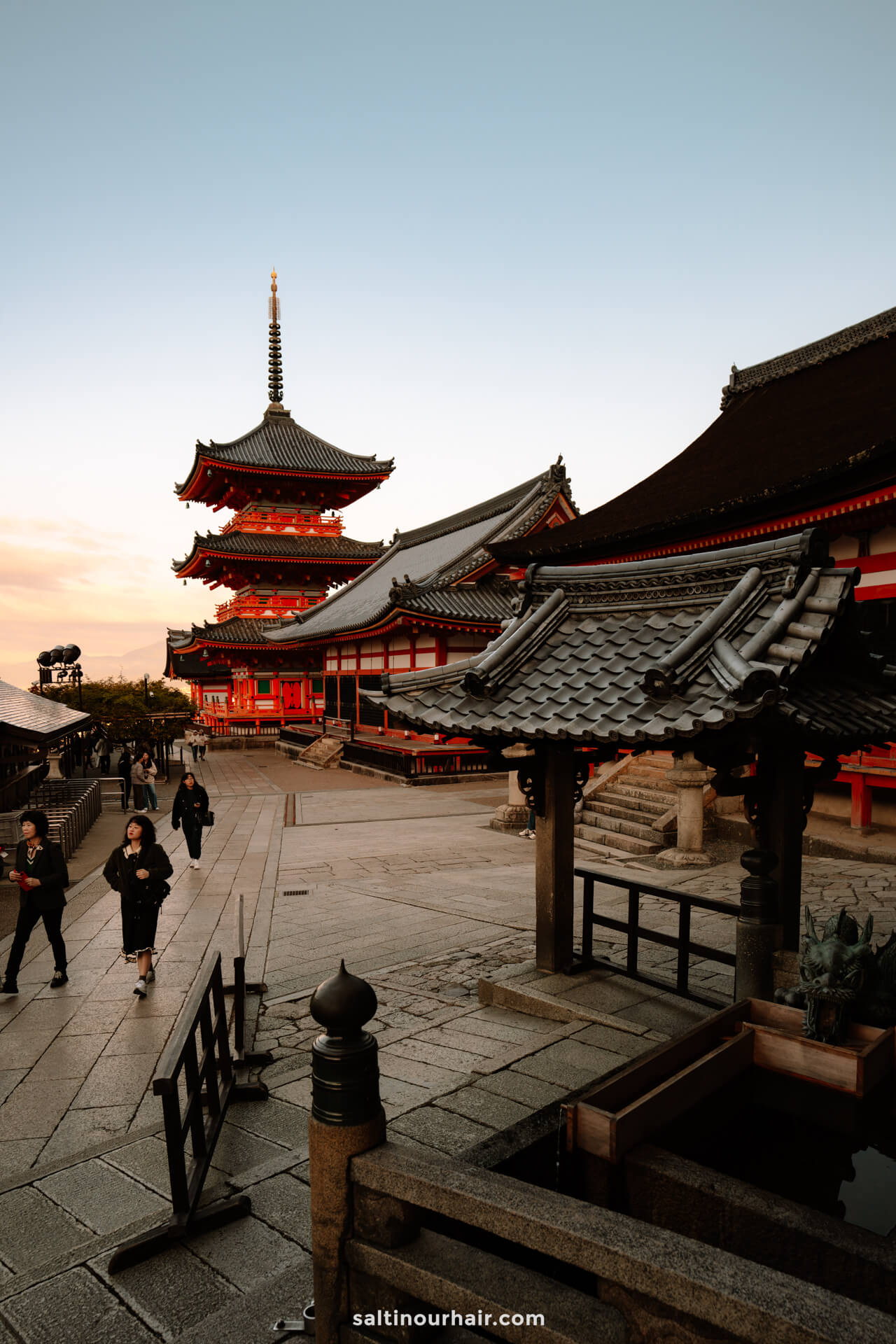
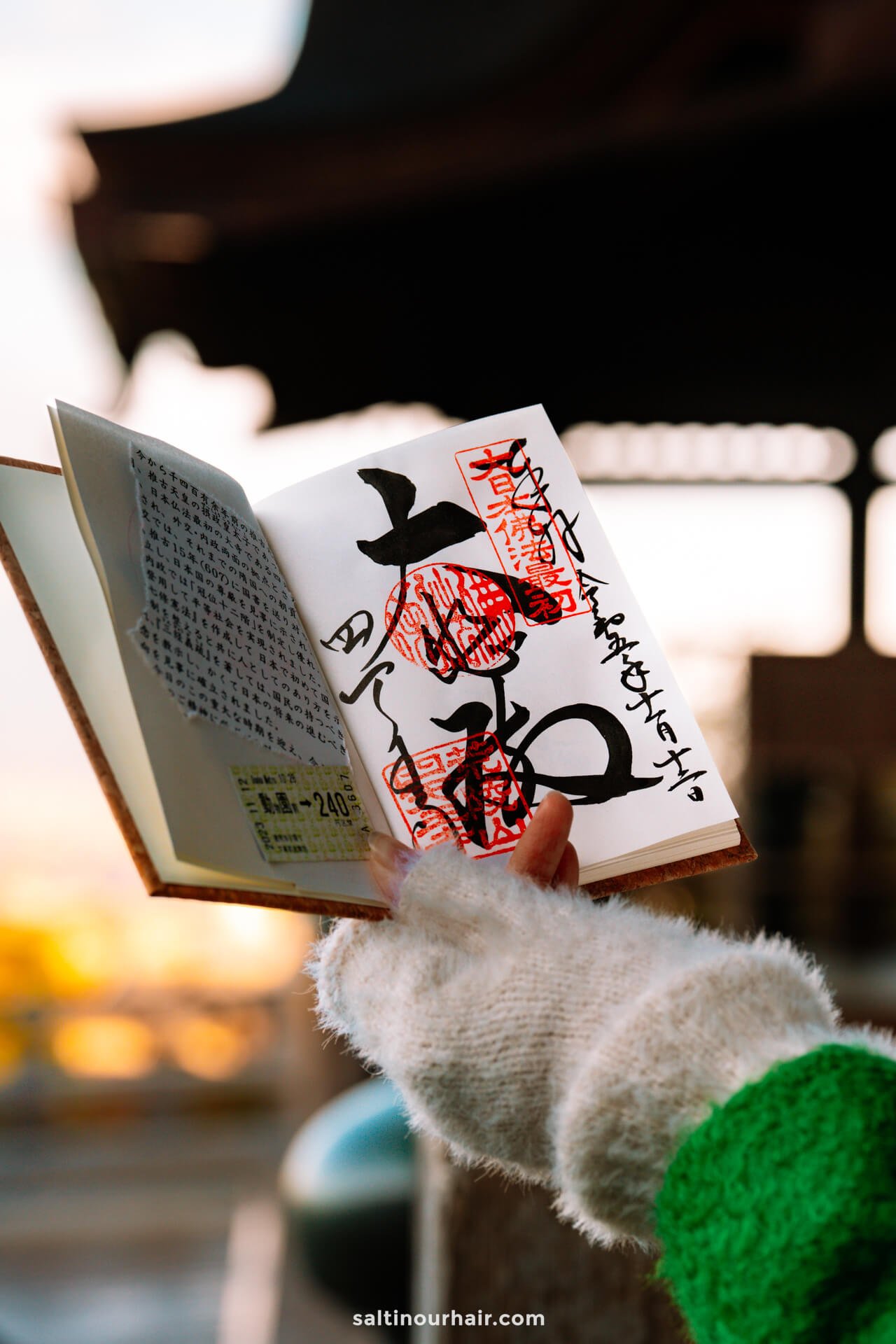
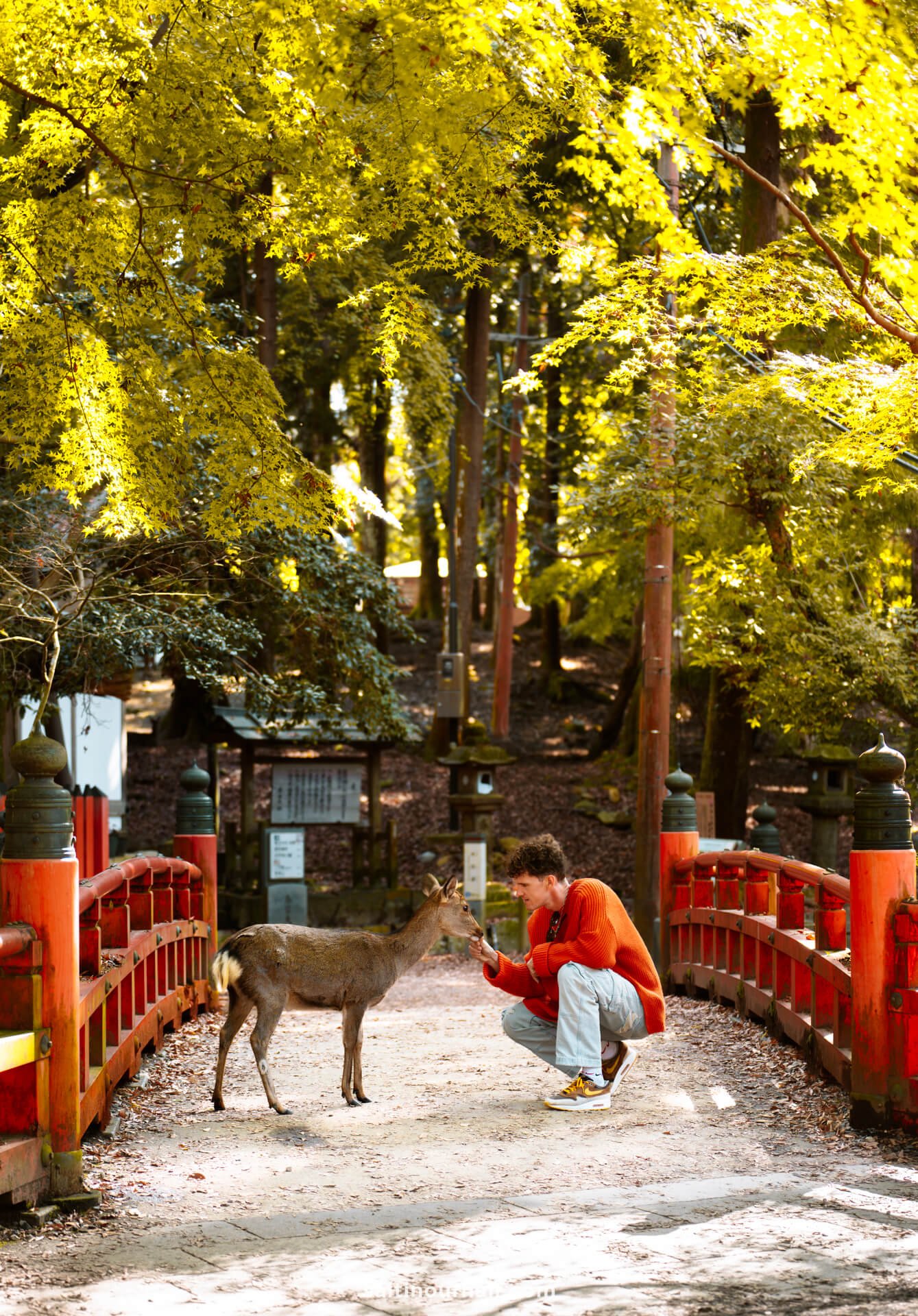
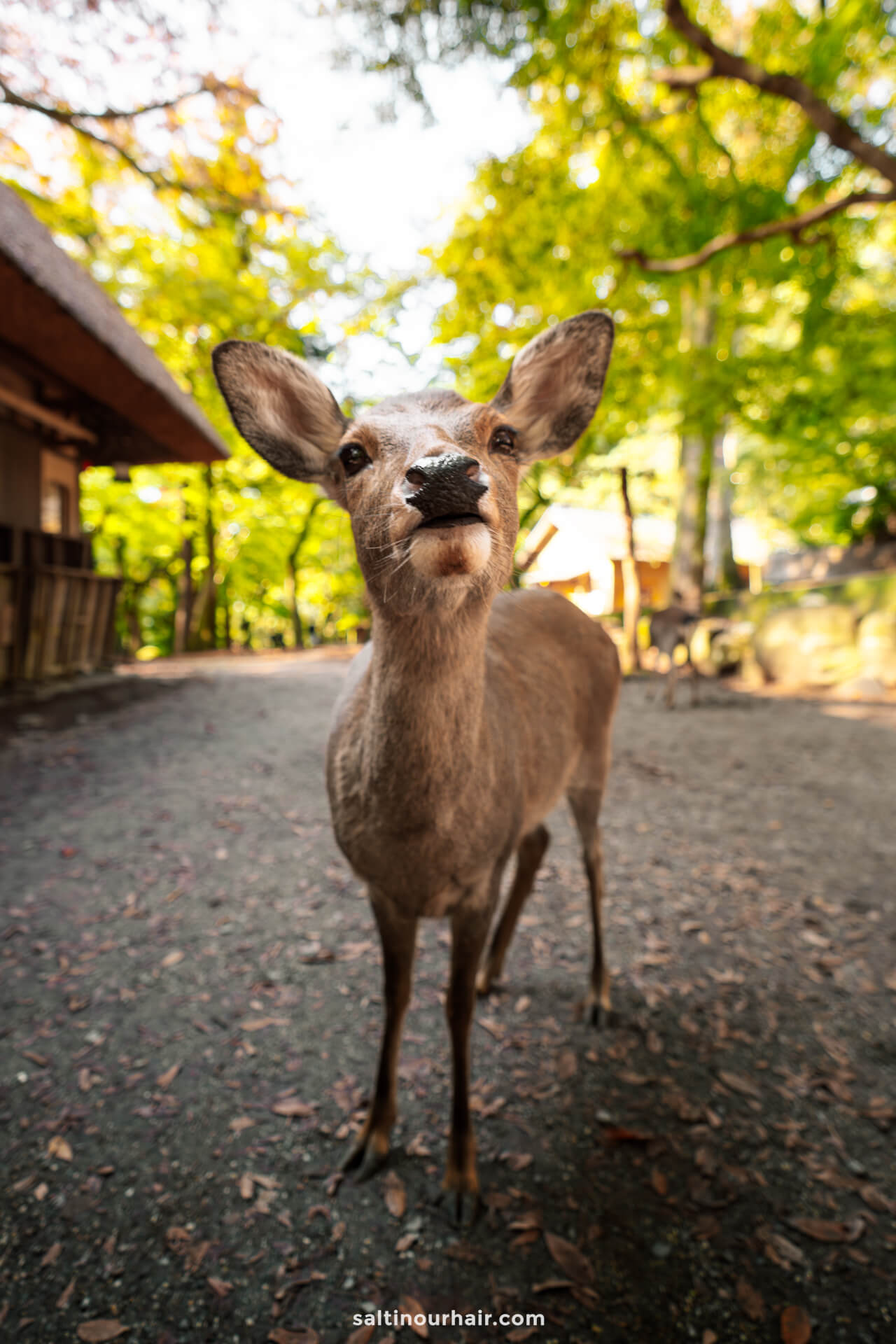
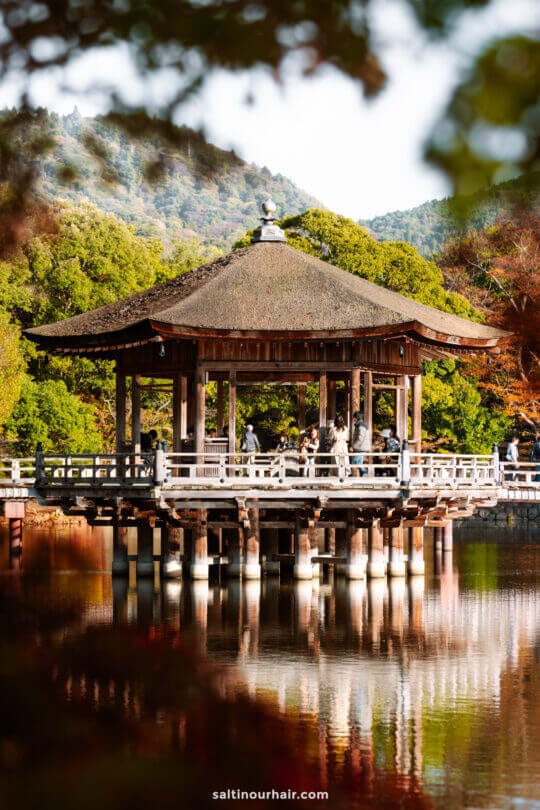
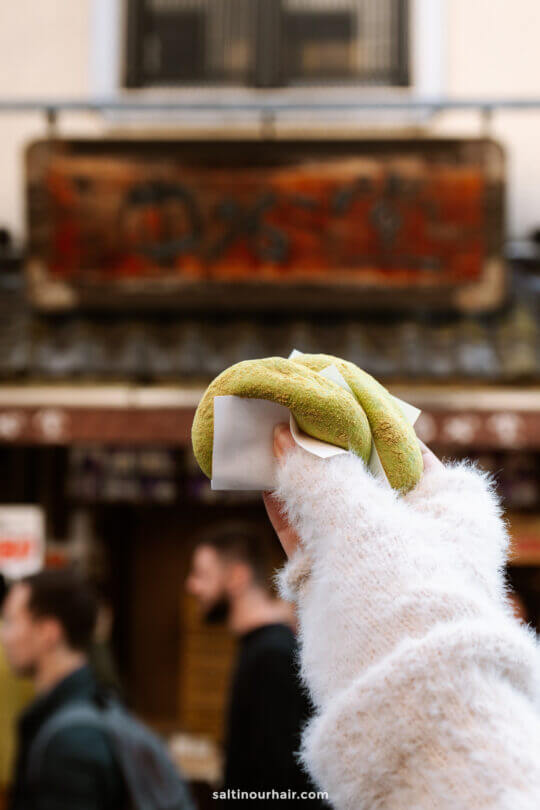
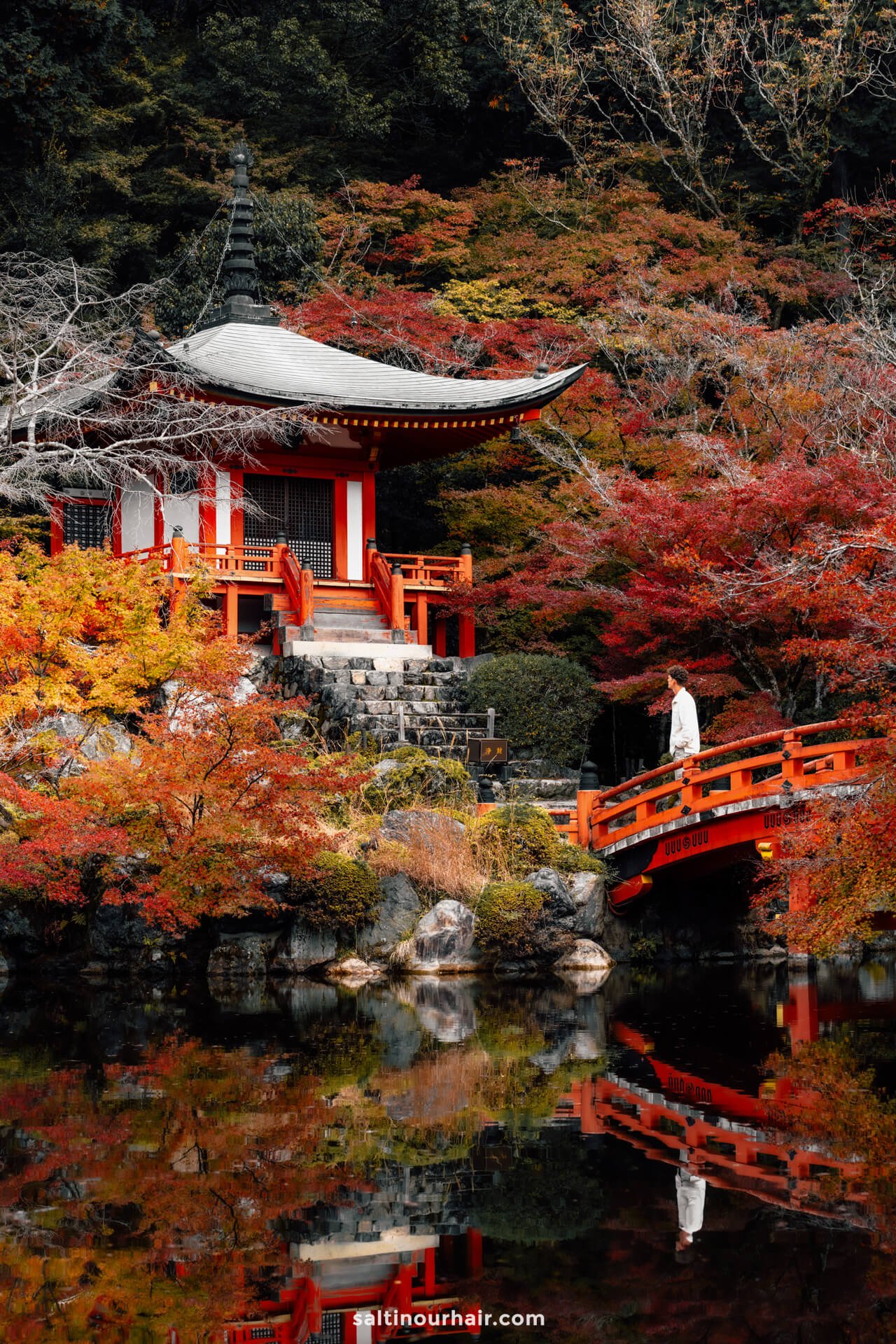
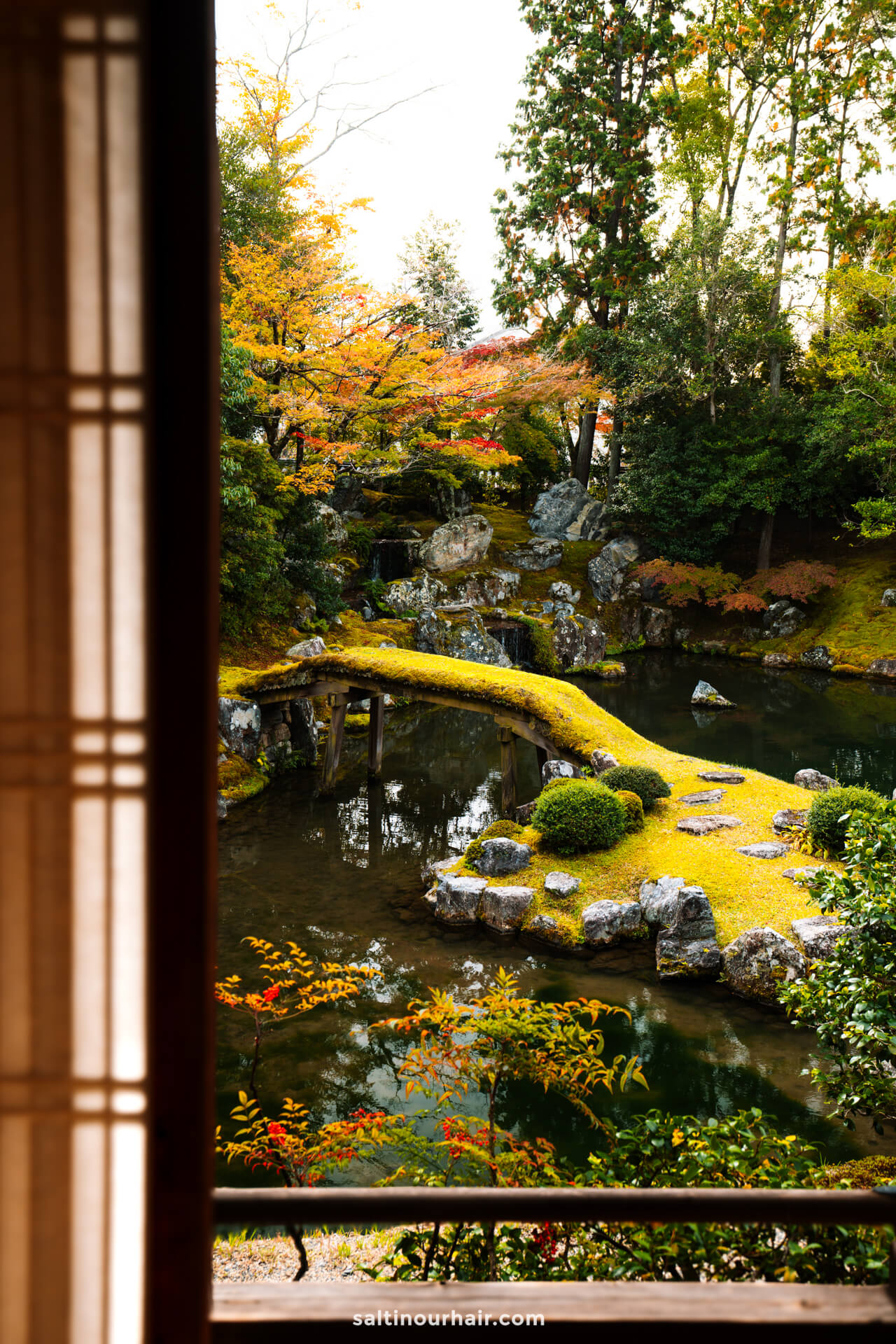
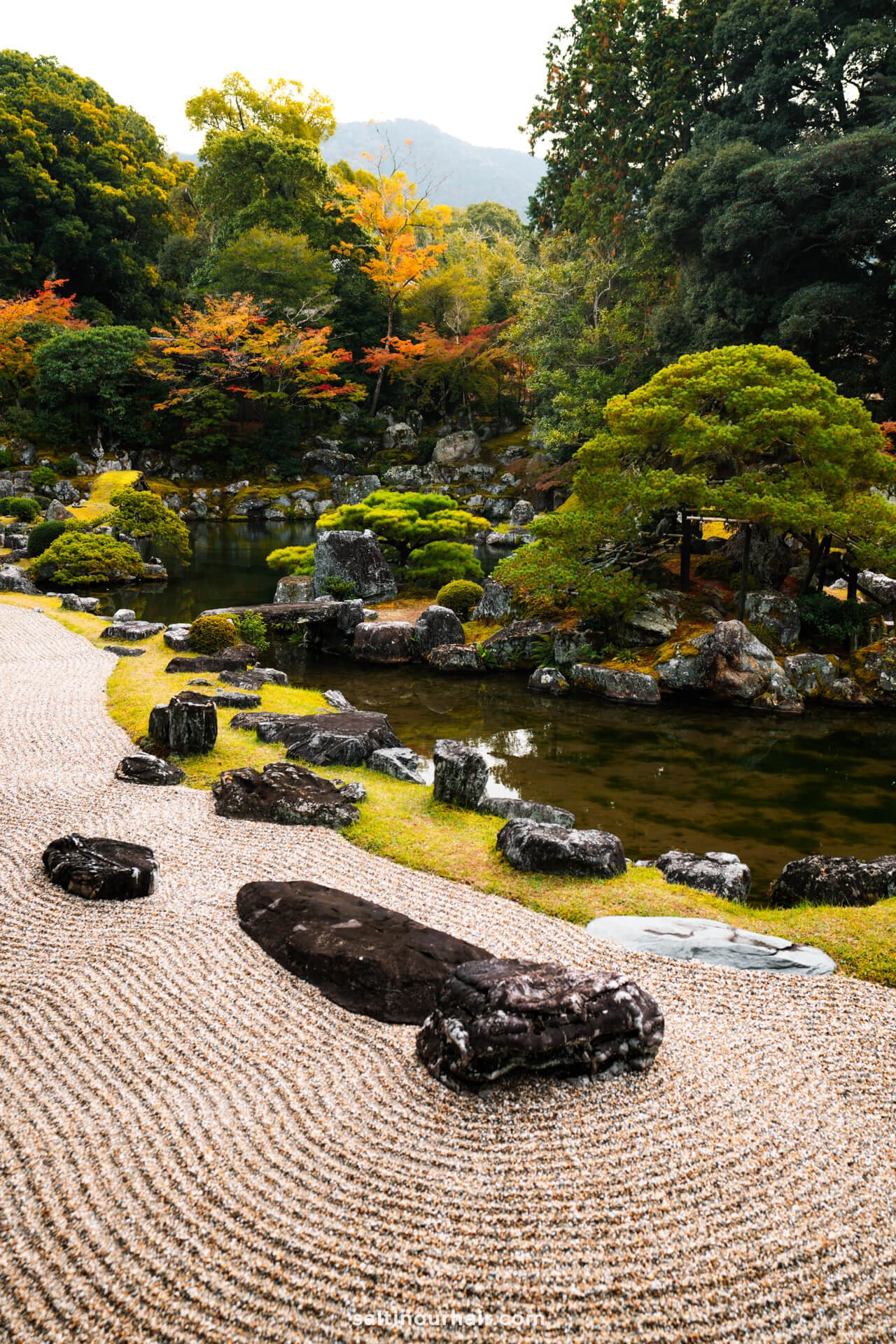
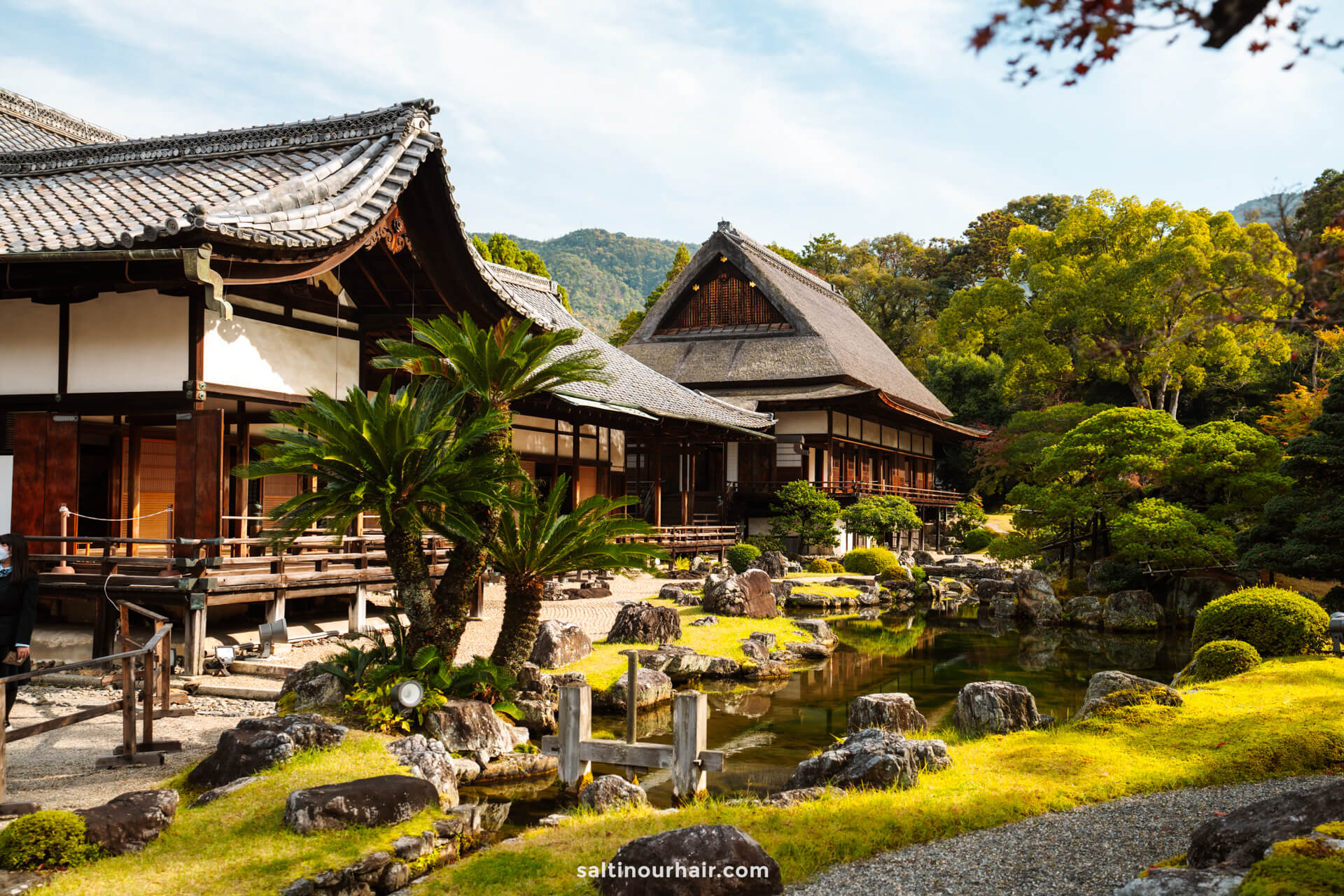
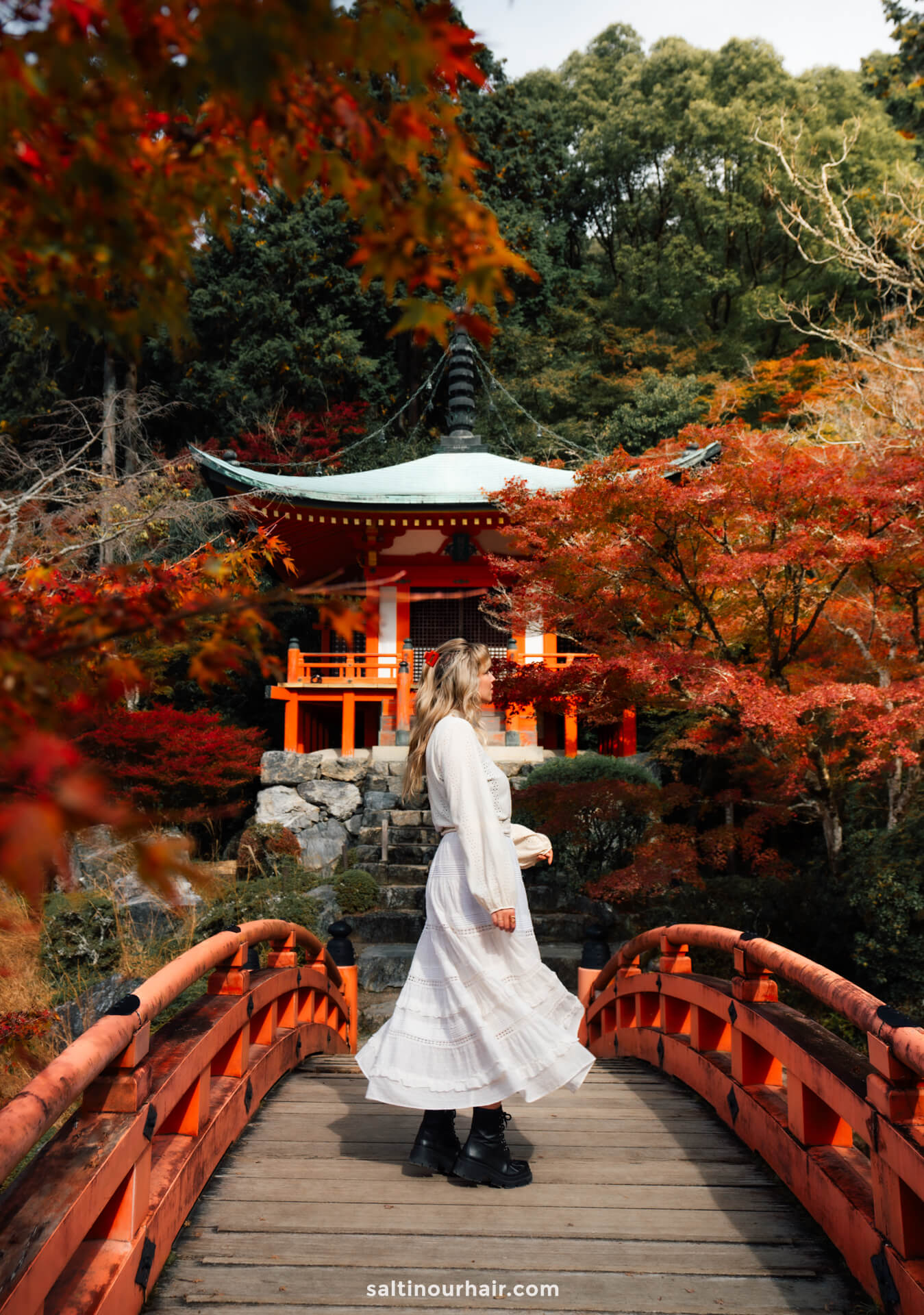
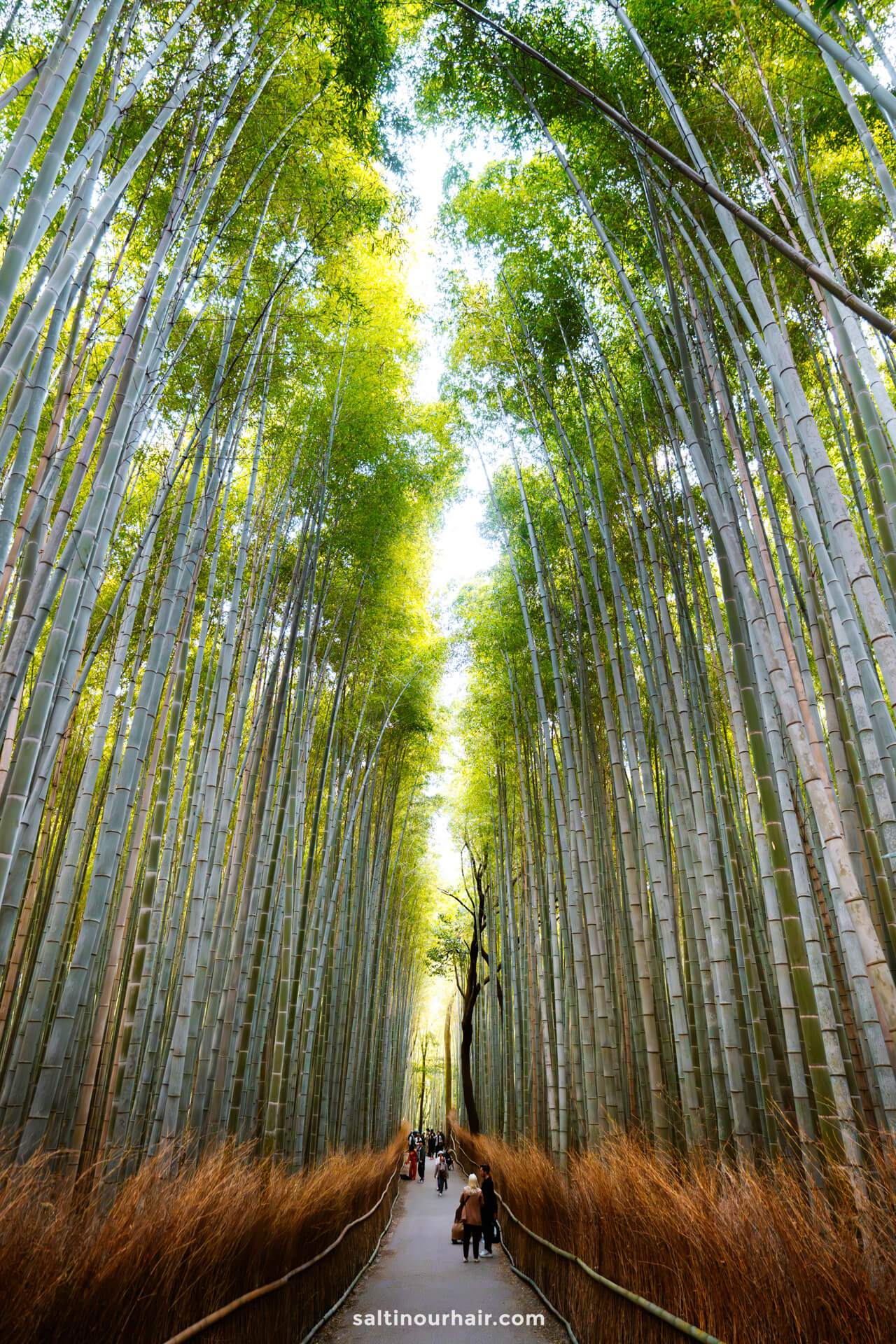
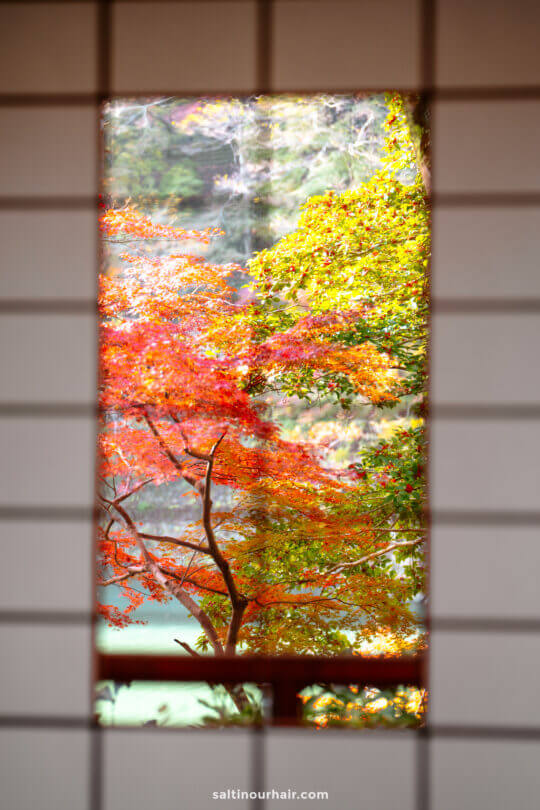
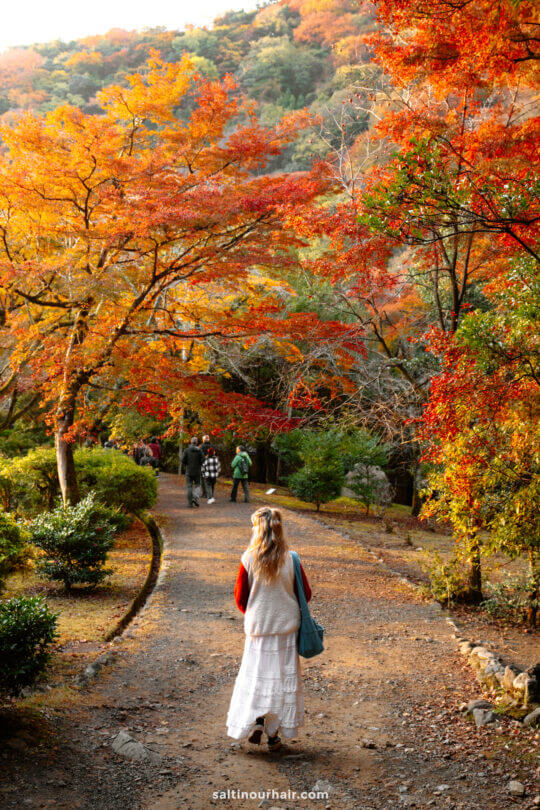
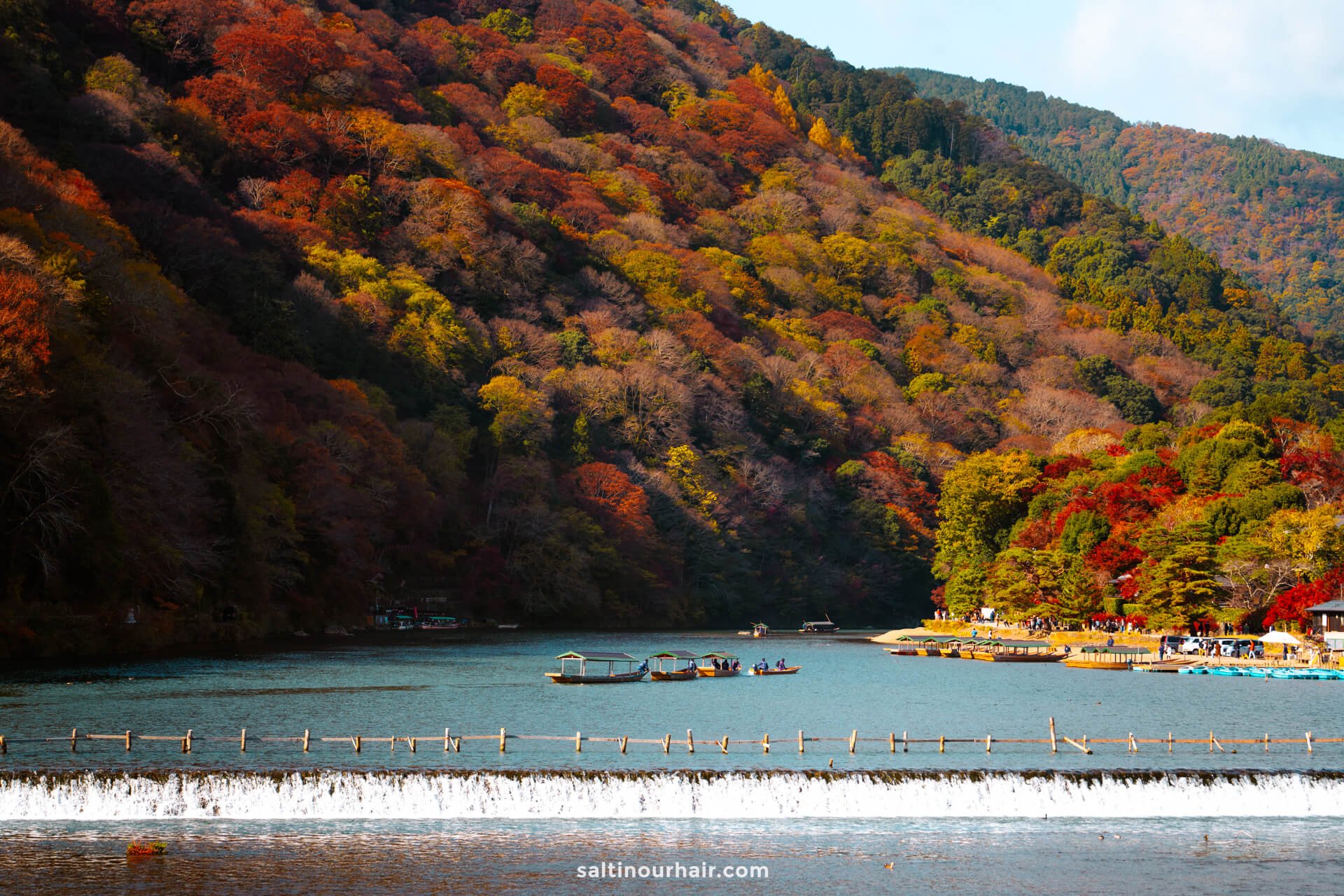
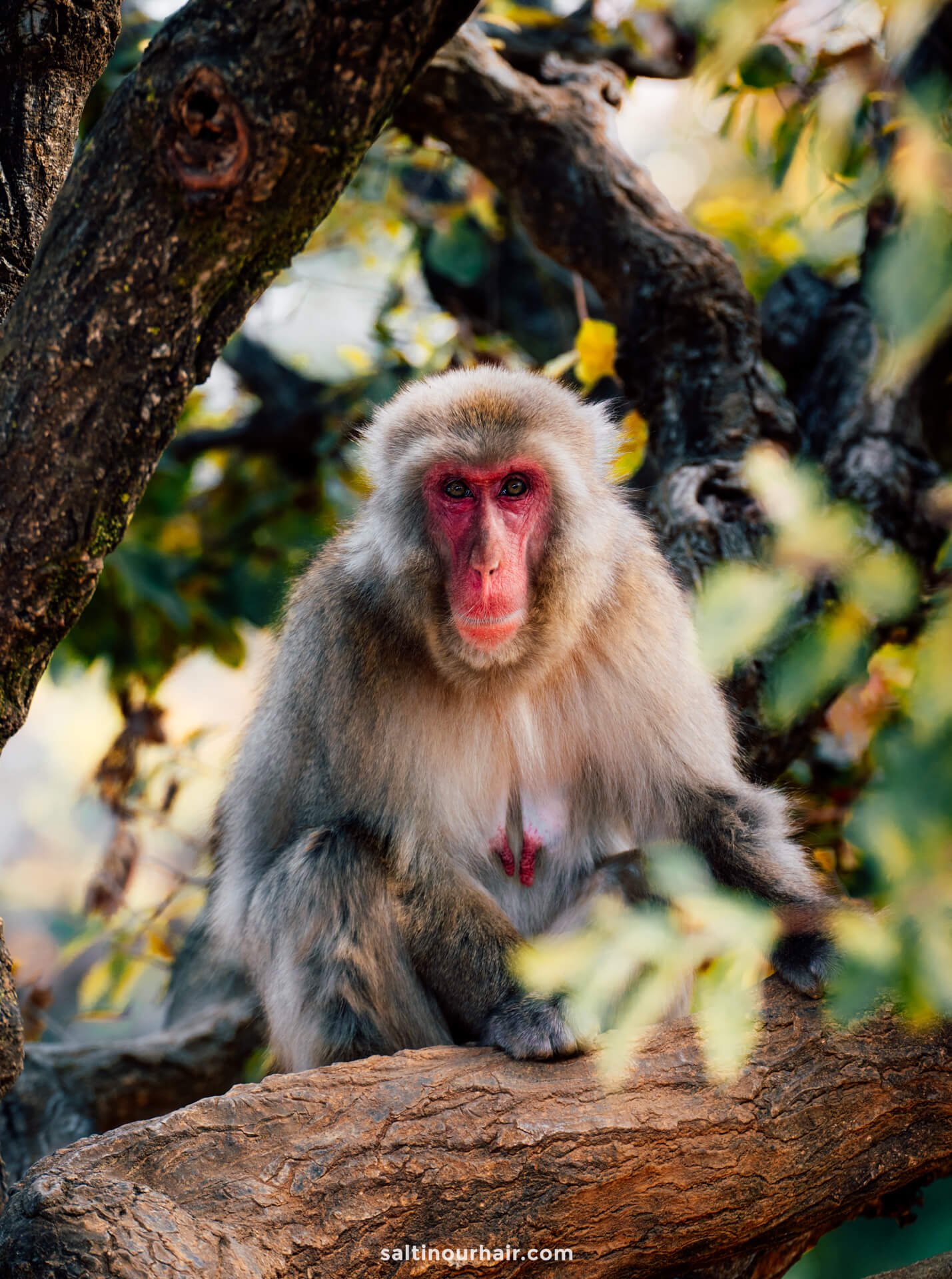
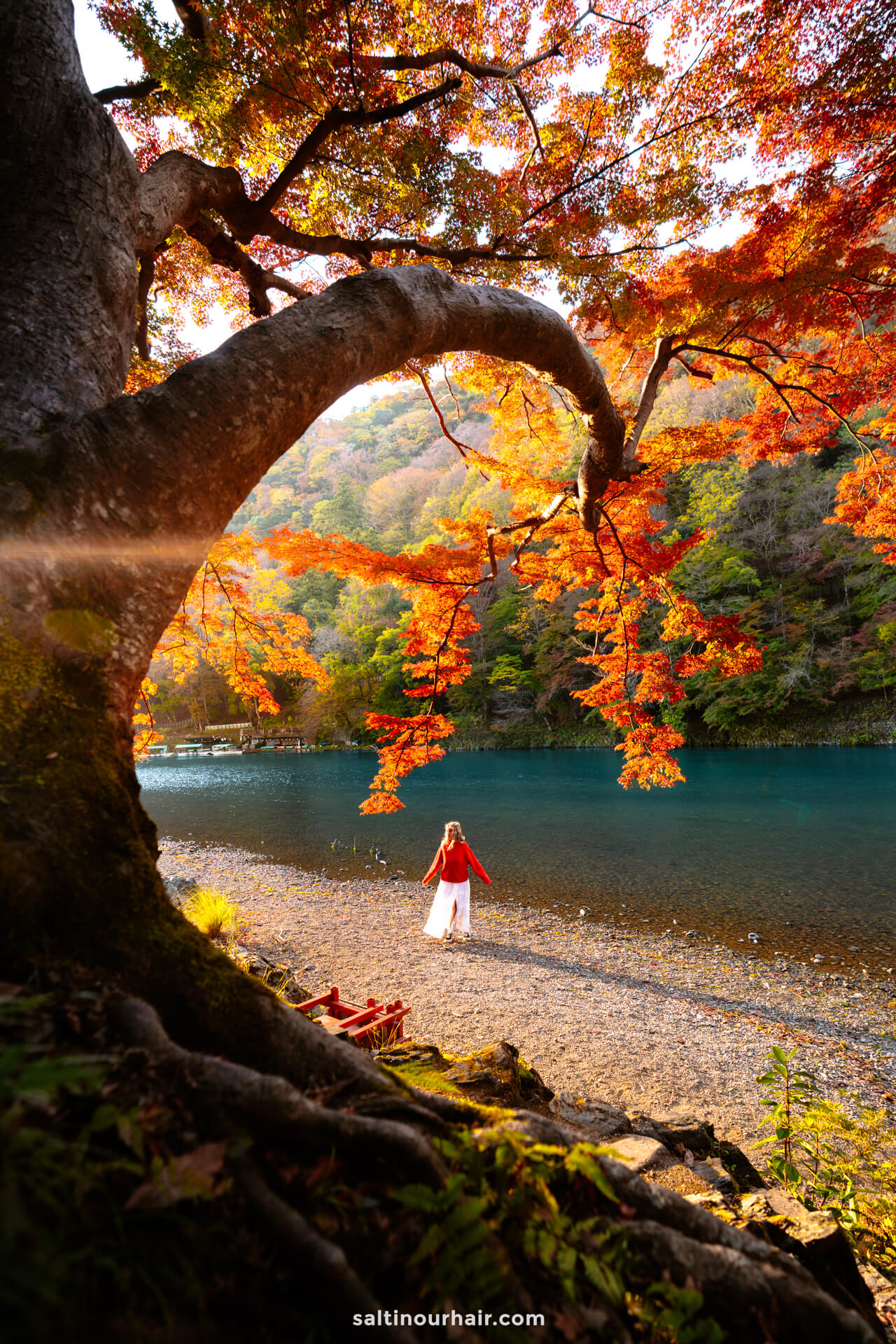
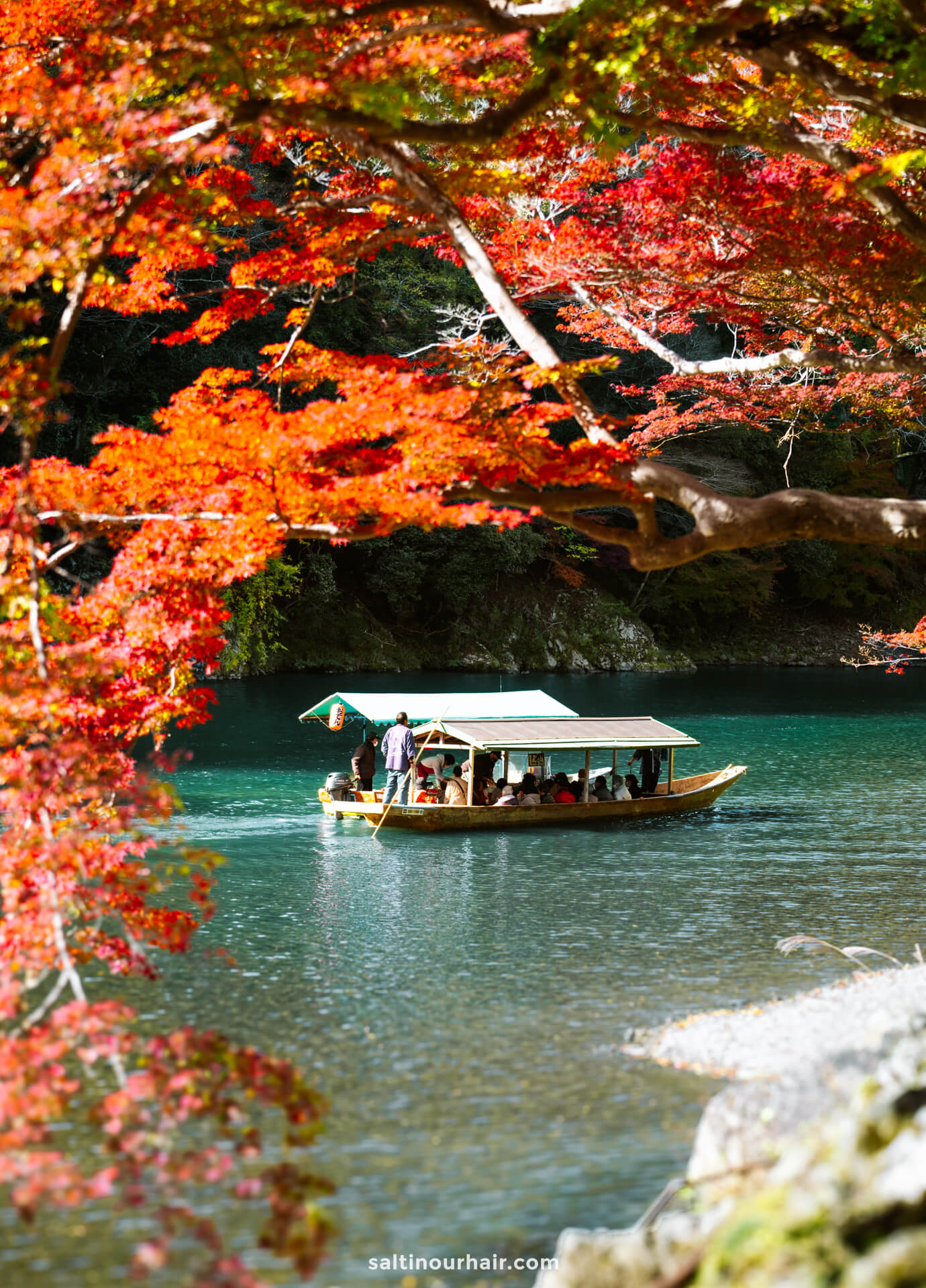
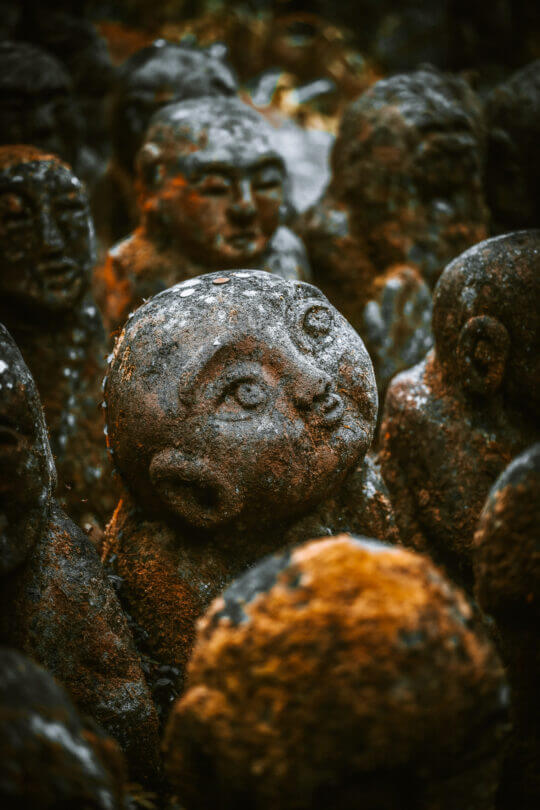
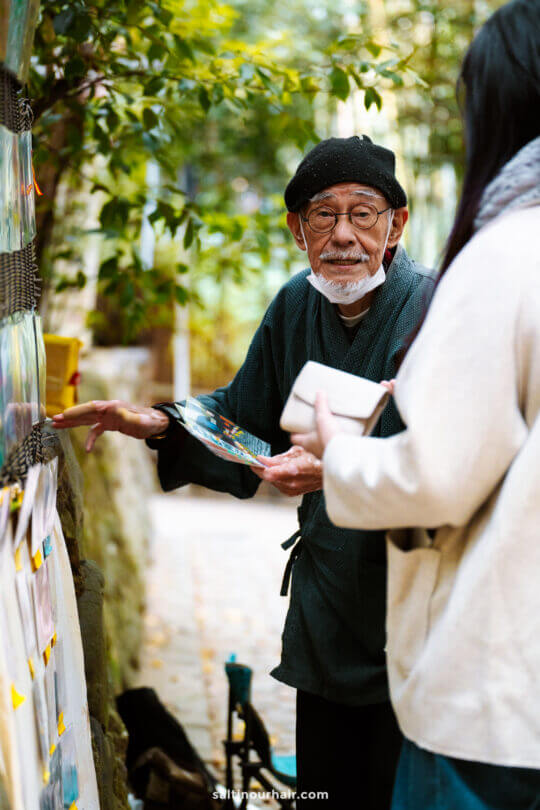
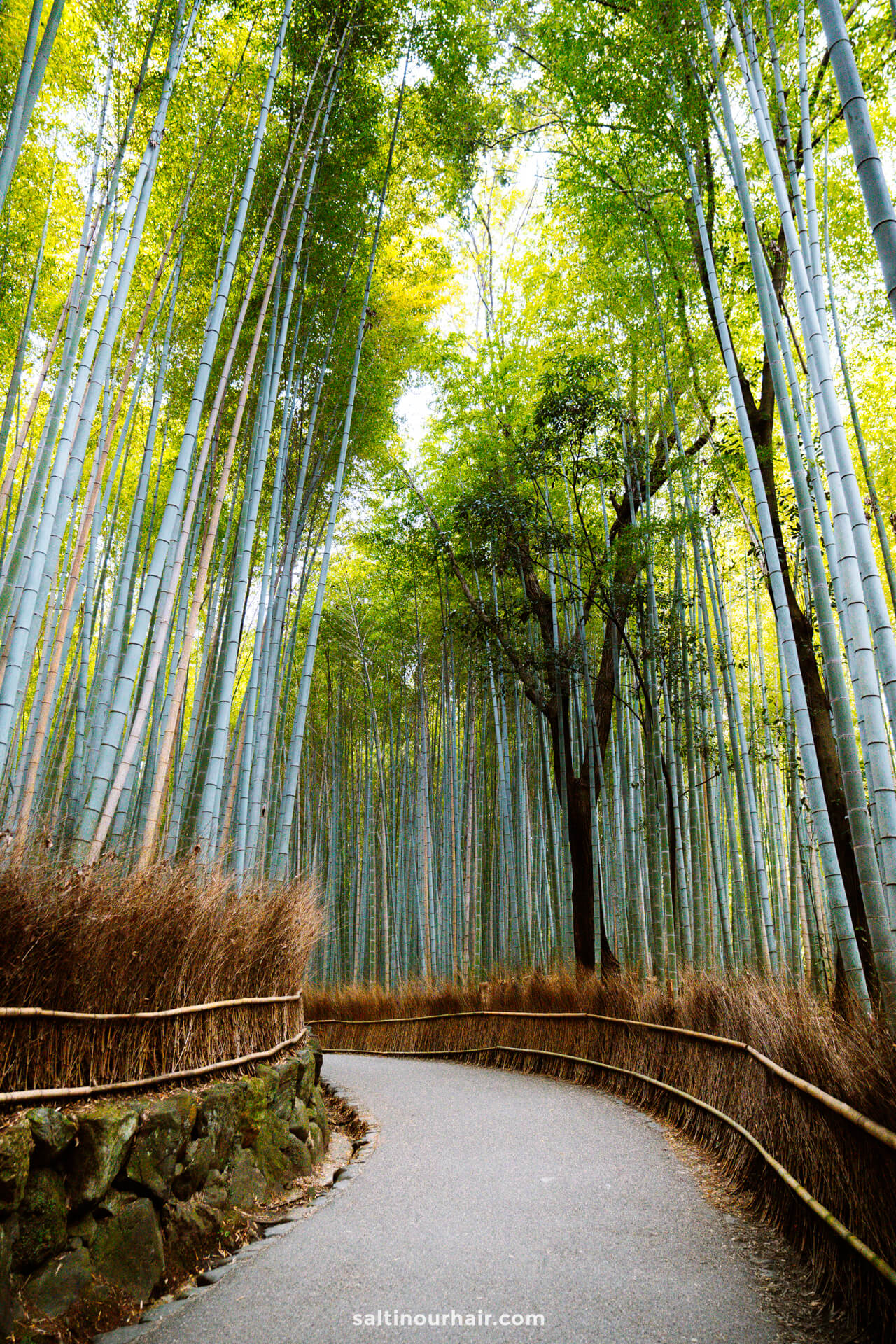
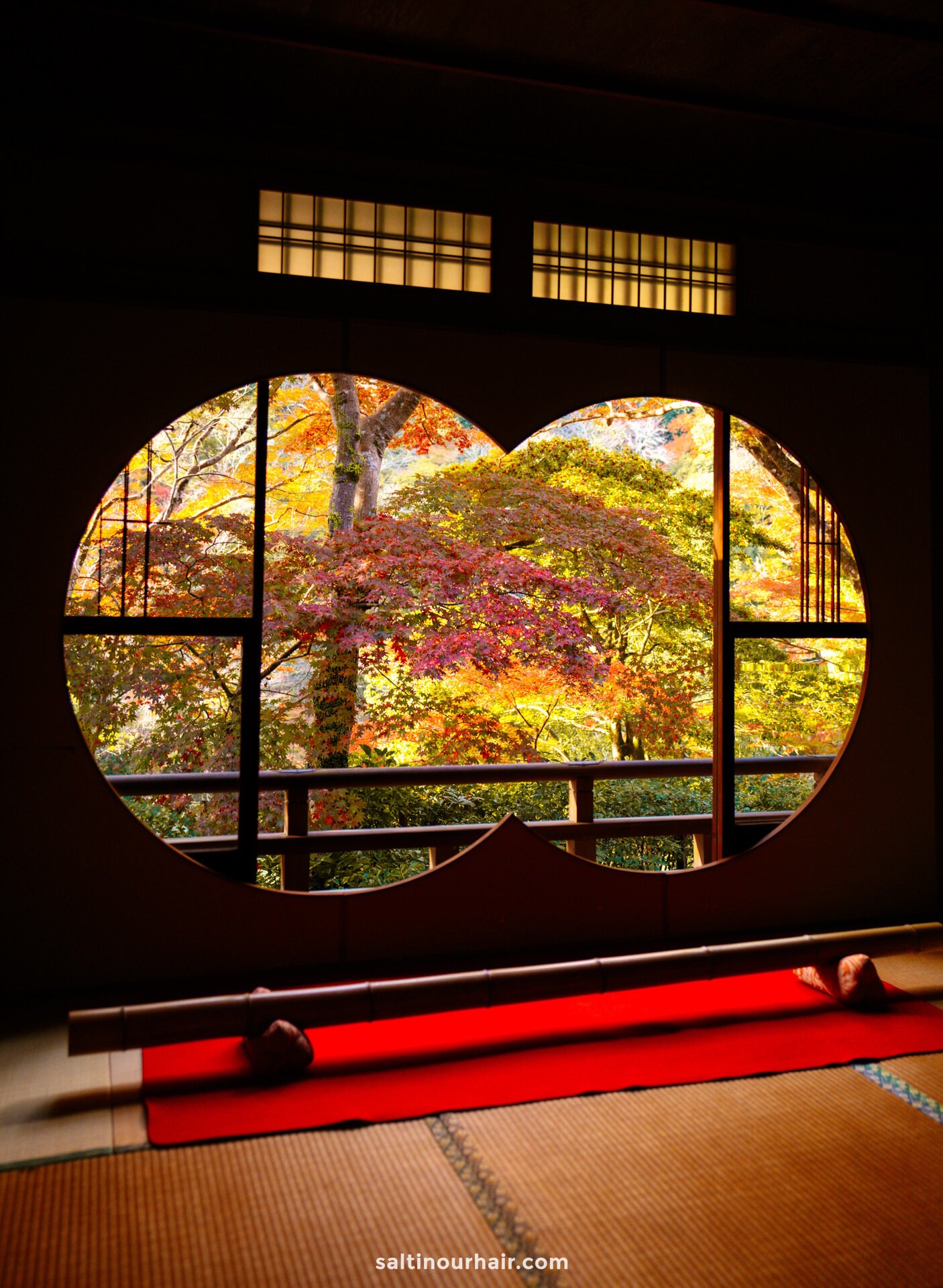
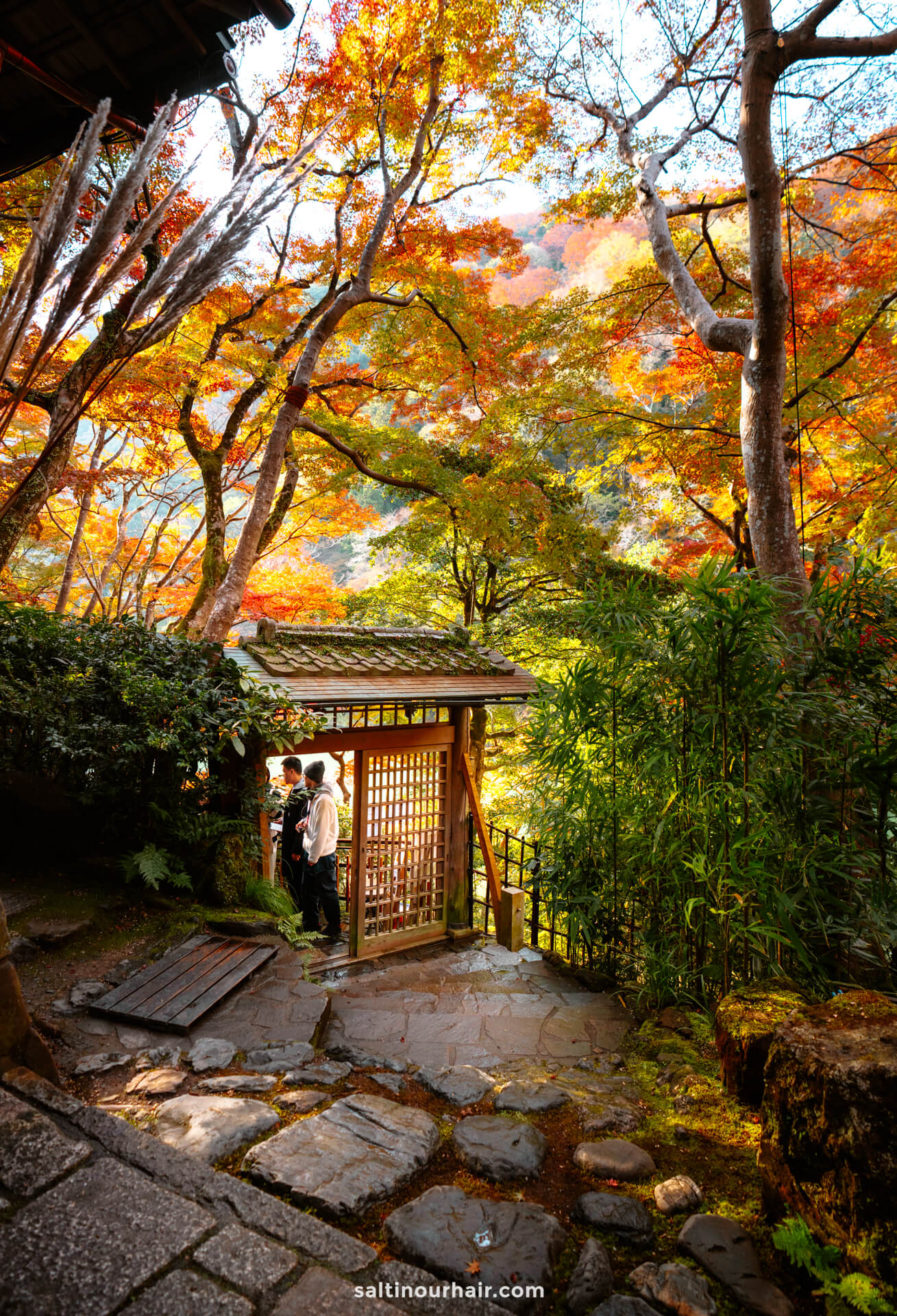
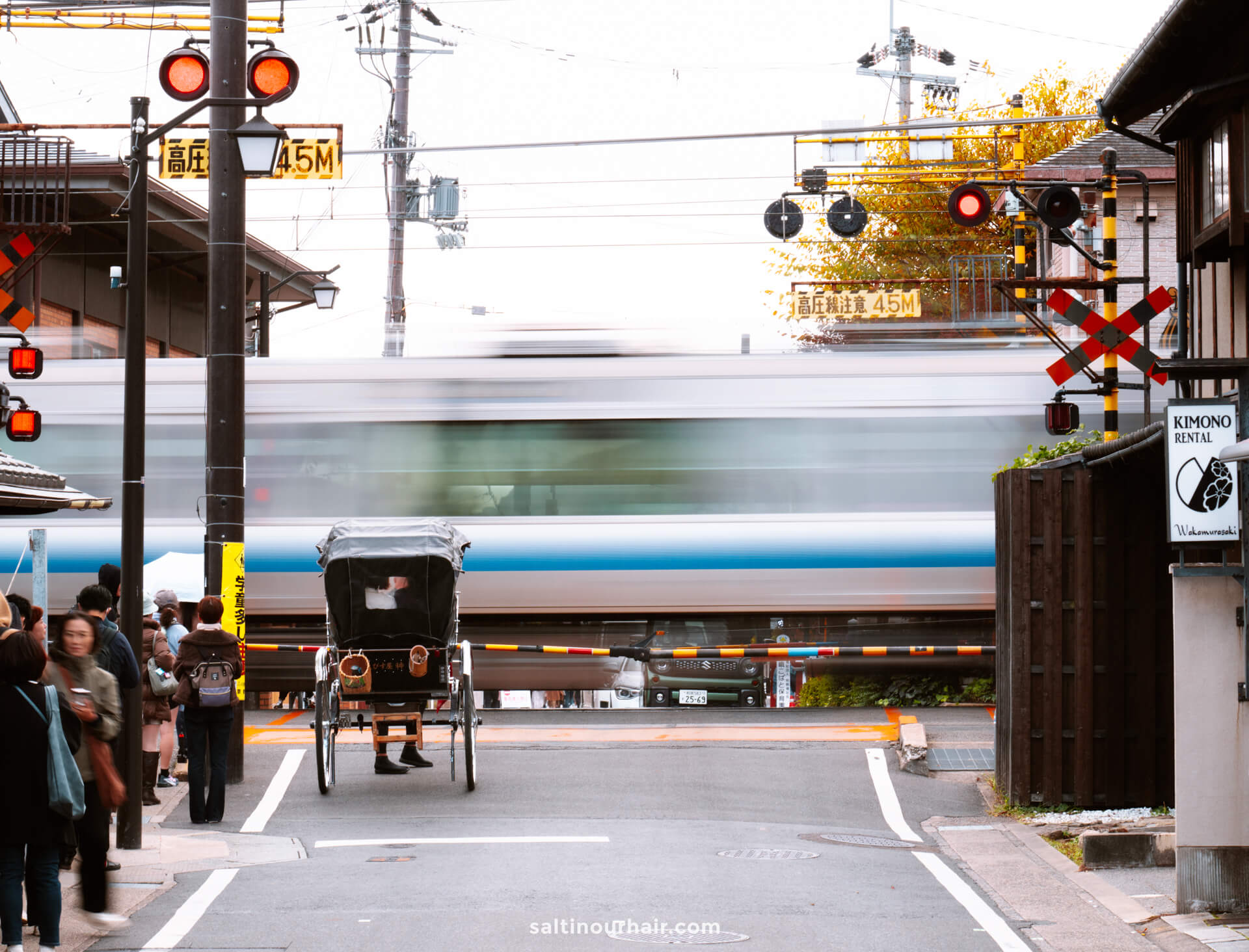
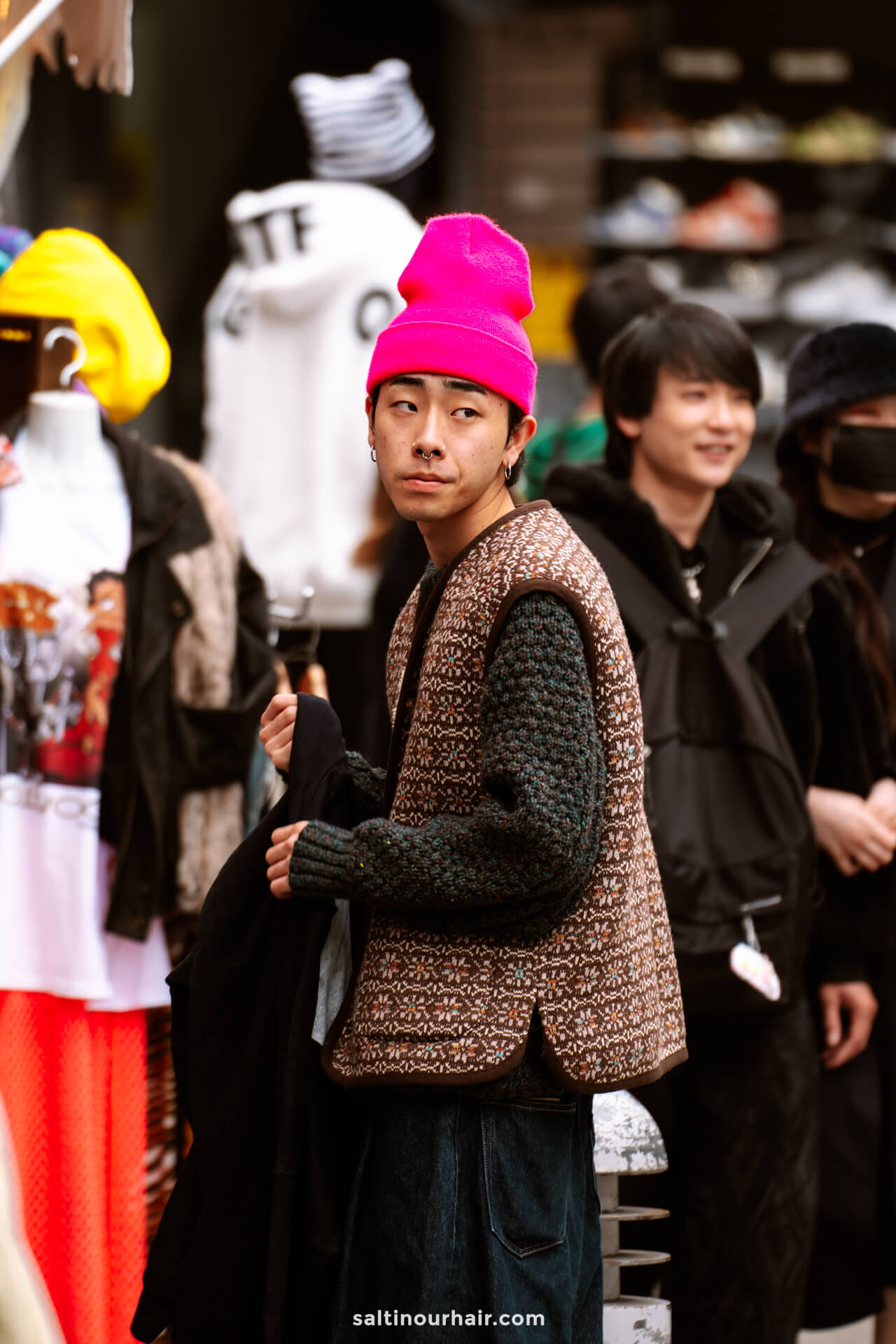
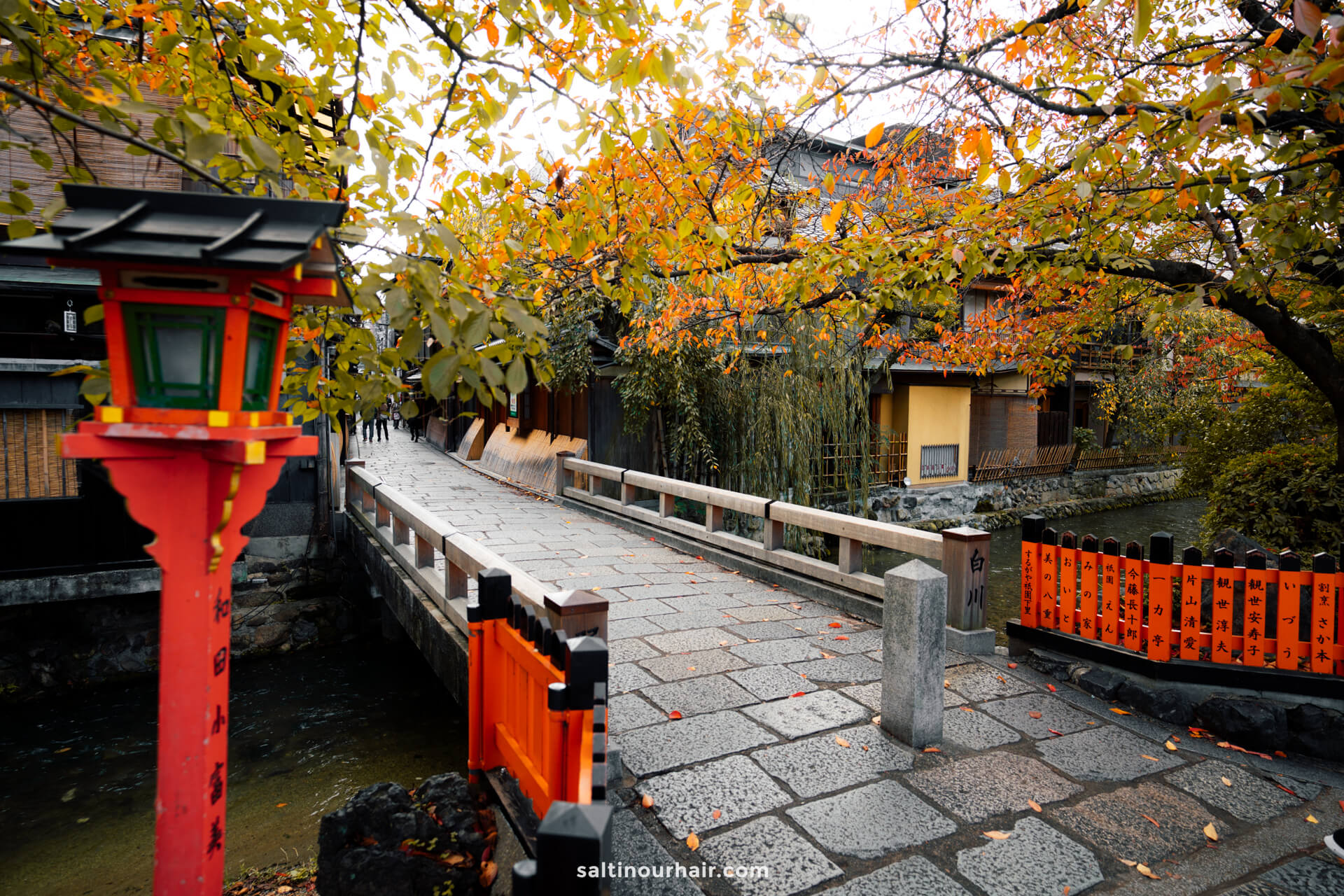
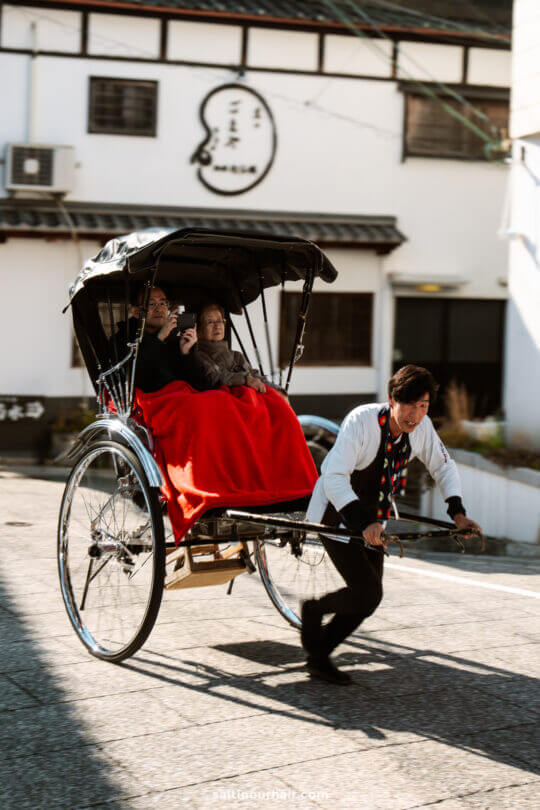
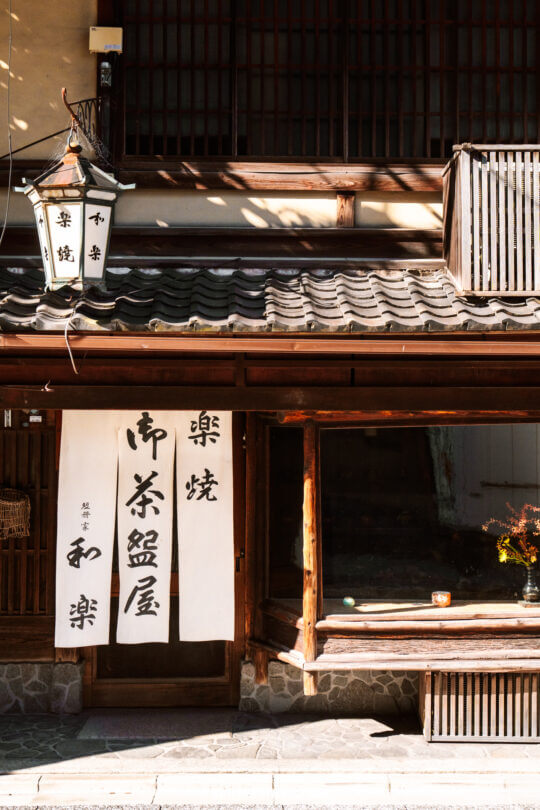
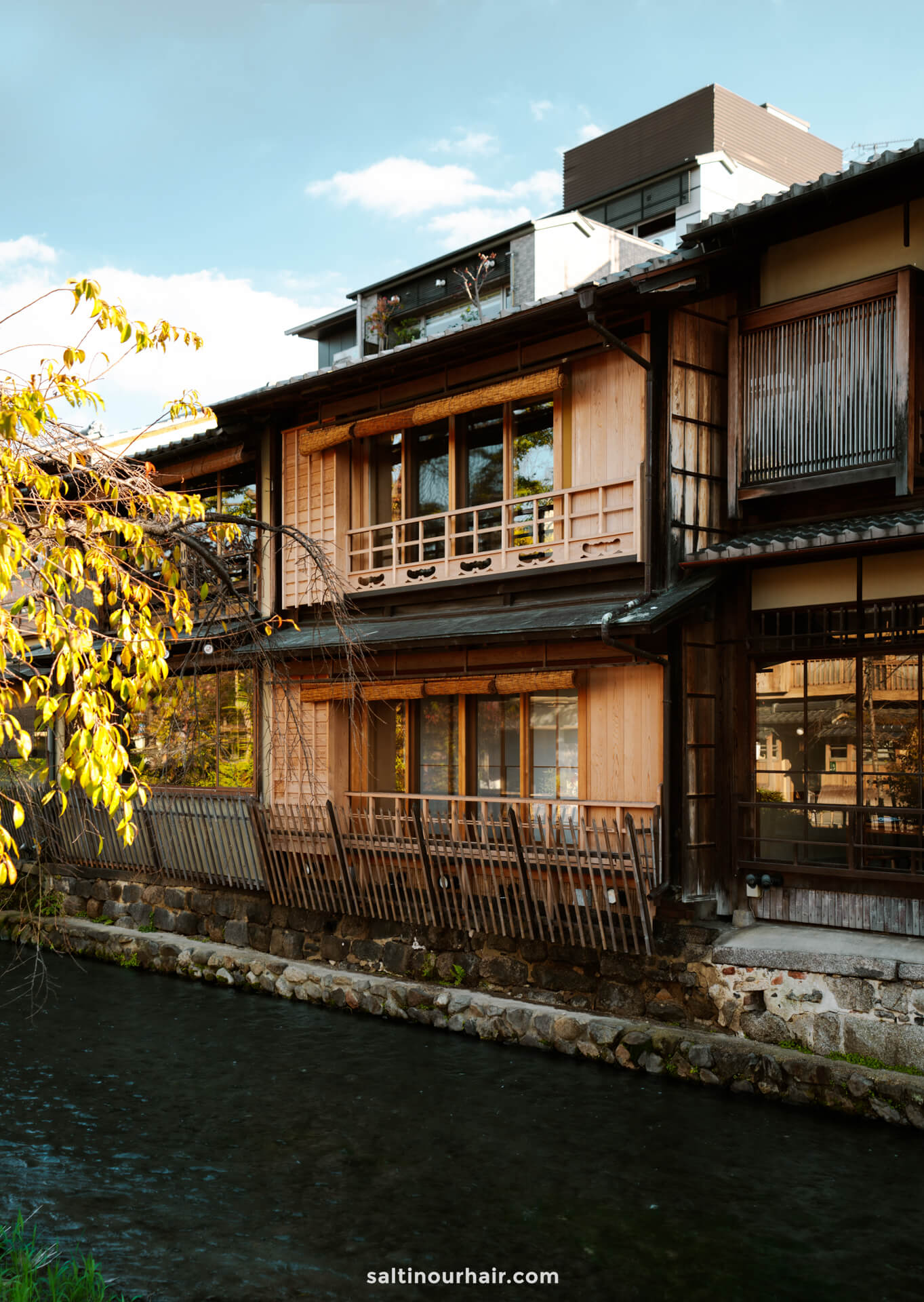
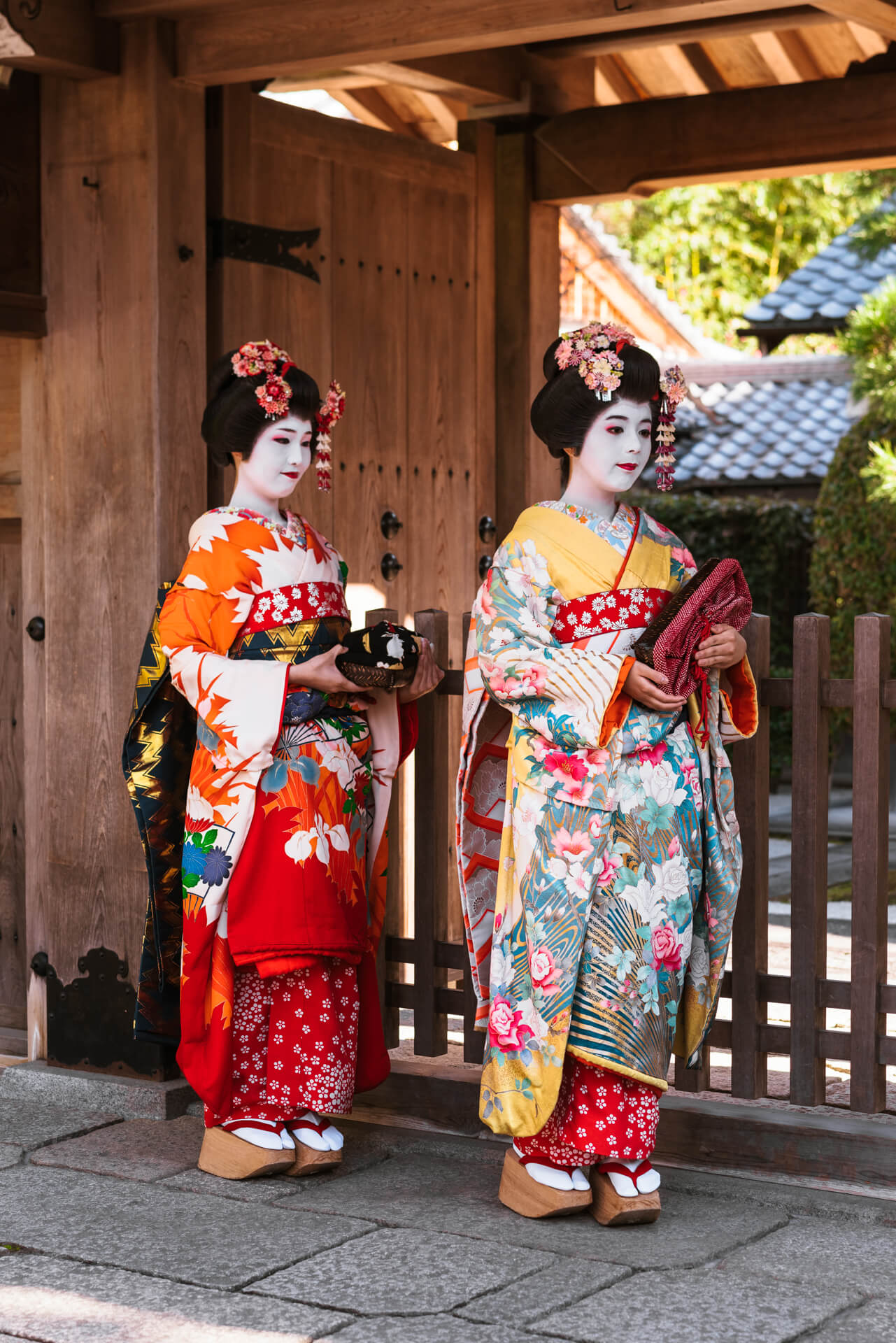
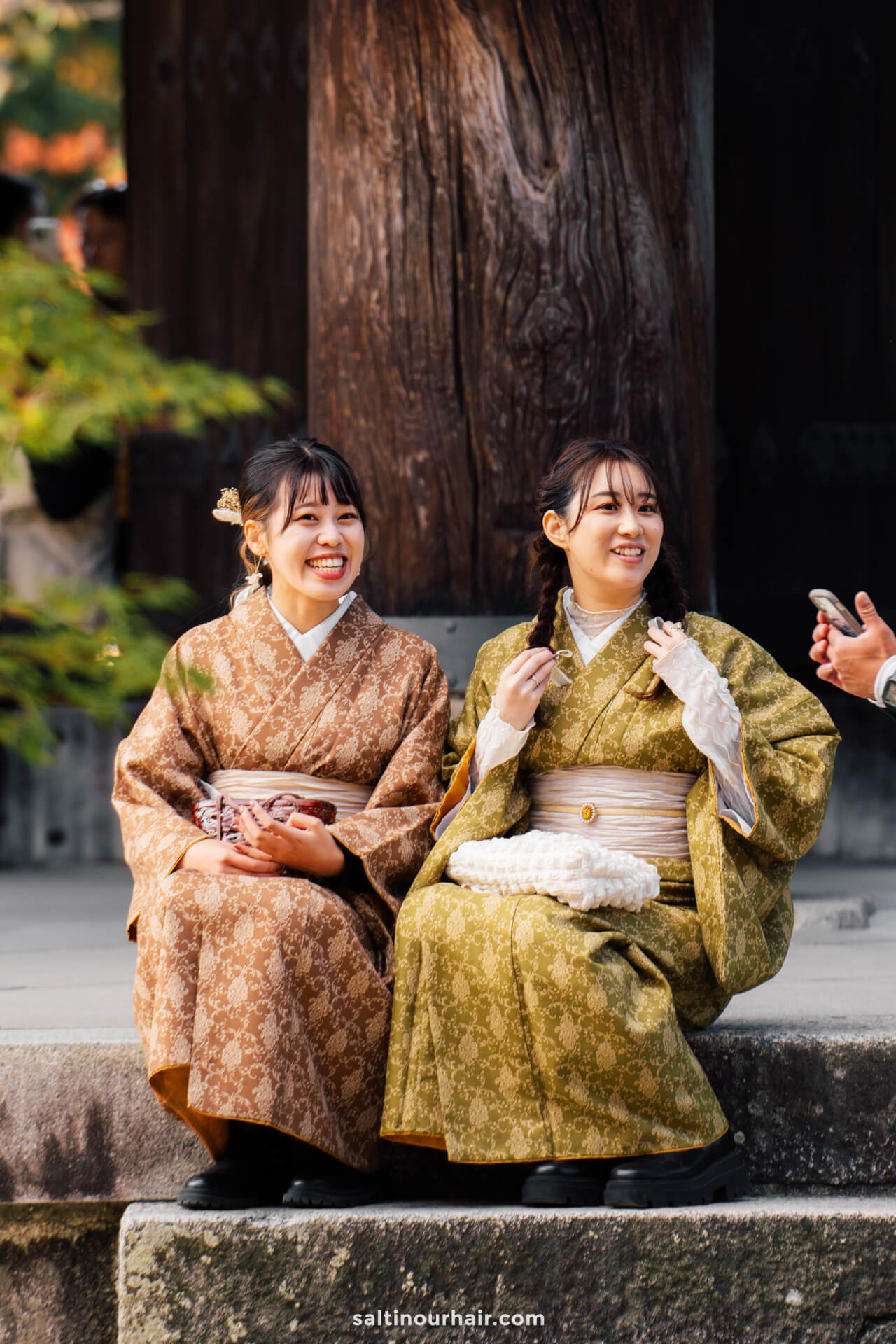
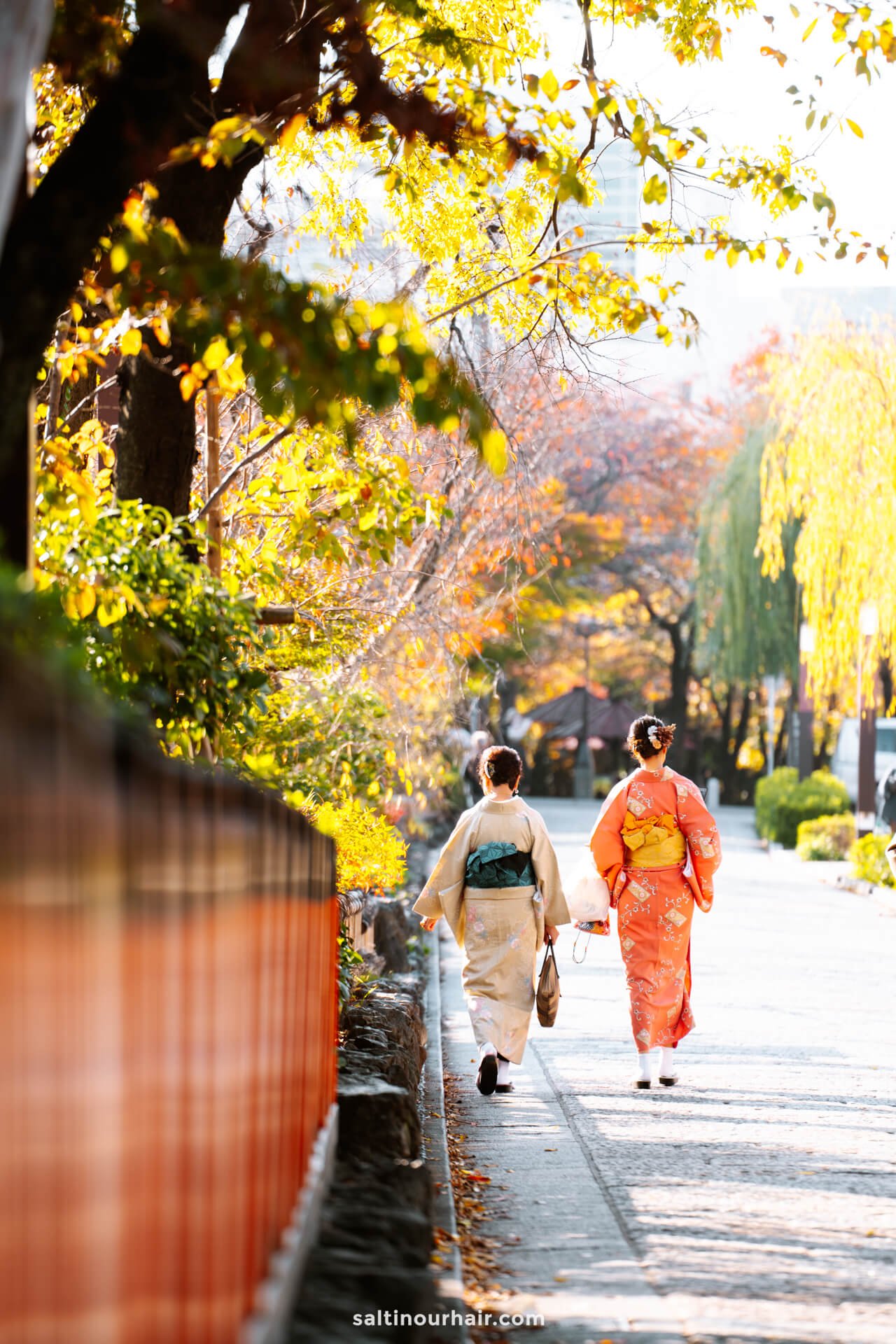
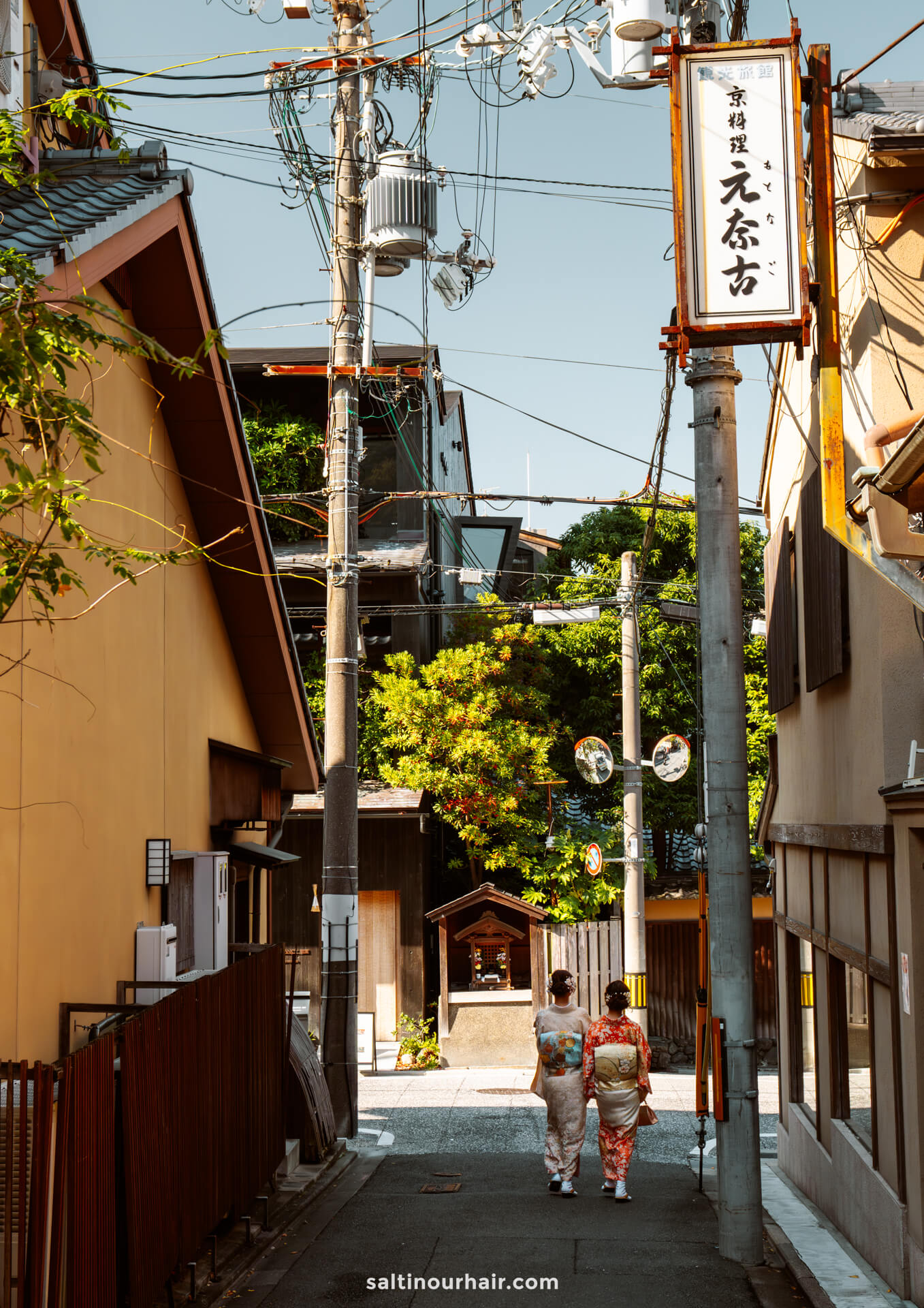
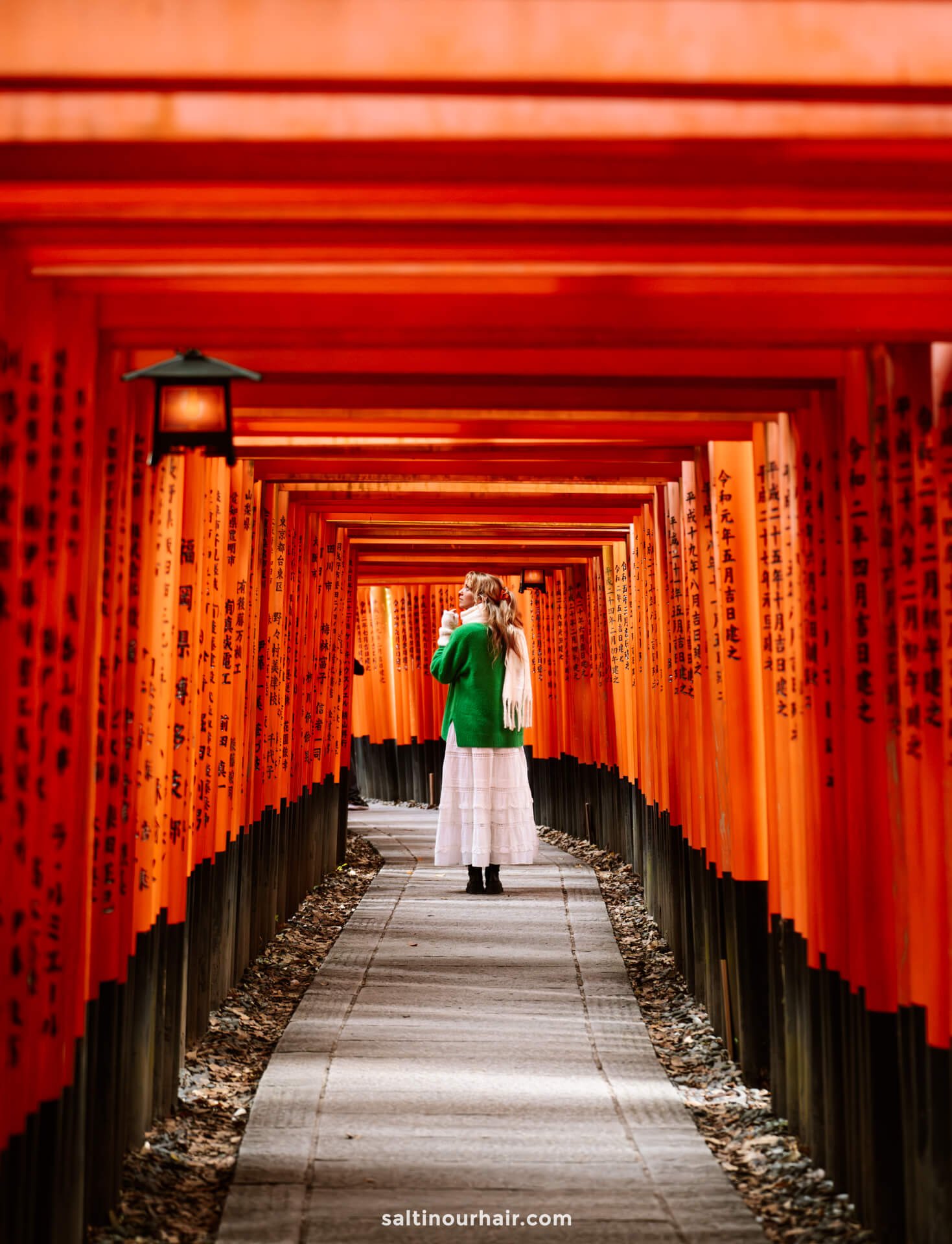
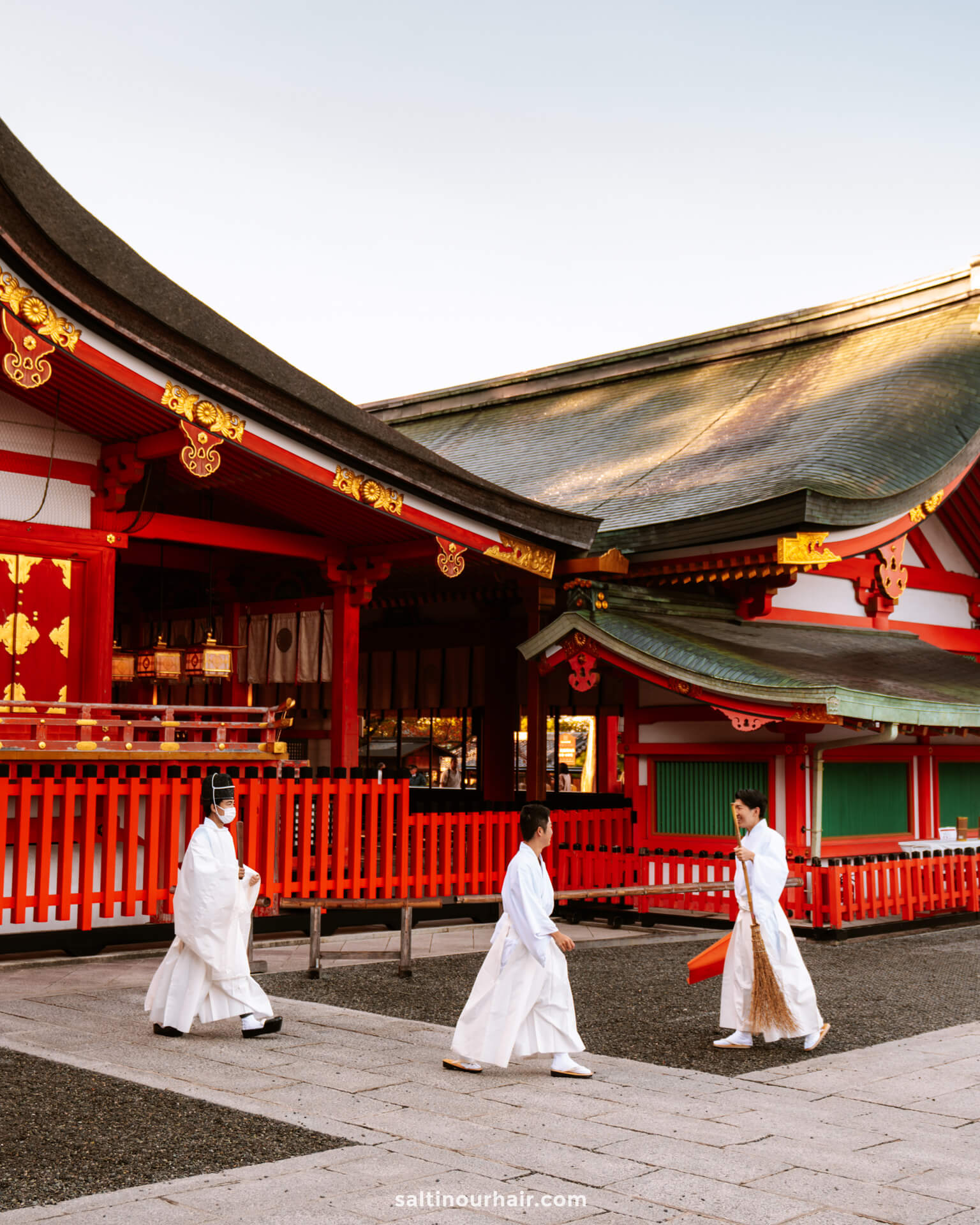
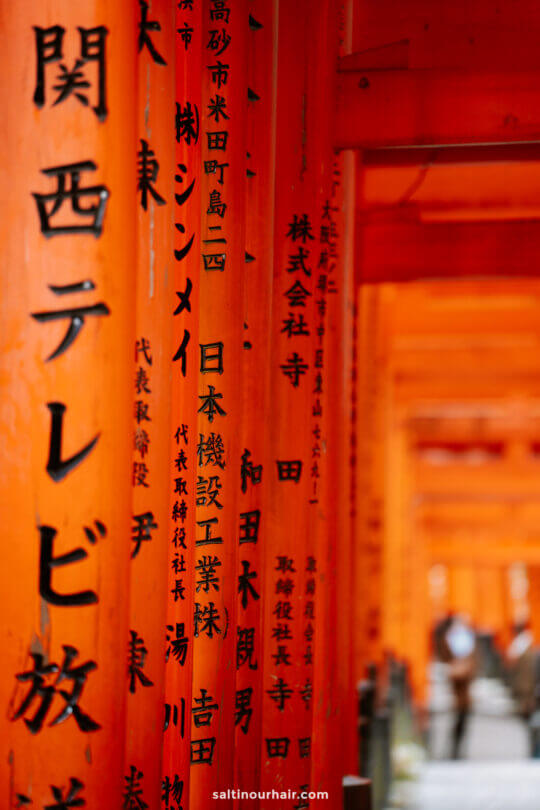
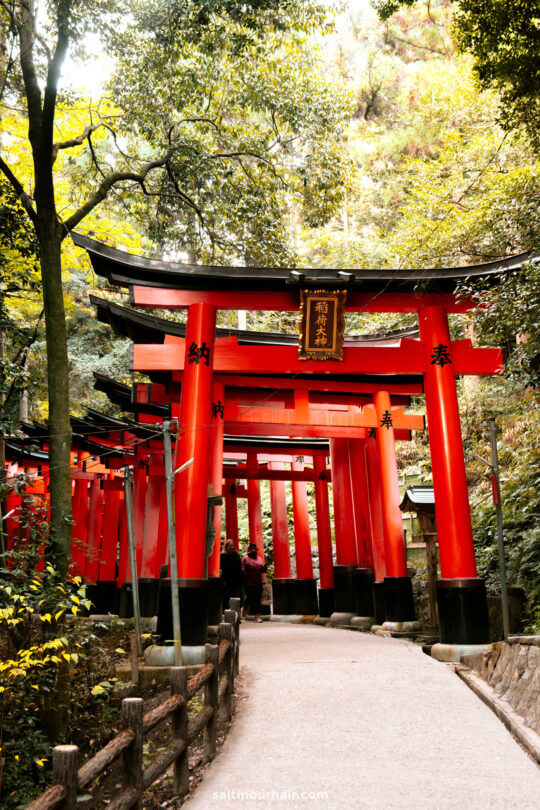

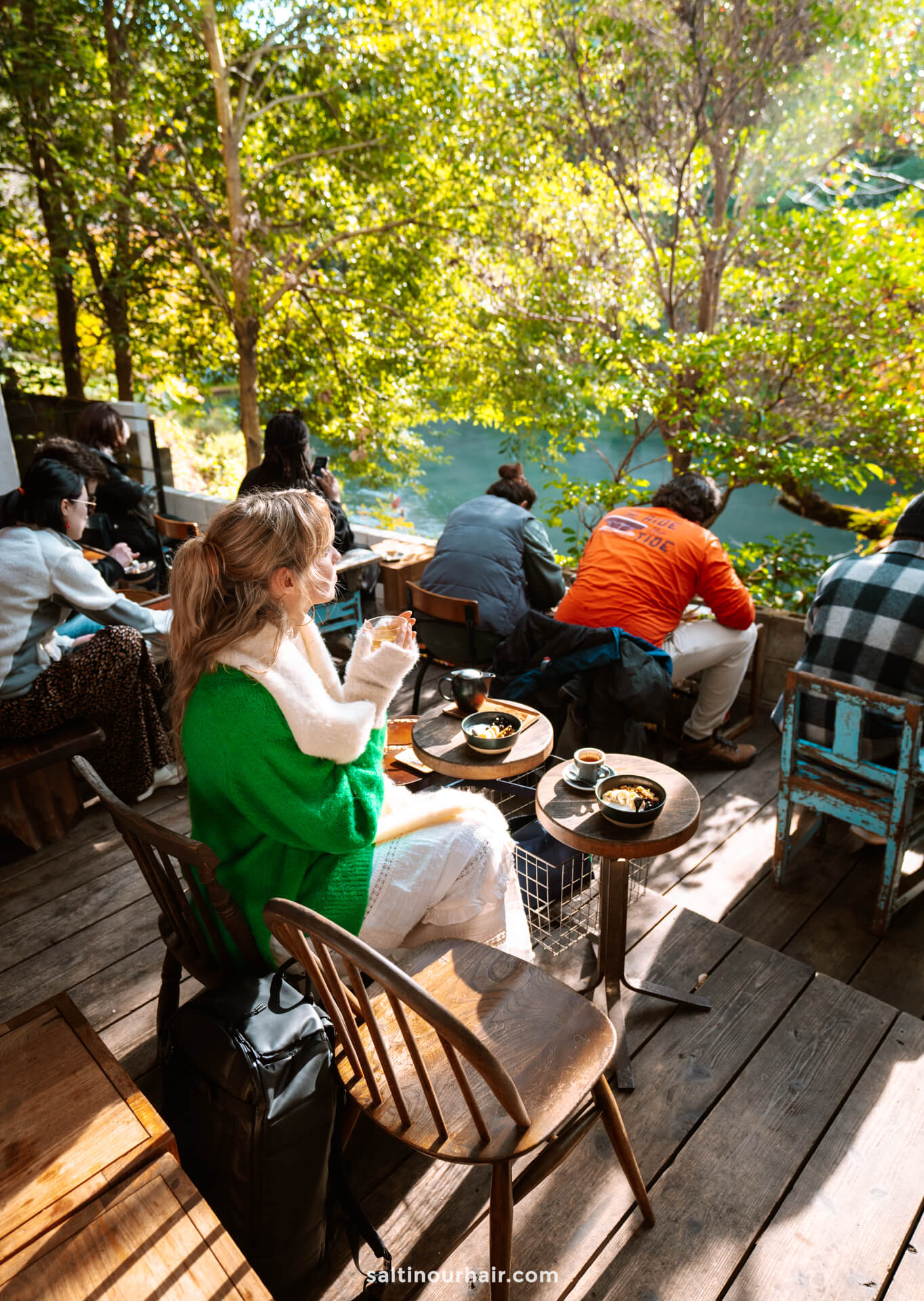
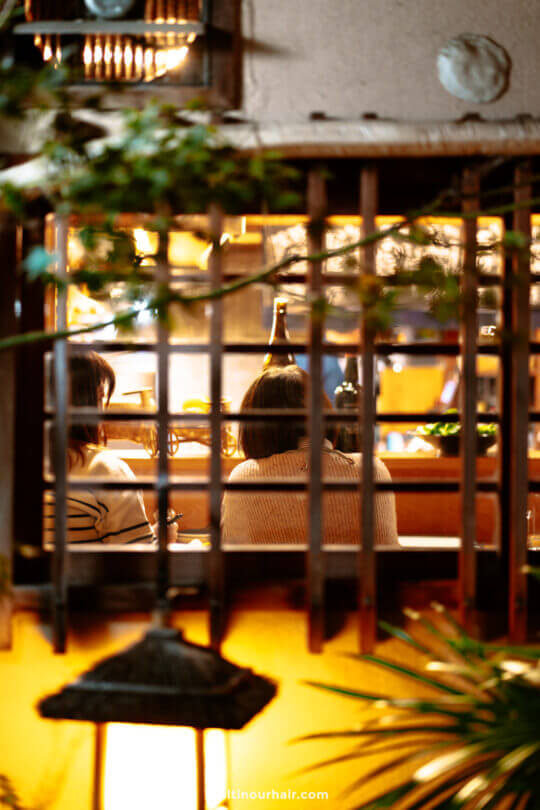
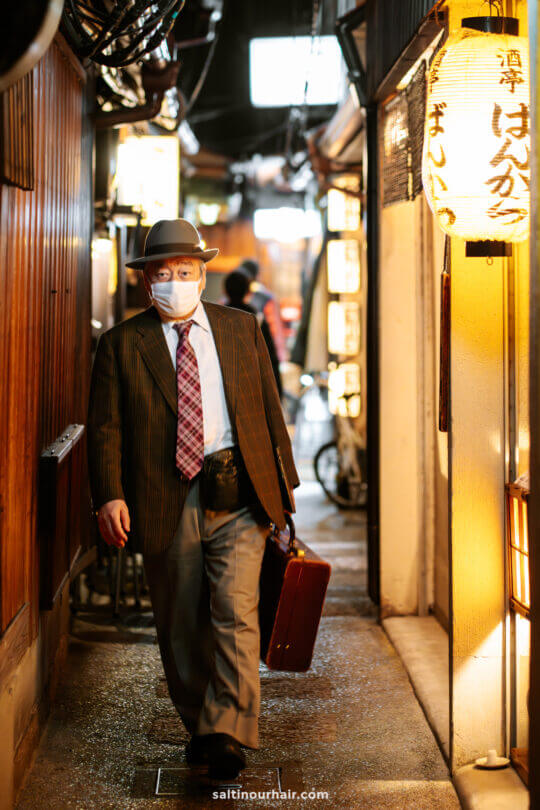
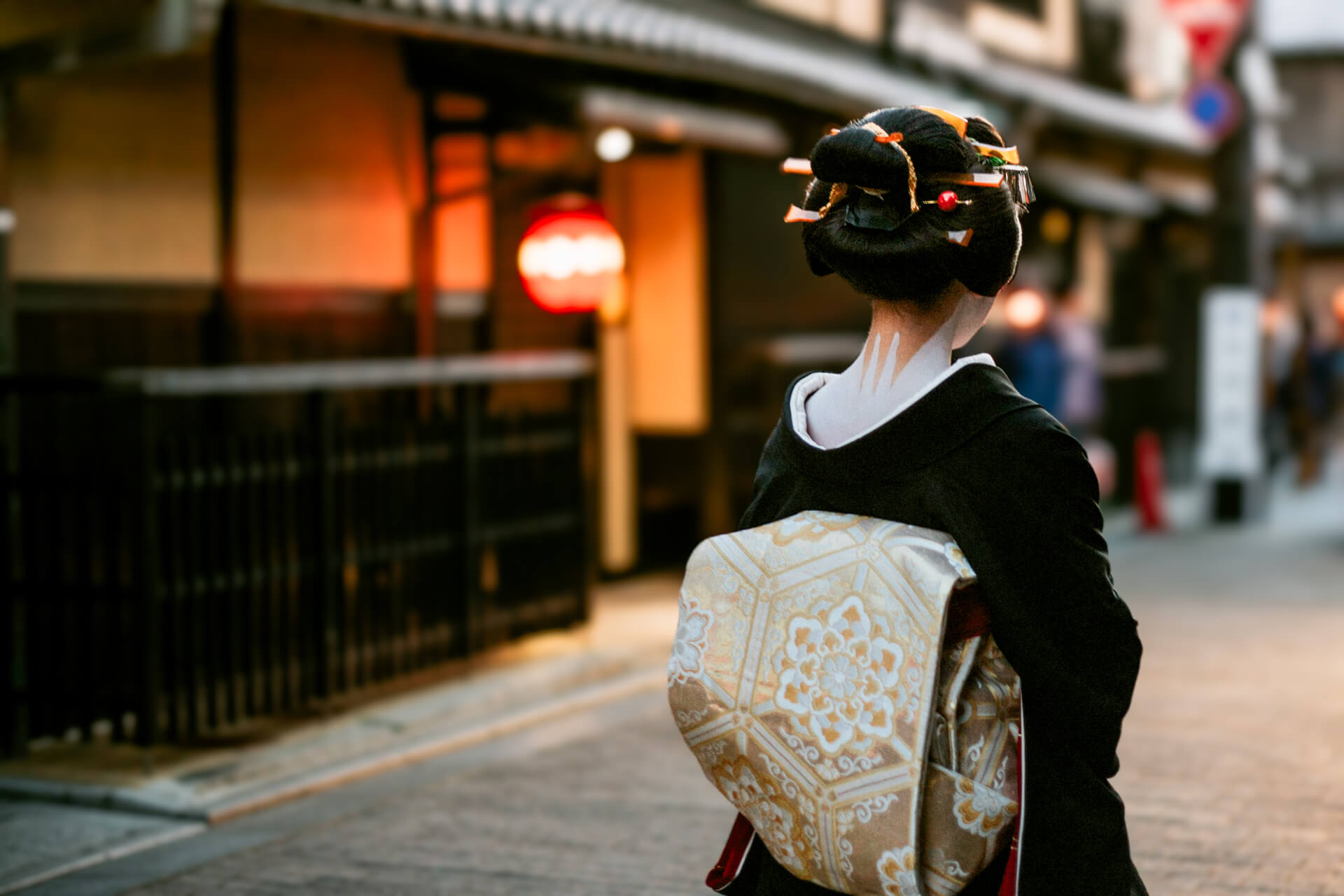
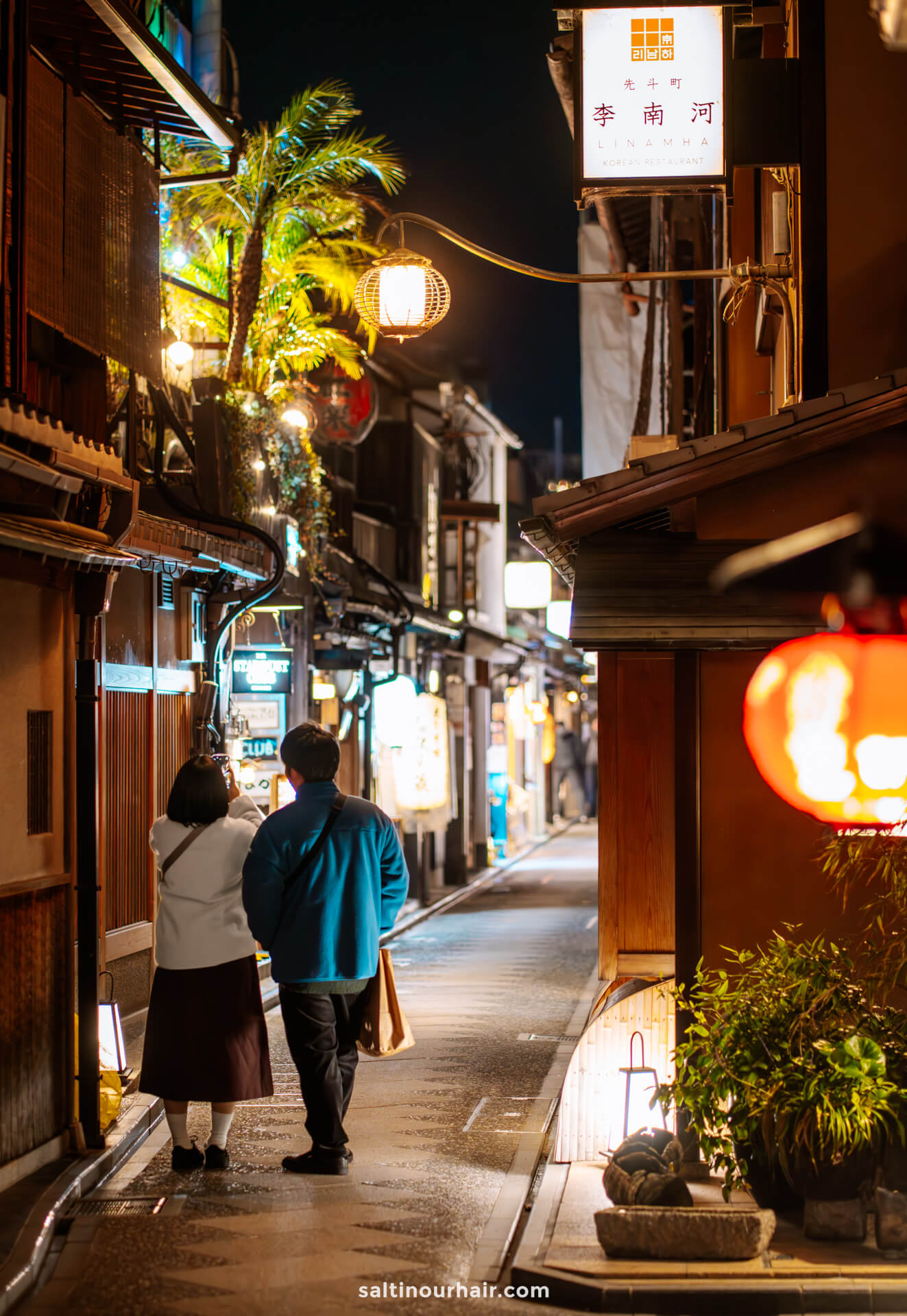
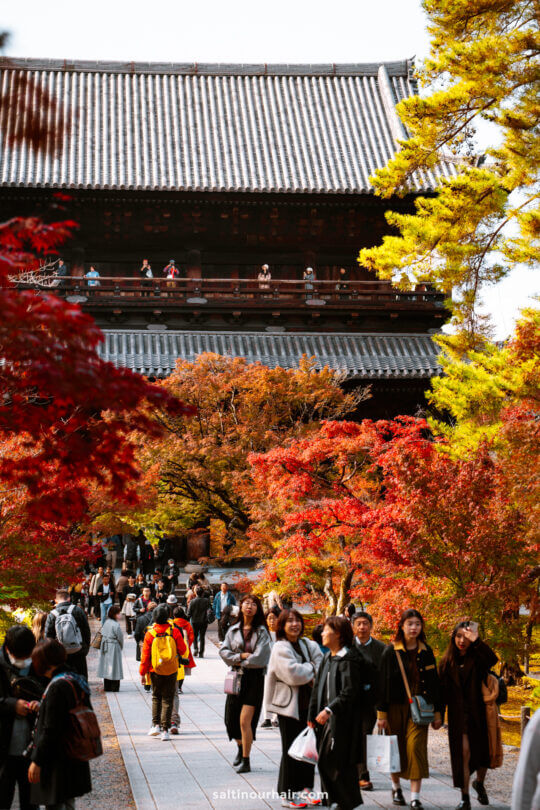
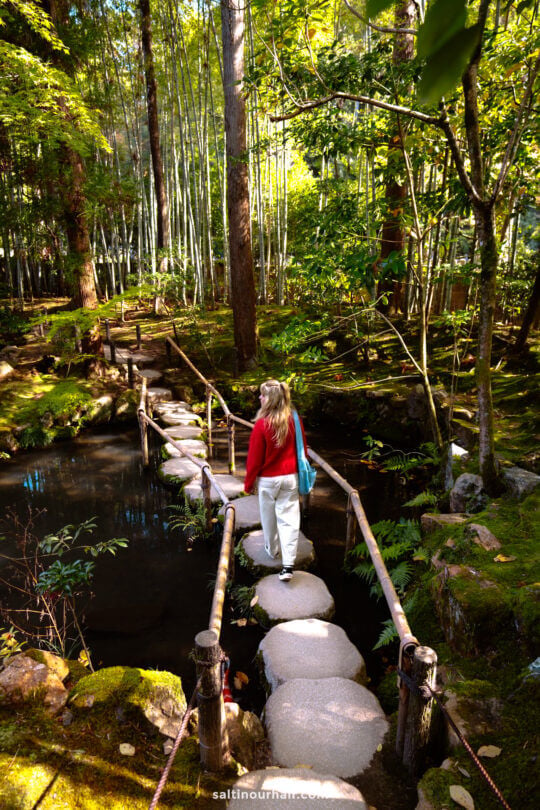
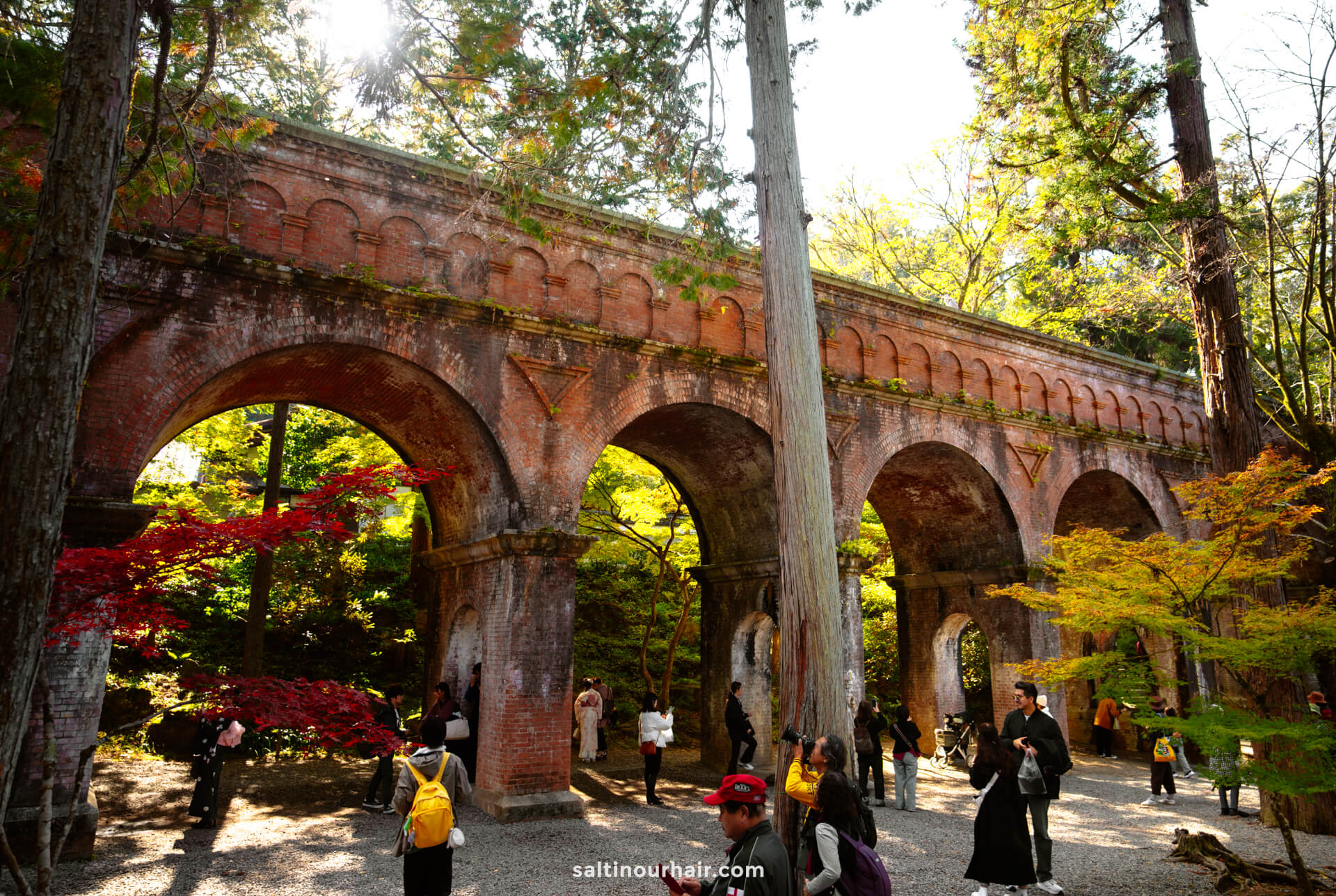
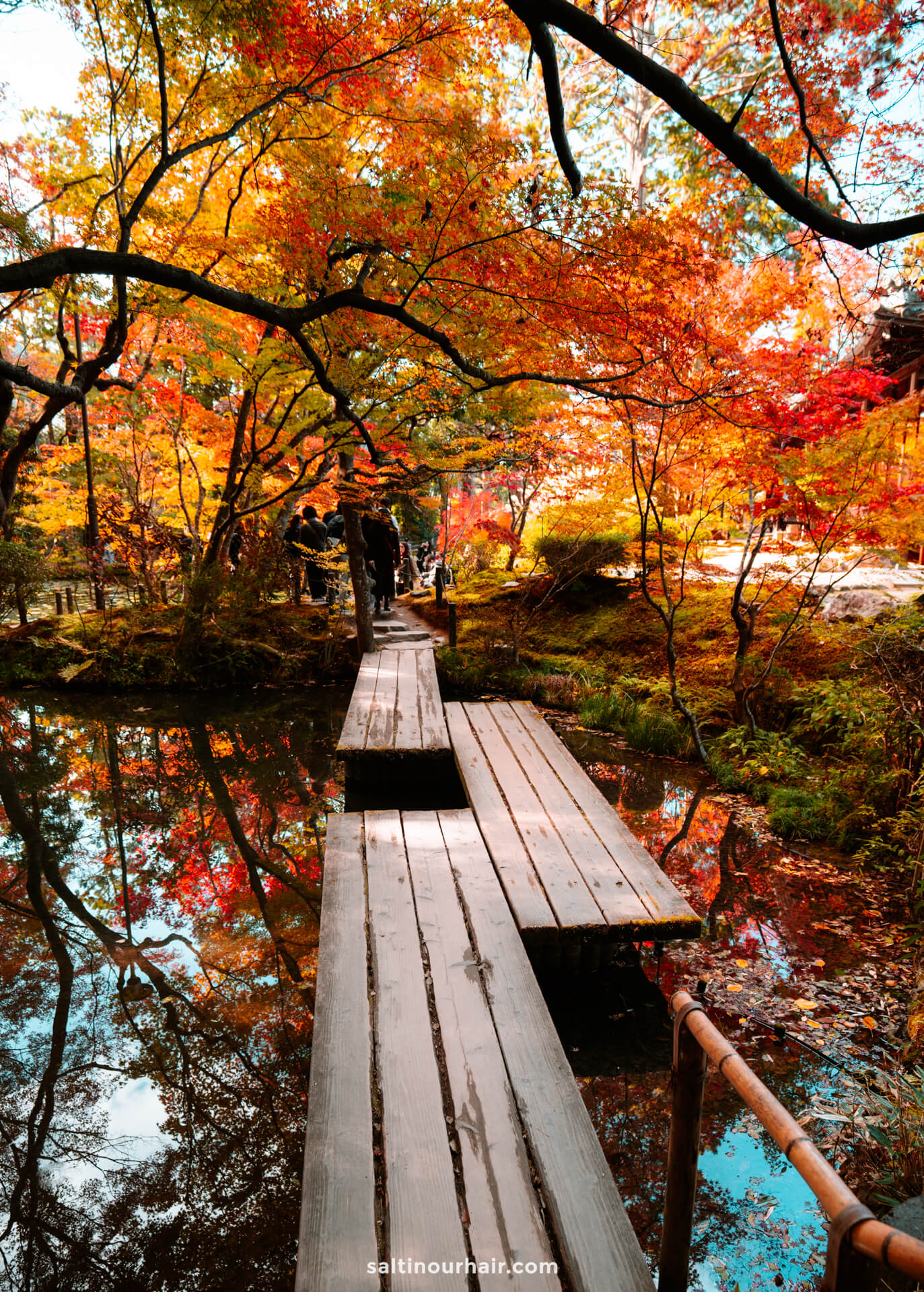
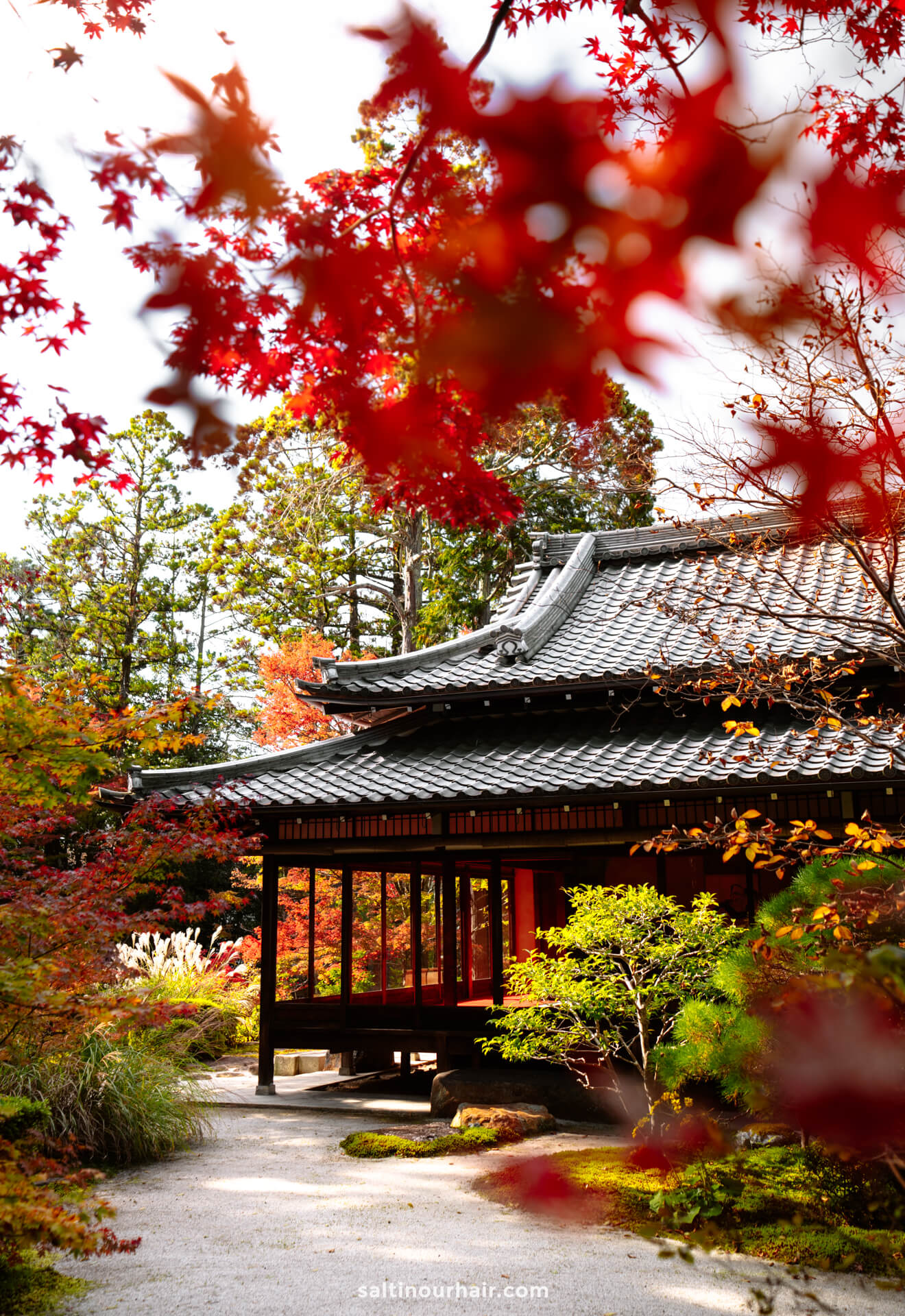
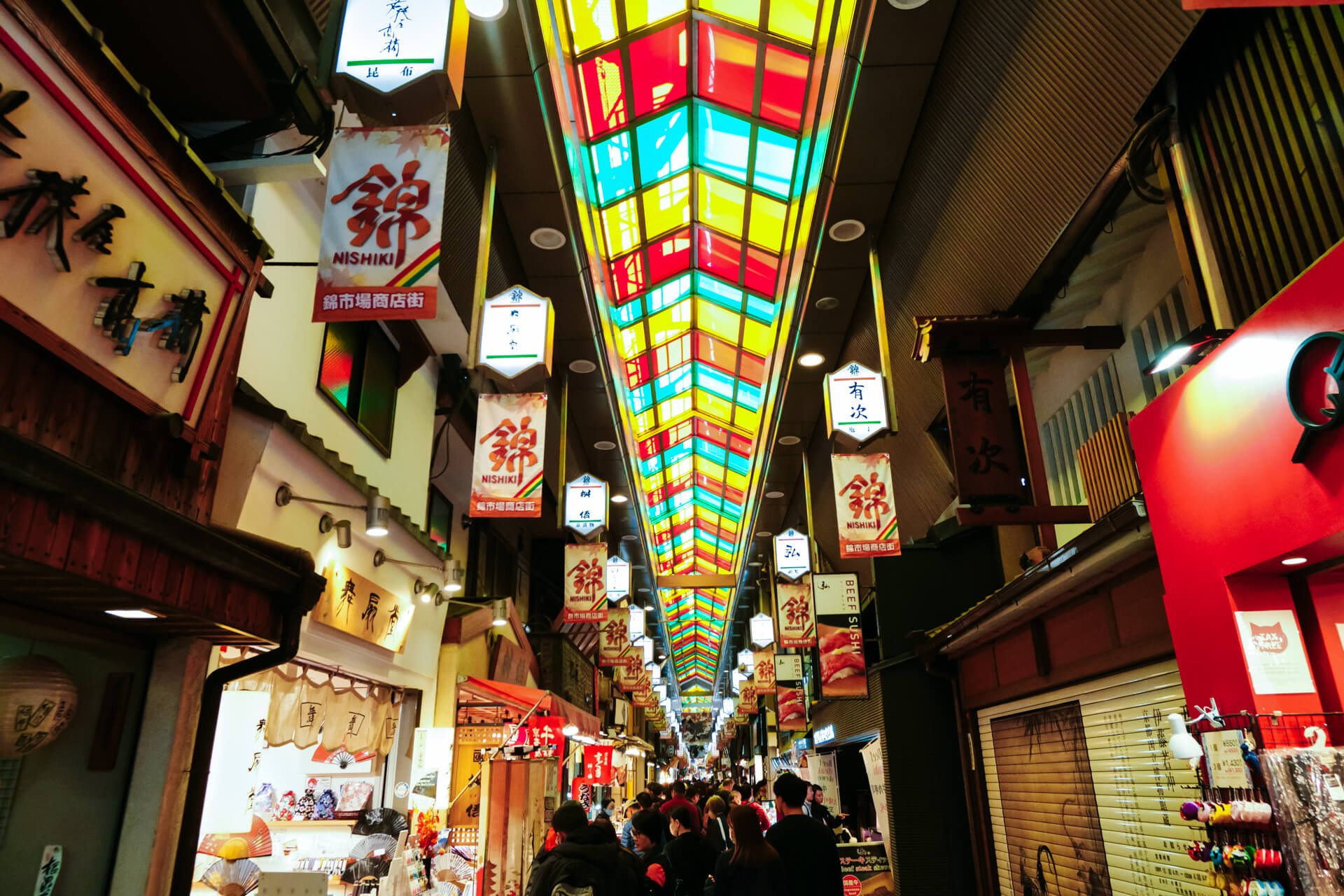
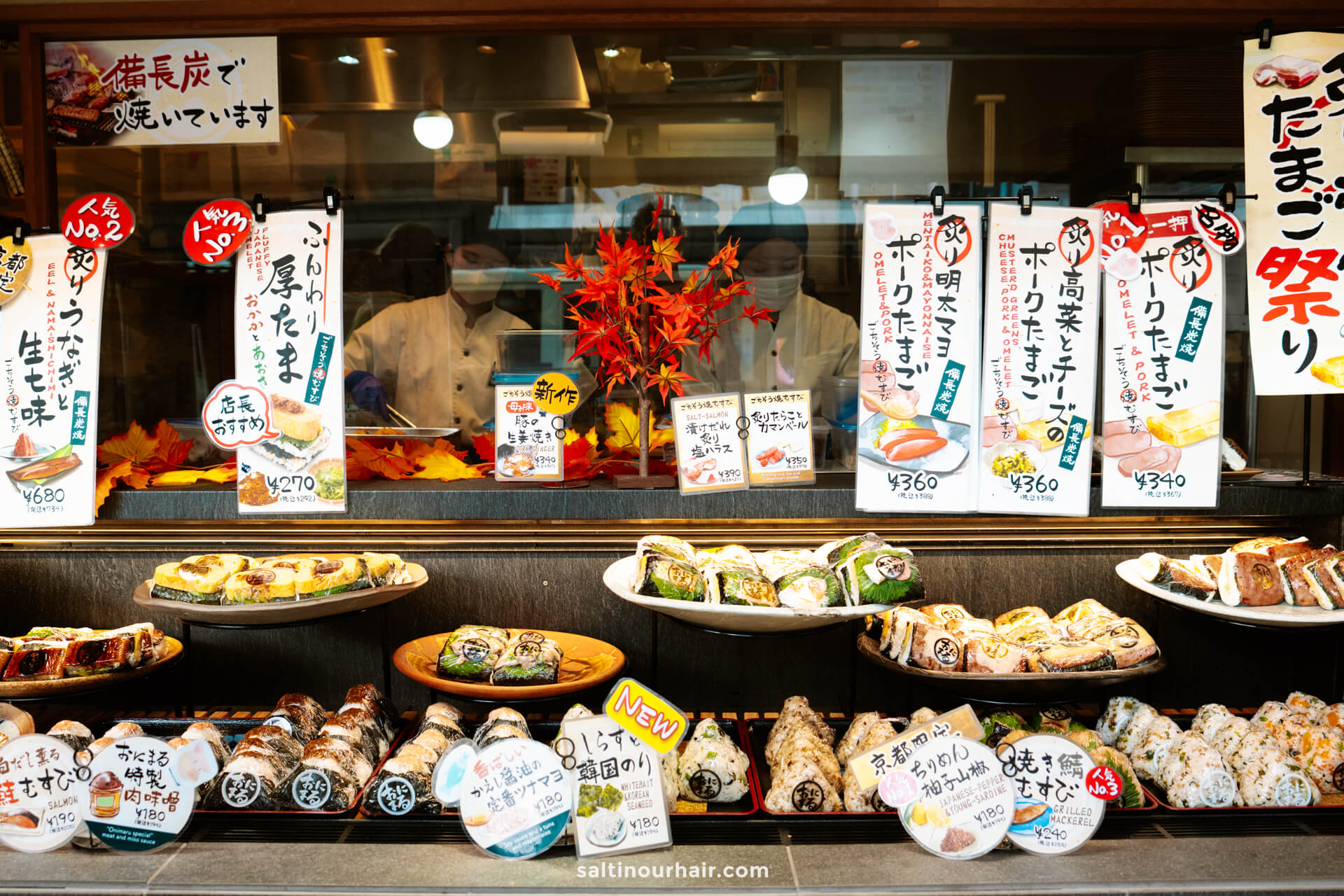
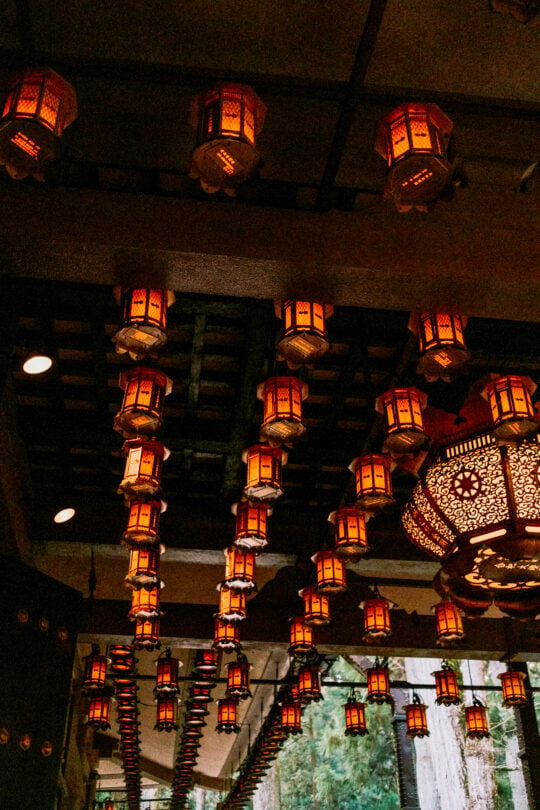
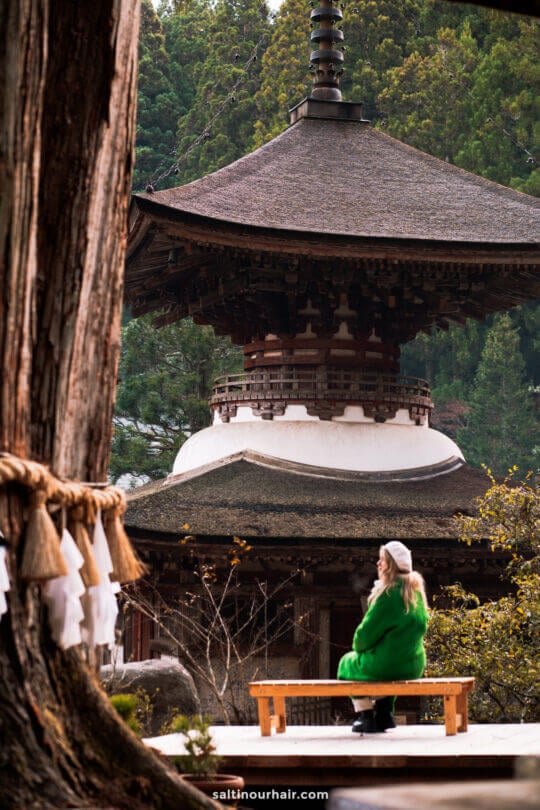
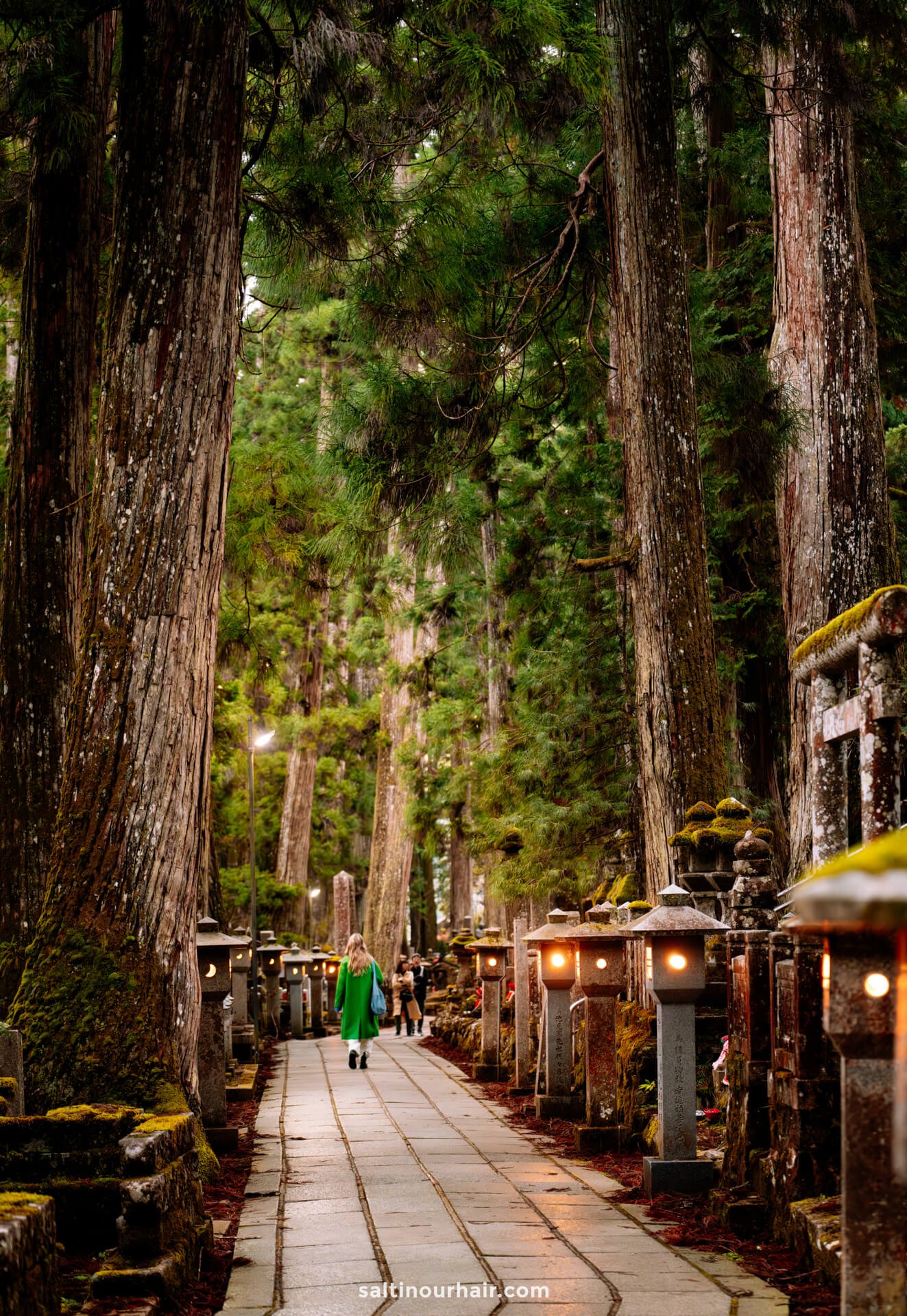
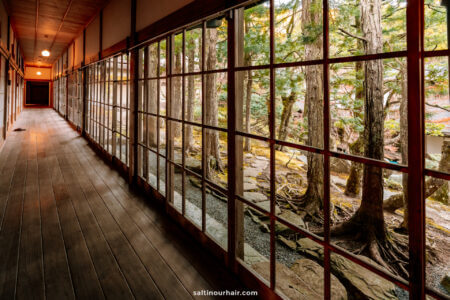
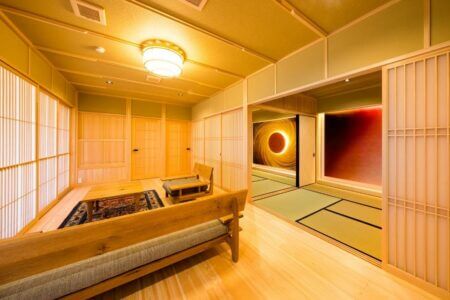
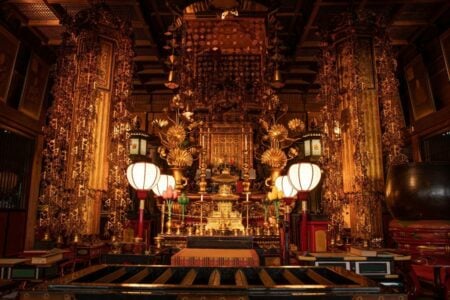
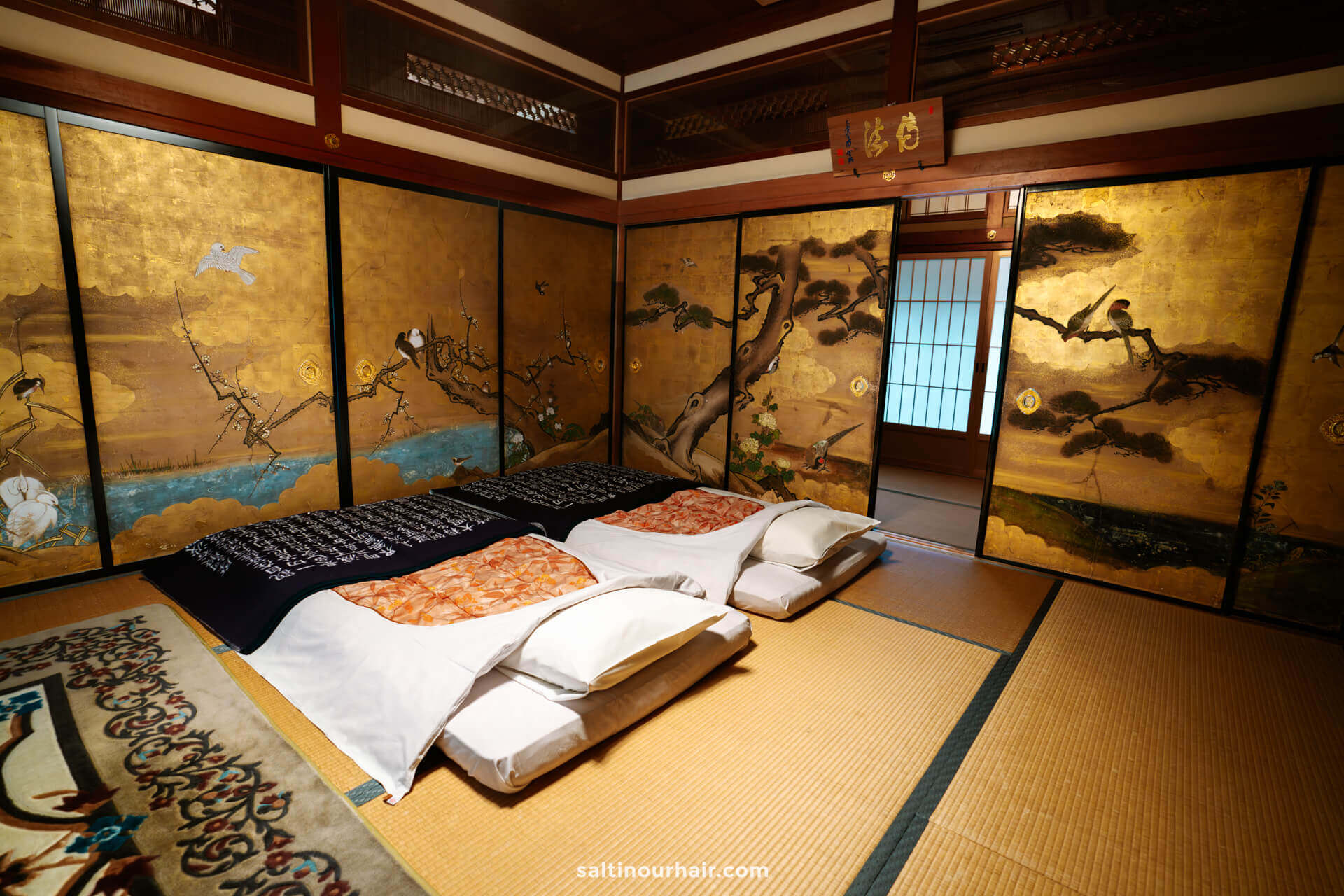
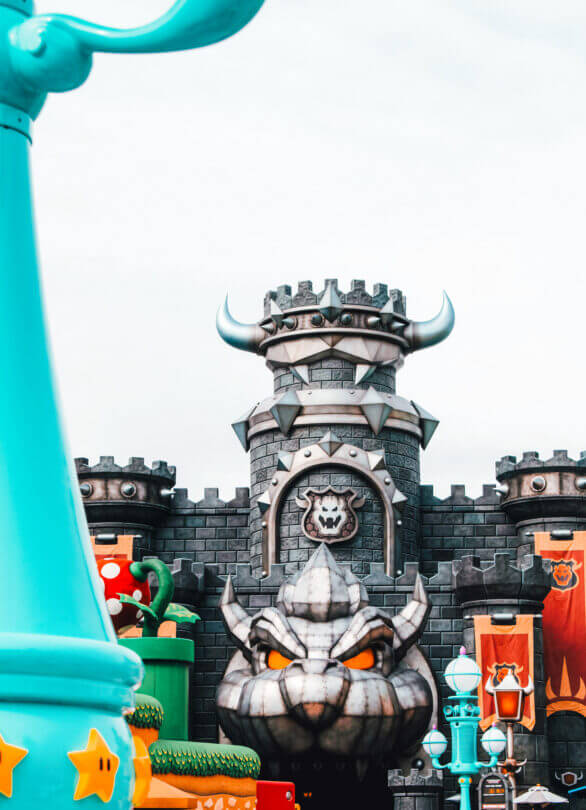
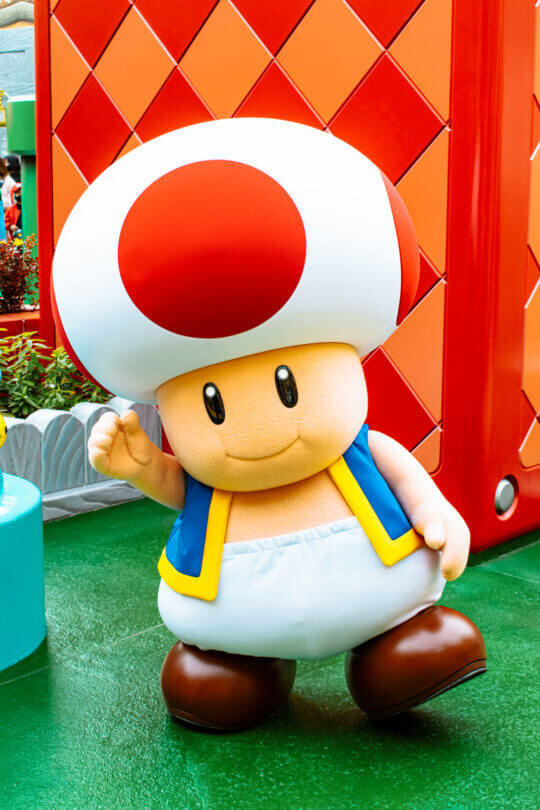
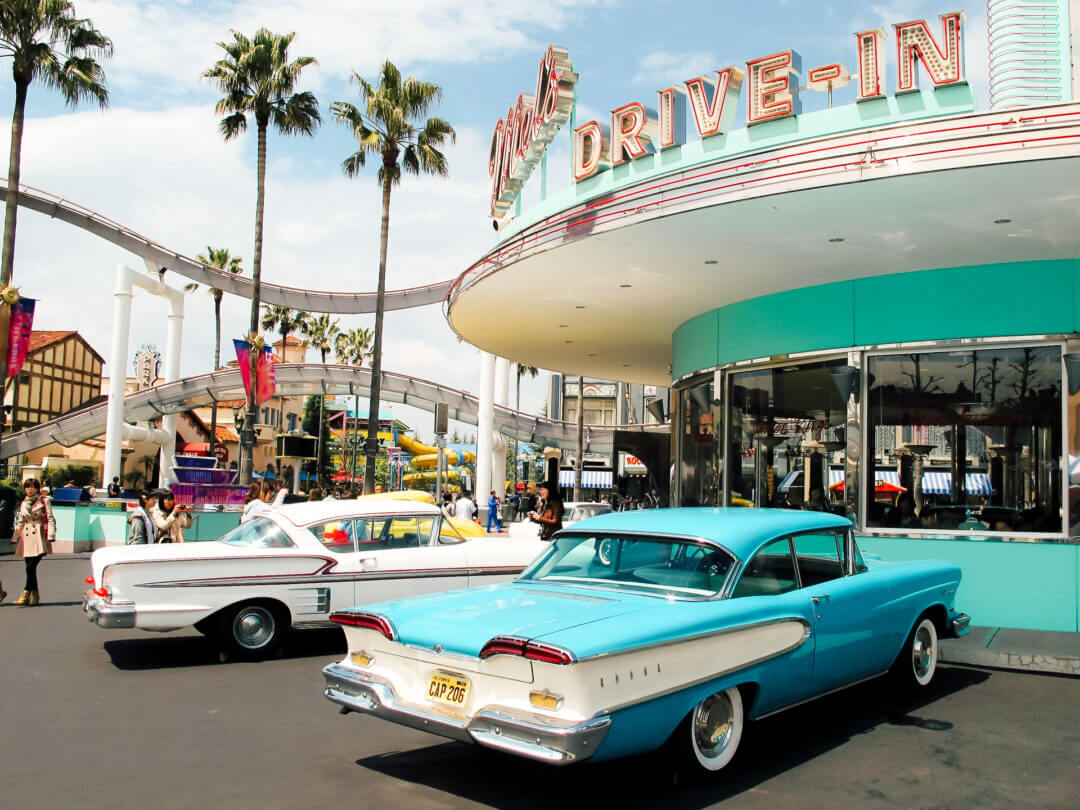

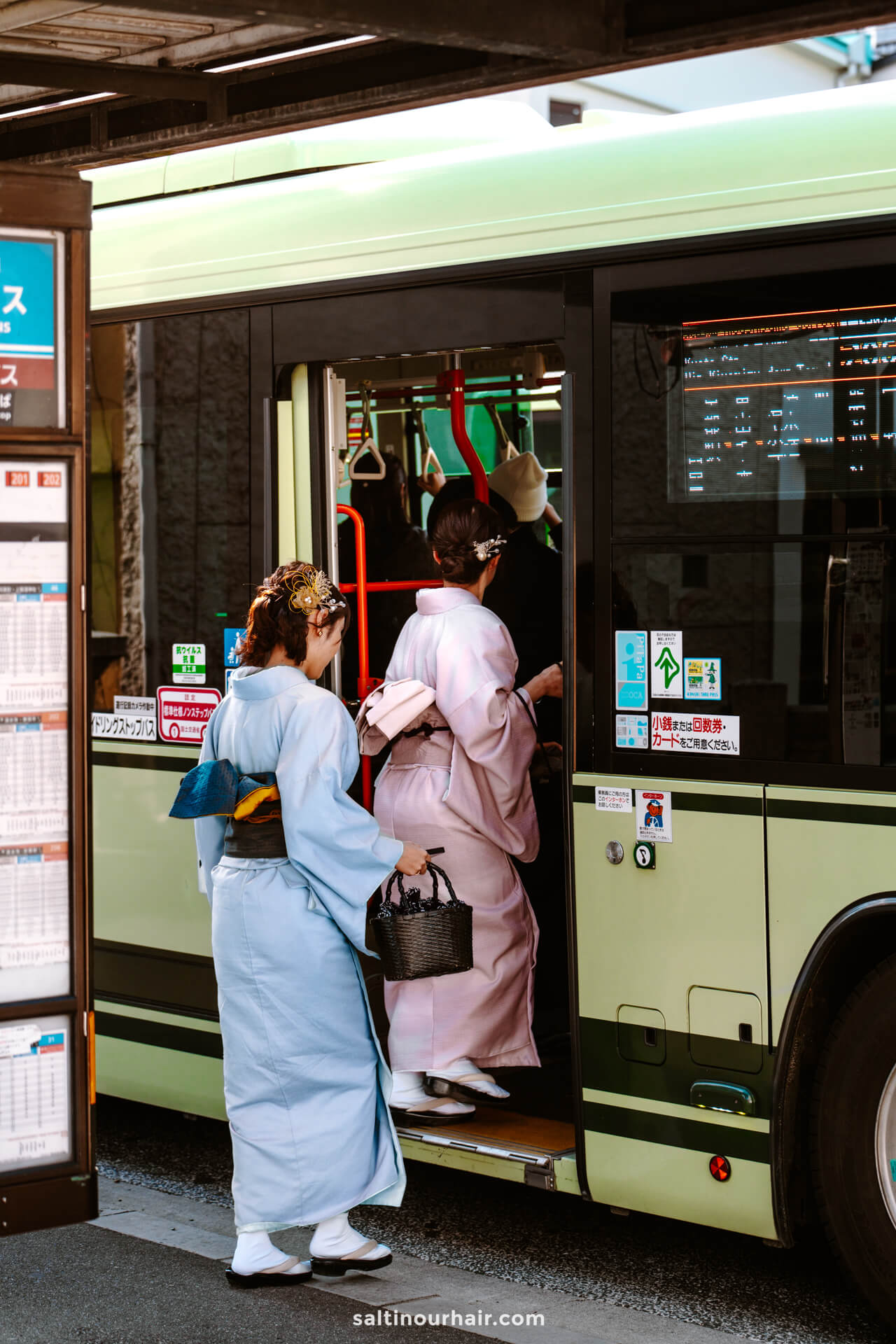
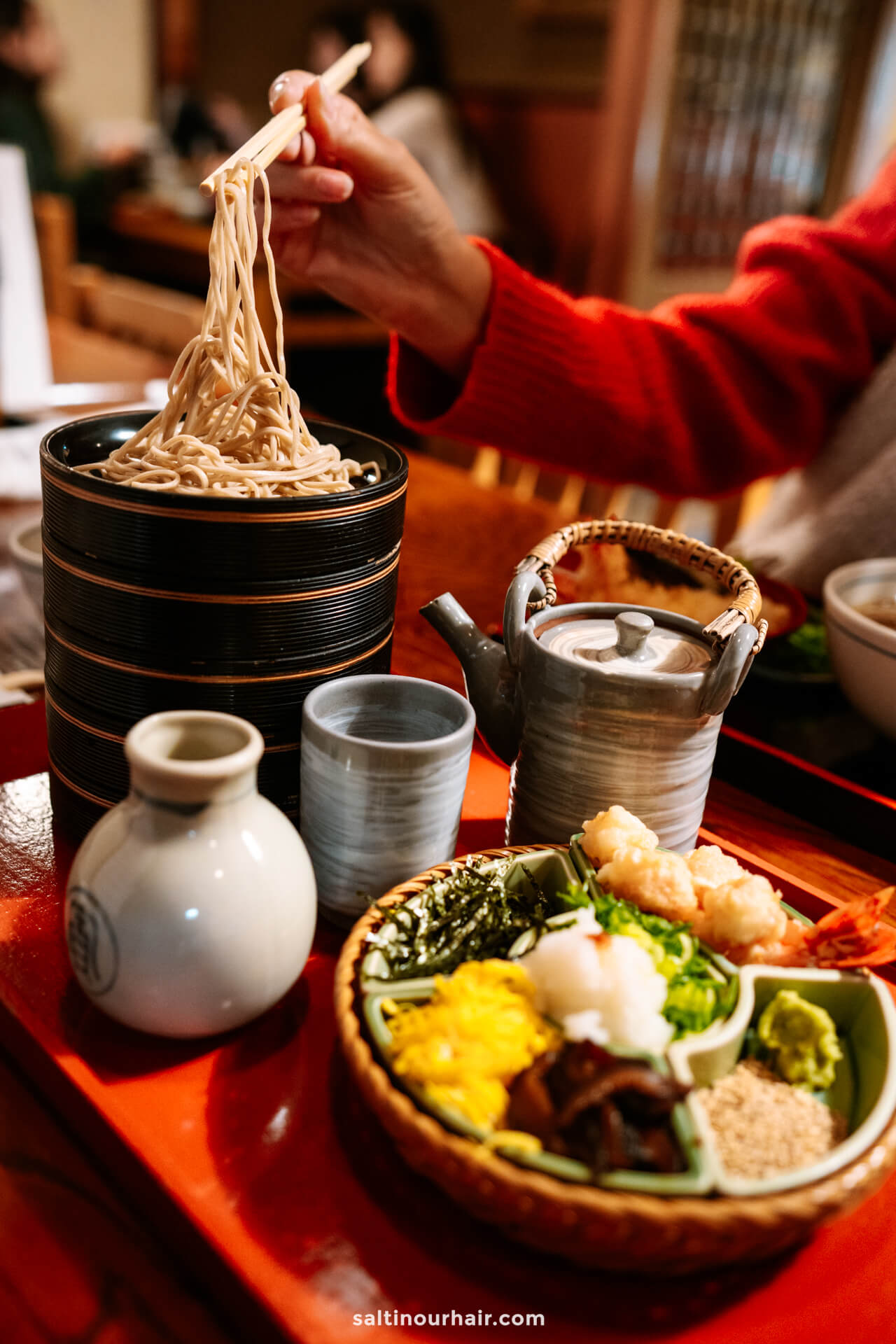
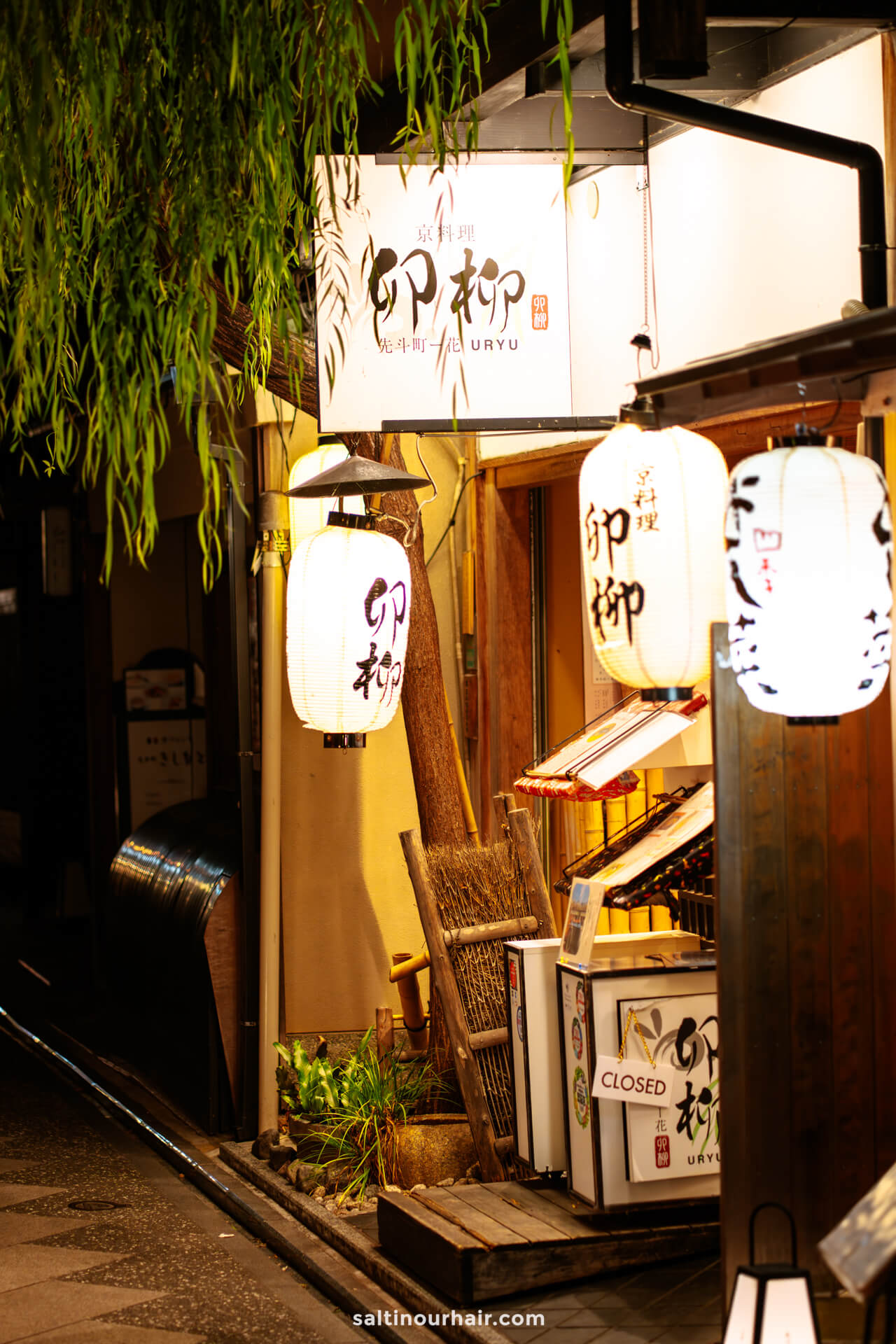
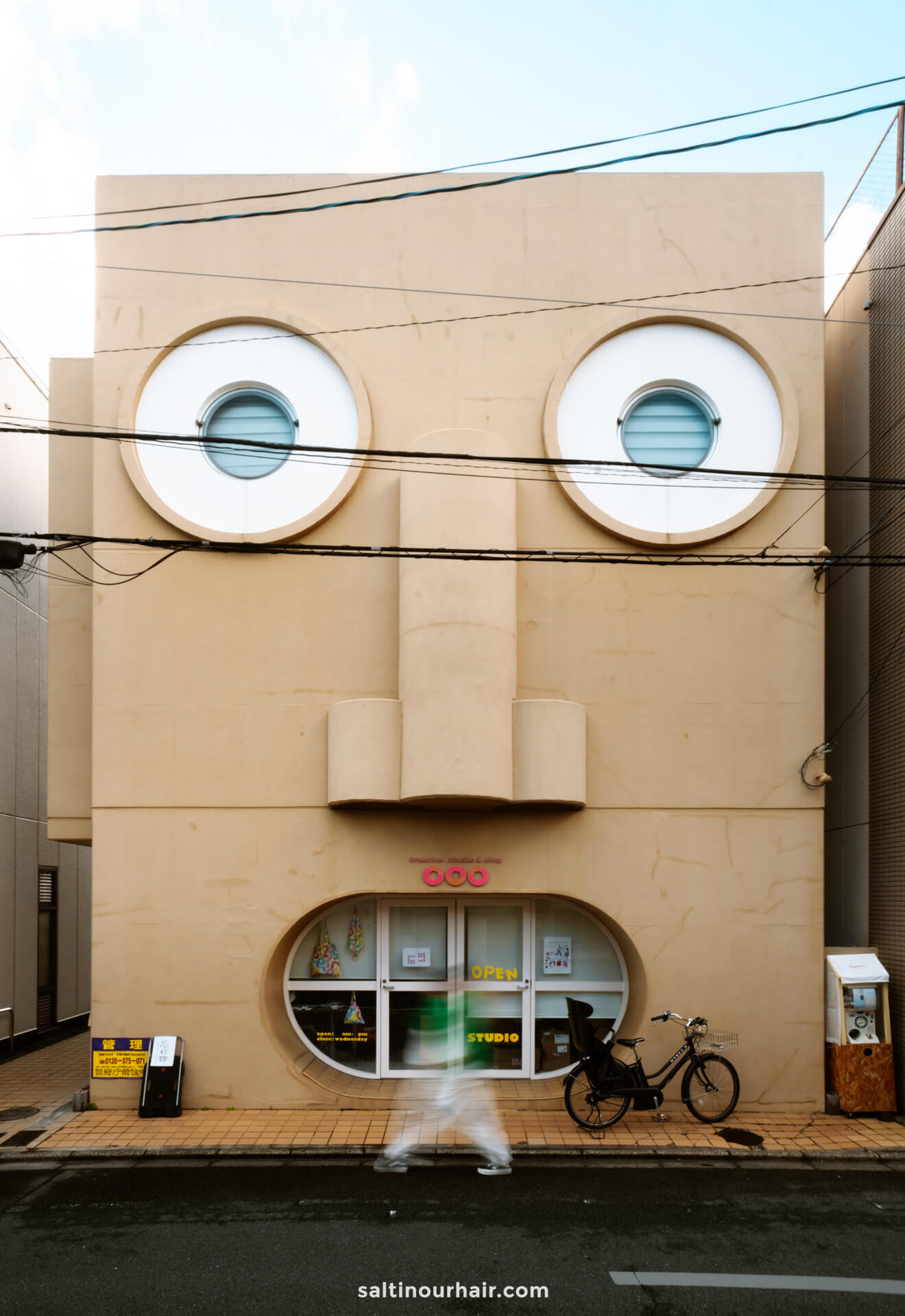
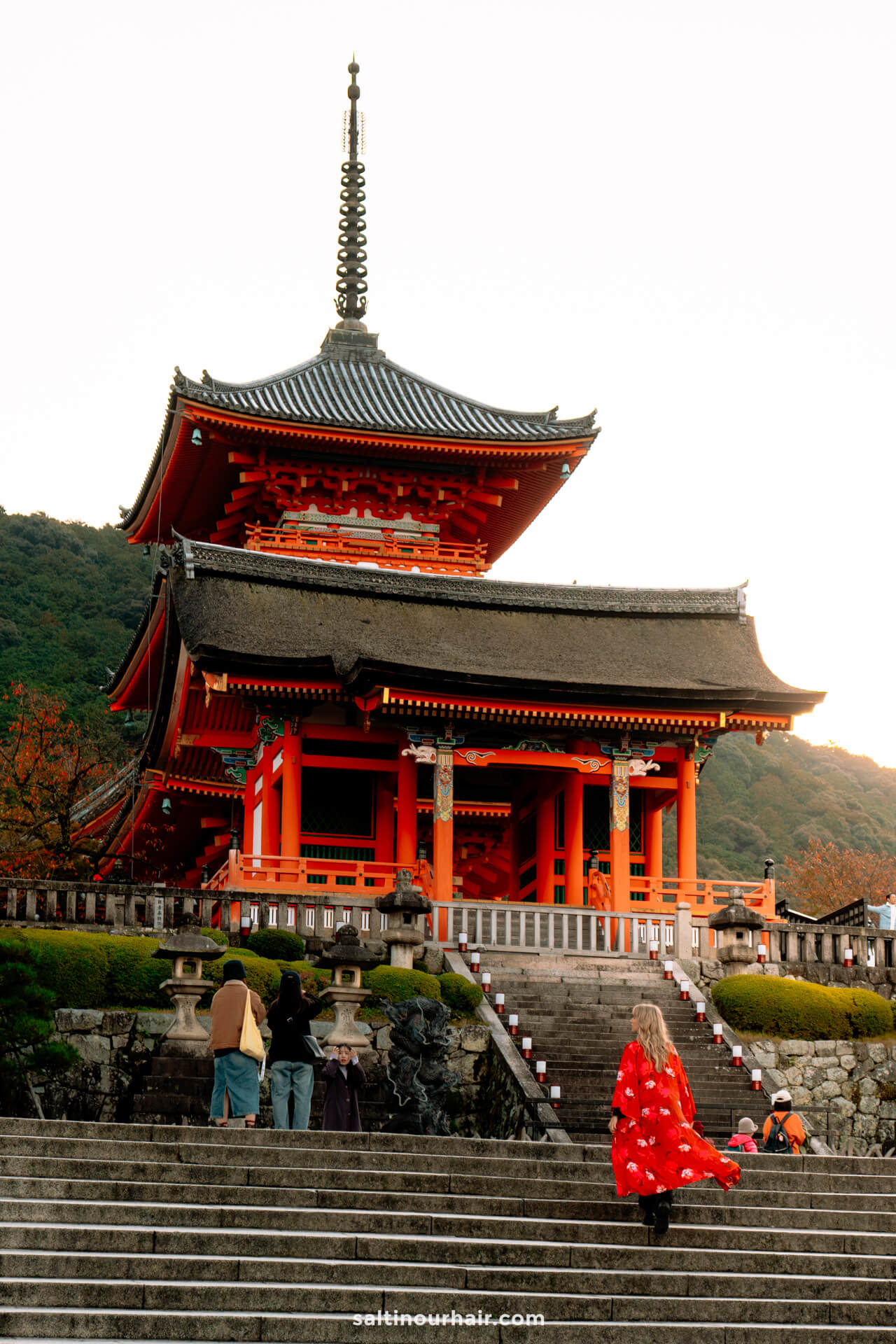
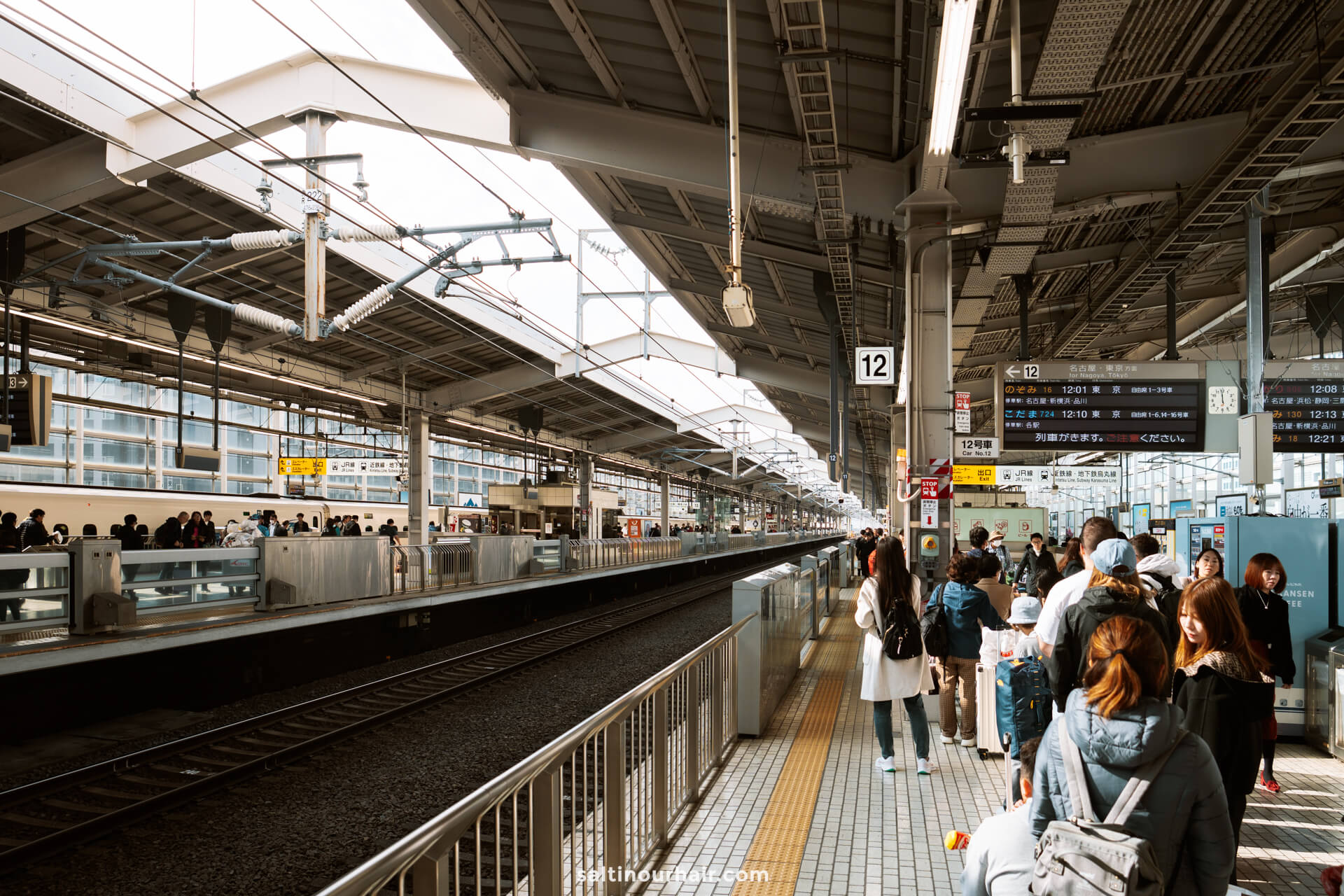
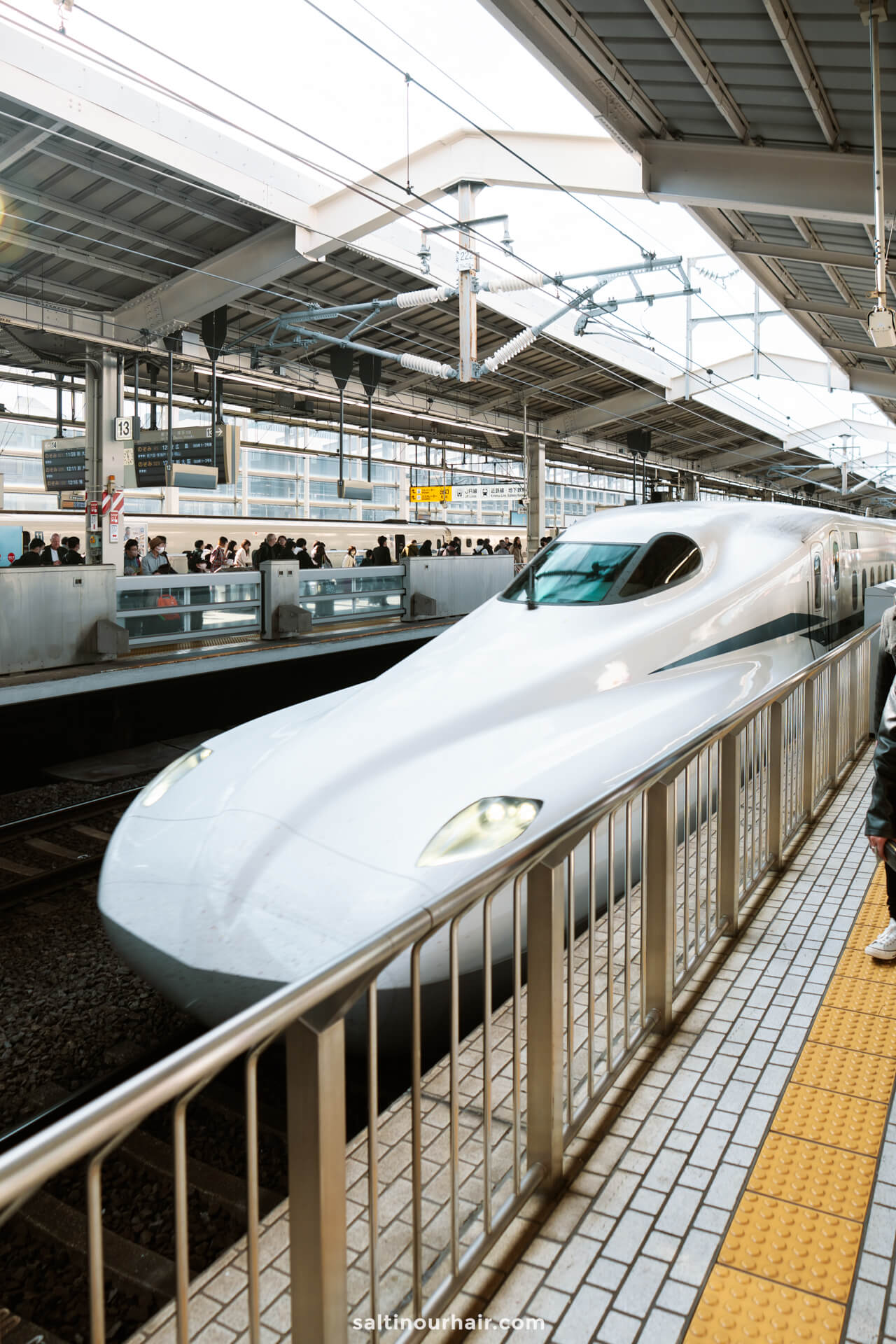
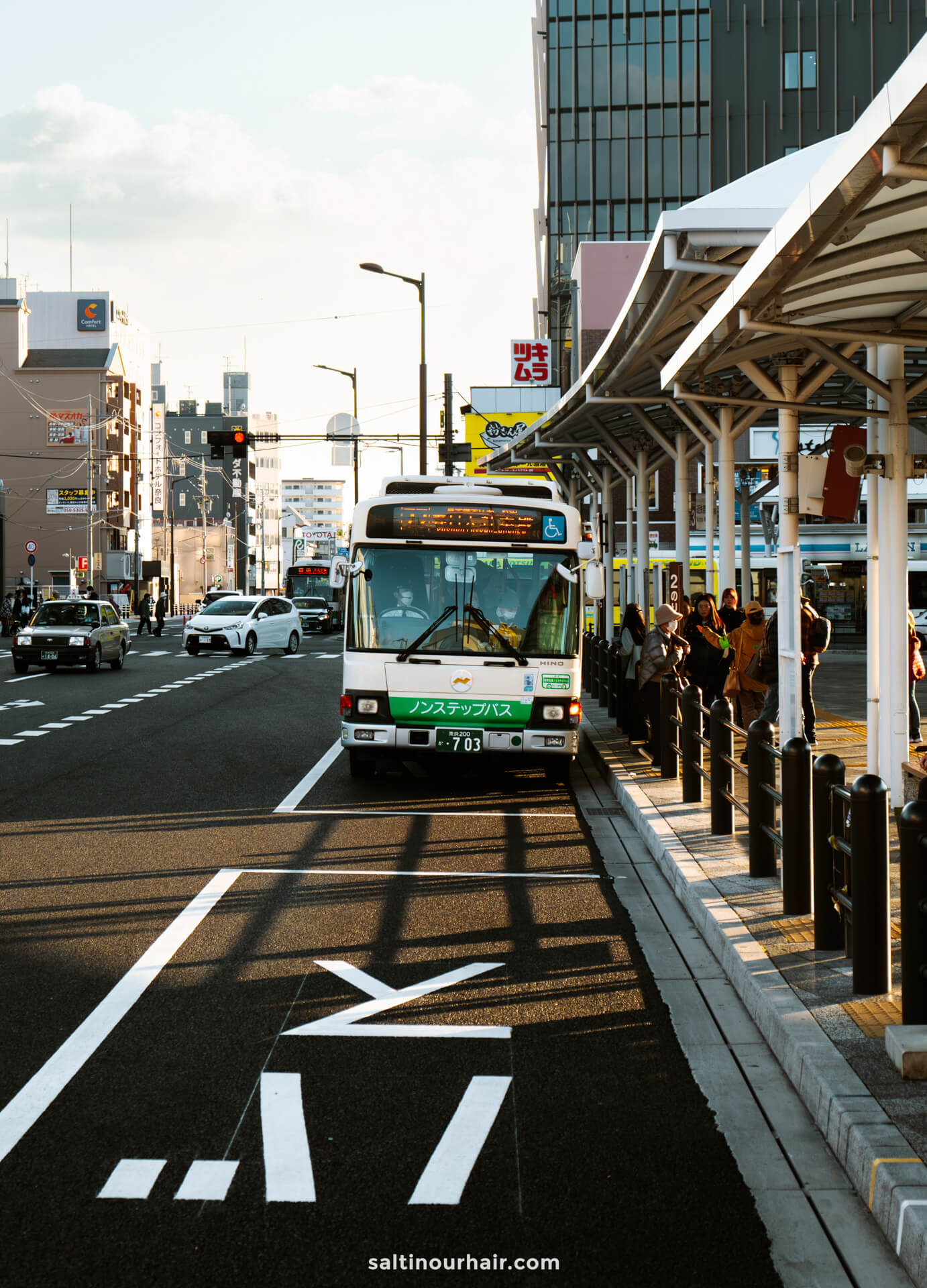
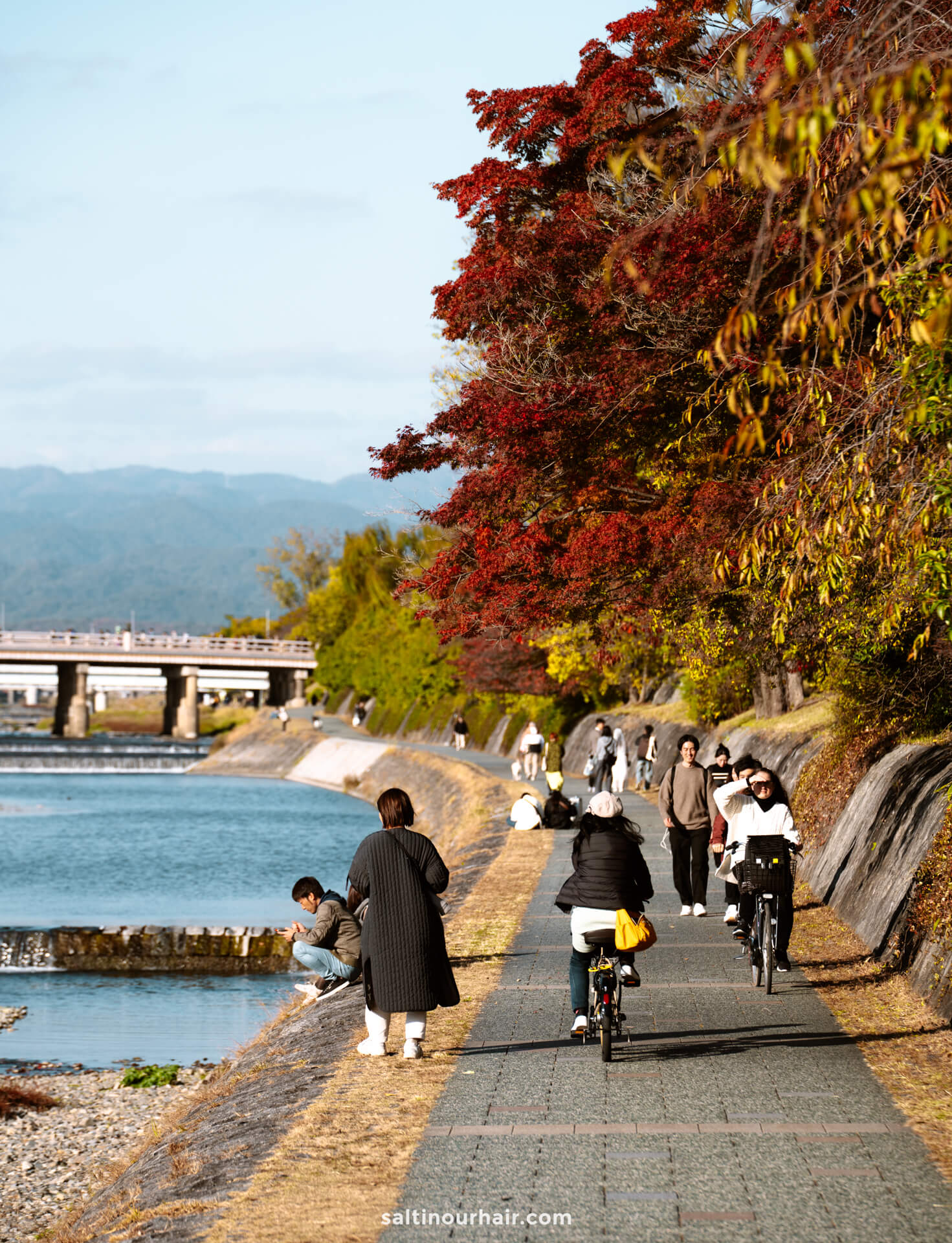
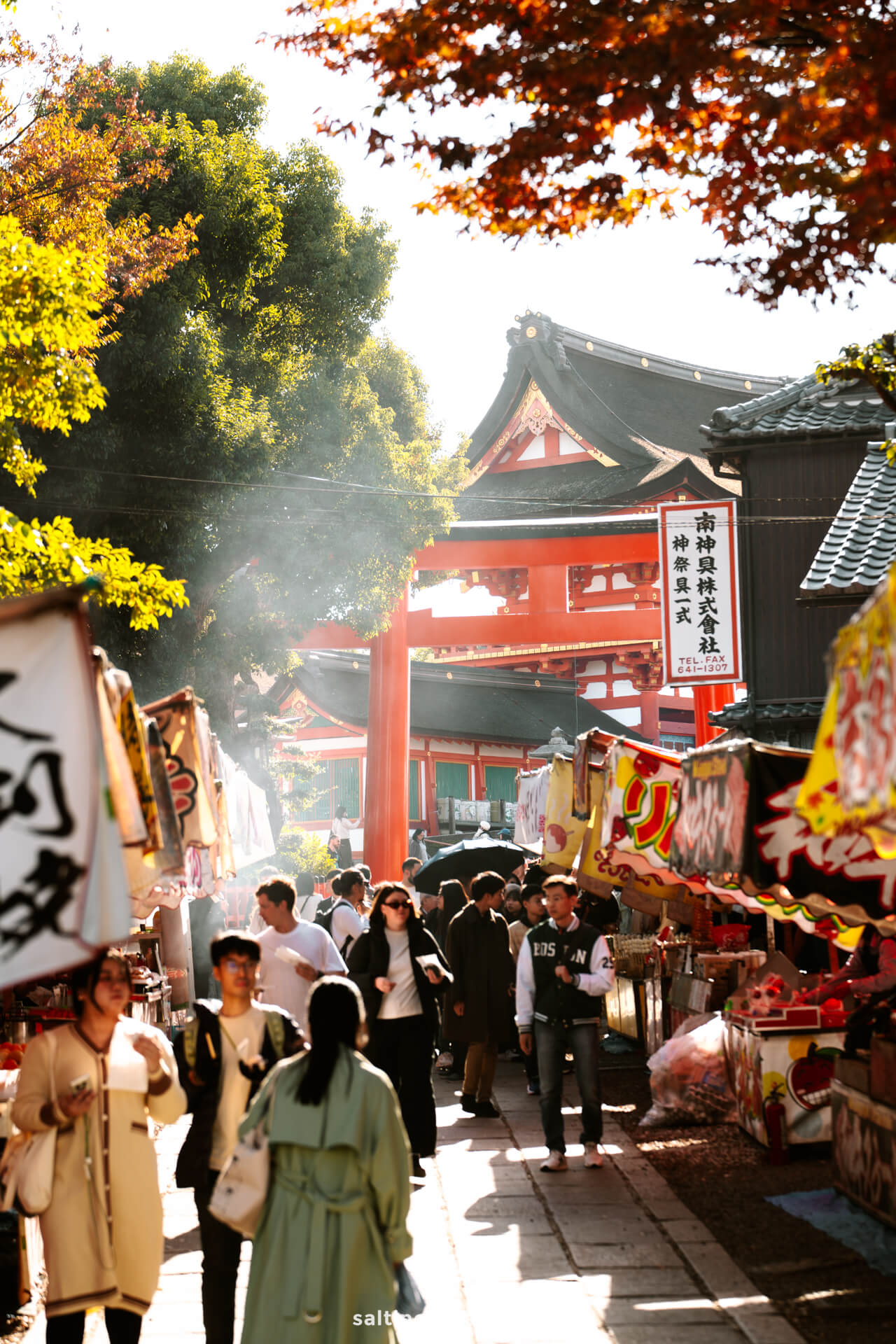
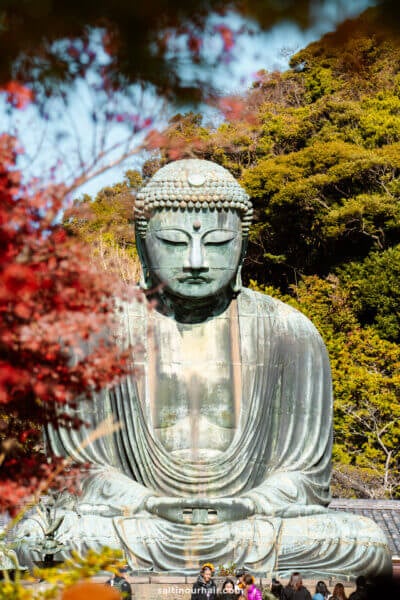


What boot did you wear in Japan and are they comfortable for all day walking?
Hi Mimi, they are quite old from Asos (no shoe brand) but yes they are def comfi. x Hannah